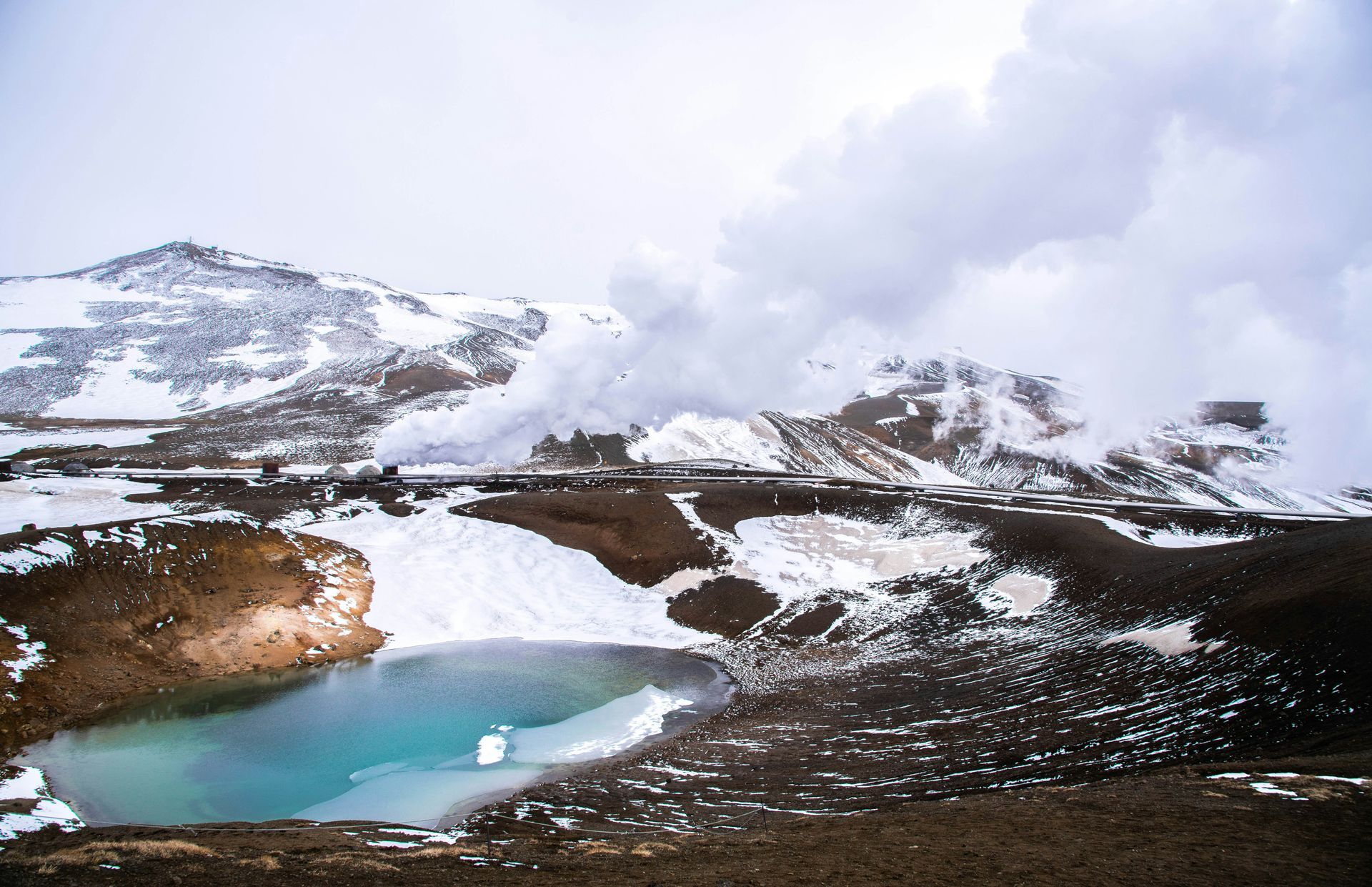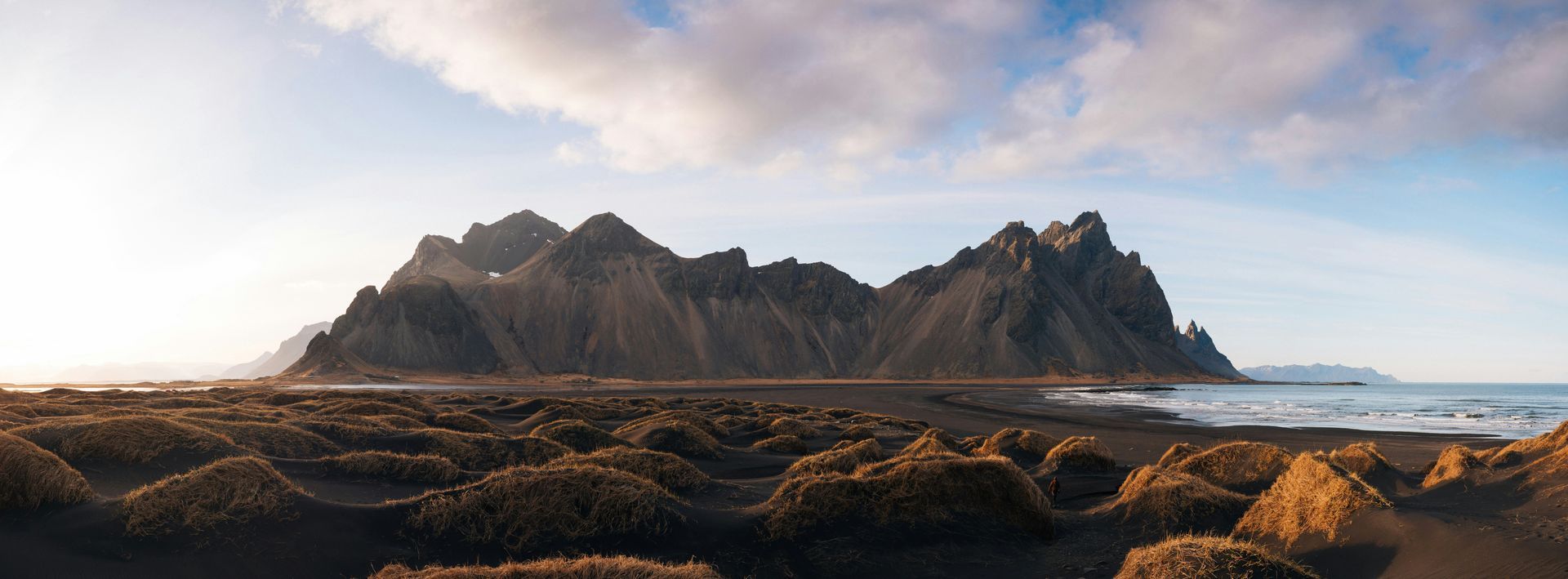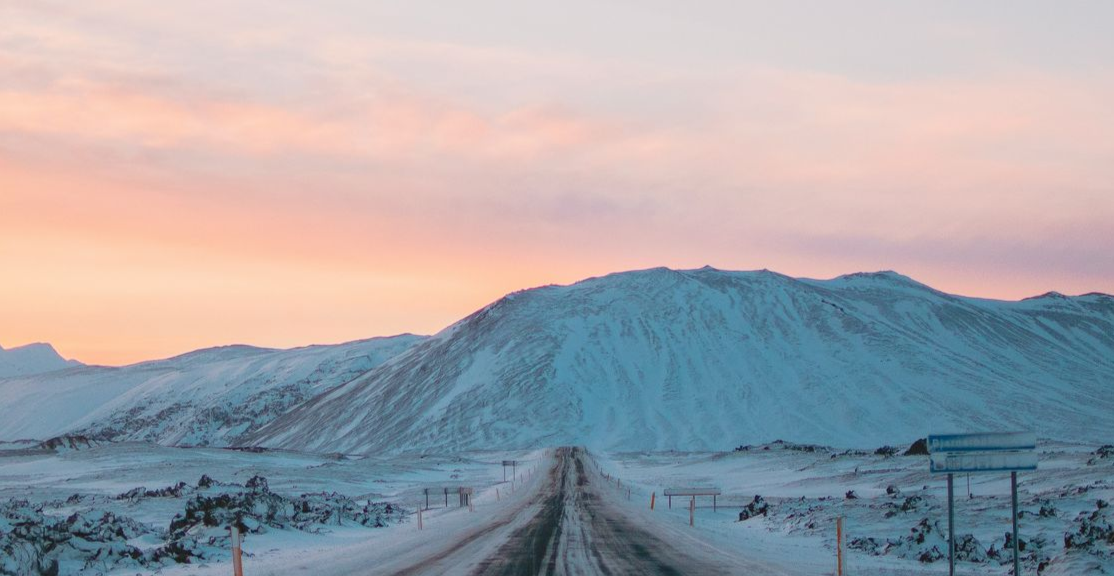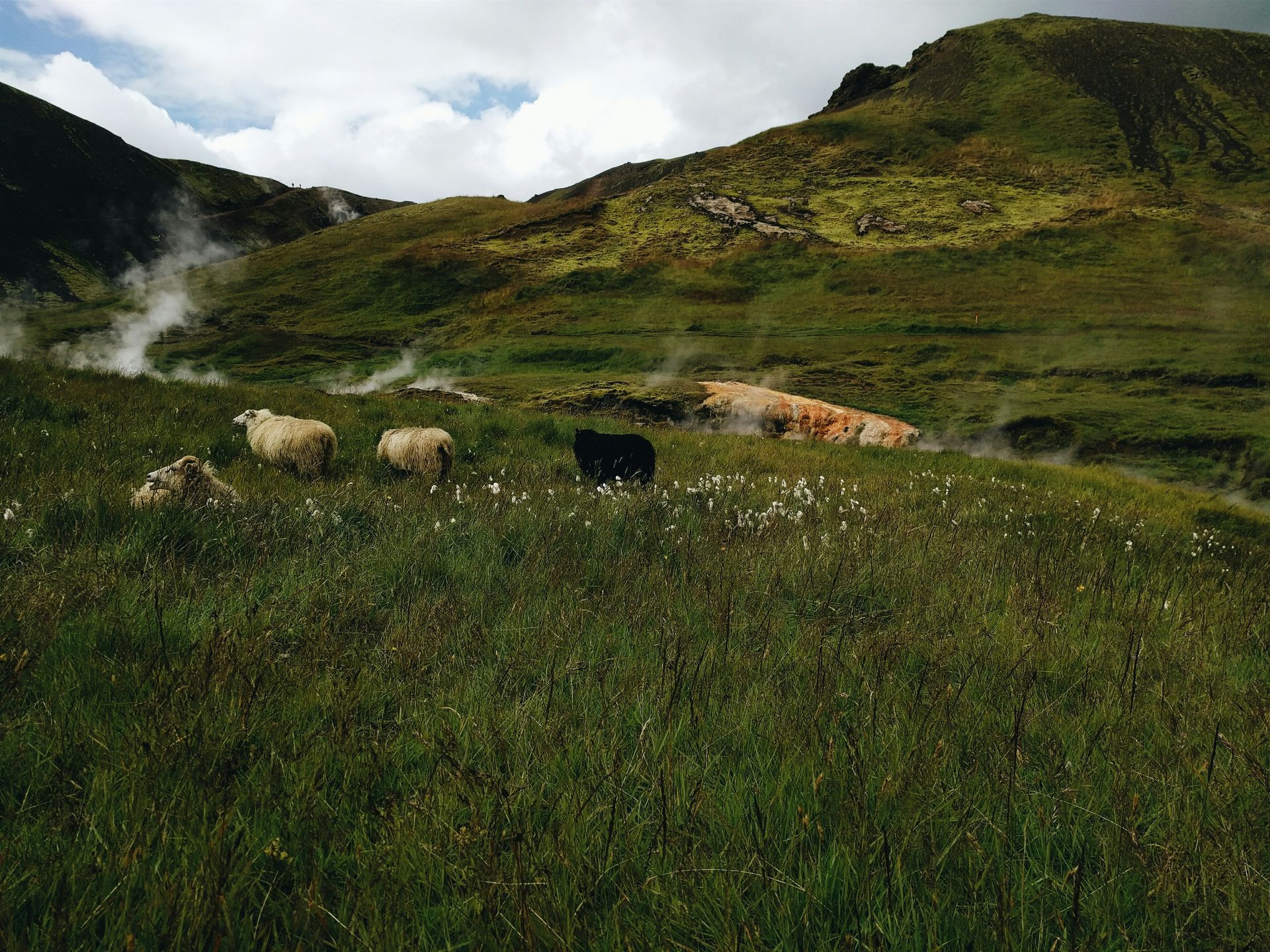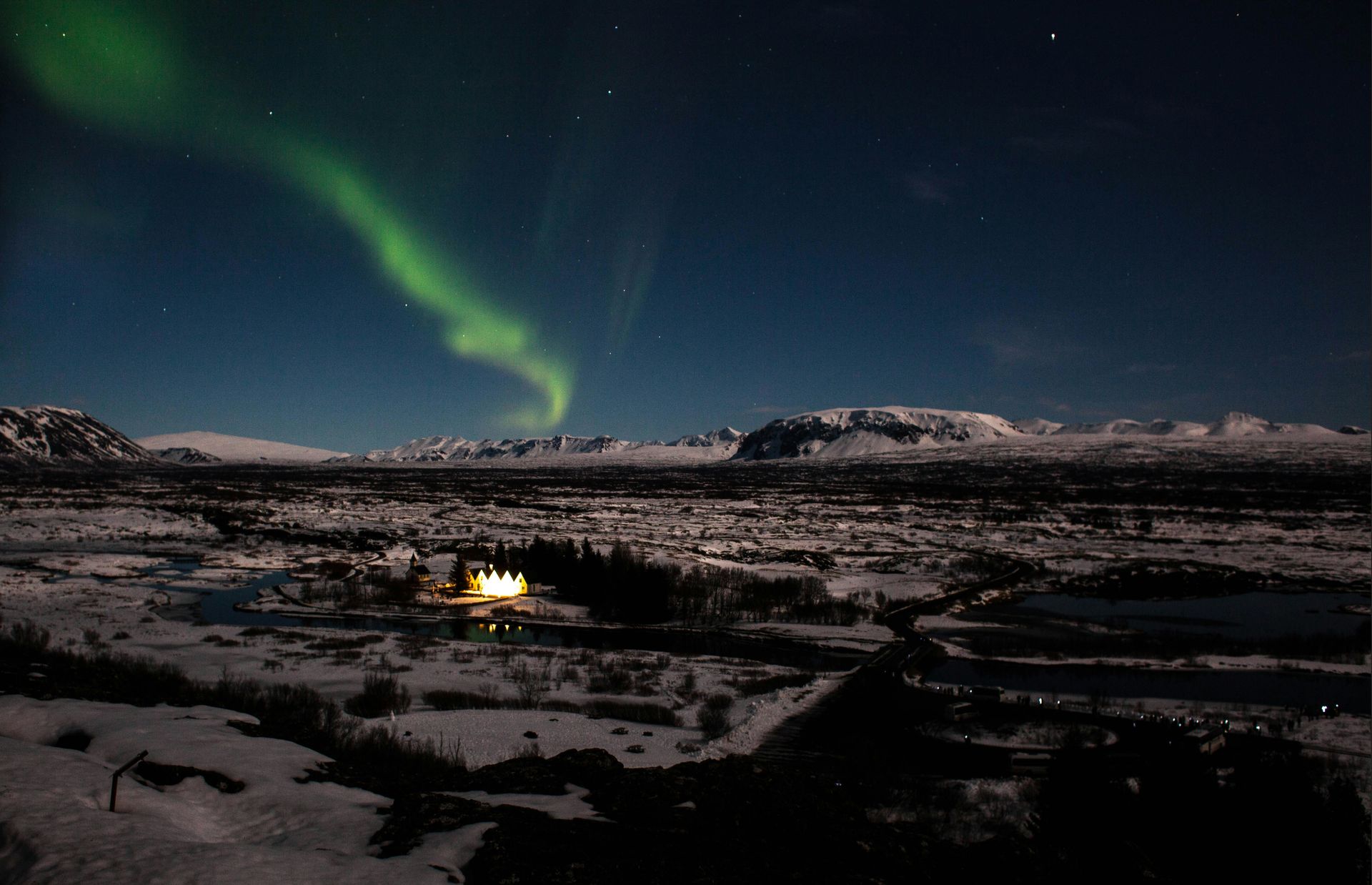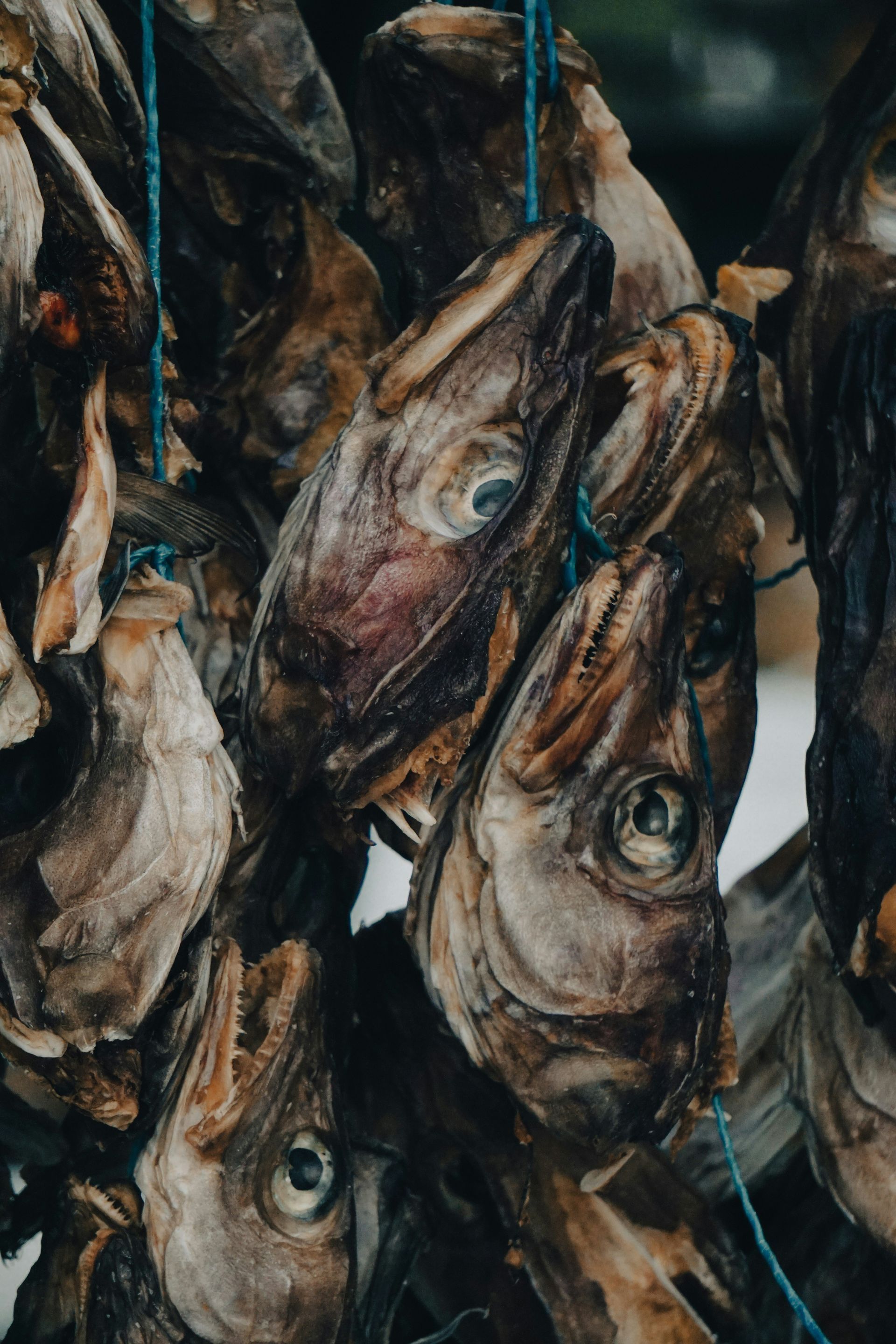Iceland
Iceland is a land of dramatic contrasts, where fire and ice coexist in breathtaking harmony. Known for its otherworldly landscapes, from towering glaciers and thundering waterfalls to active volcanoes and black sand beaches, the country offers a truly unique escape into nature’s raw beauty. Rich in Norse heritage and folklore, Iceland also captivates with its vibrant culture, geothermal hot springs, and warm hospitality, making it a destination that feels both adventurous and deeply welcoming.
Iceland
Iceland is a land of dramatic contrasts, where fire and ice coexist in breathtaking harmony. Known for its otherworldly landscapes, from towering glaciers and thundering waterfalls to active volcanoes and black sand beaches, the country offers a truly unique escape into nature’s raw beauty. Rich in Norse heritage and folklore, Iceland also captivates with its vibrant culture, geothermal hot springs, and warm hospitality, making it a destination that feels both adventurous and deeply welcoming.
Why Iceland?
Iceland is a destination that draws travelers with its stunning natural wonders, rich traditions, and sense of adventure. From the dazzling Northern Lights and endless summer days under the Midnight Sun to geothermal lagoons and dramatic volcanic landscapes, it offers experiences unlike anywhere else. Visitors are also enchanted by its strong cultural heritage, where storytelling, music, and folklore remain deeply alive. Whether seeking thrilling outdoor exploration or a peaceful retreat in untouched nature, Iceland promises unforgettable memories.
Land of Fire and Ice.
Known as the Land of Fire and Ice, Iceland lives up to its name with a striking contrast of natural elements. Towering glaciers and powerful waterfalls share the landscape with active volcanoes, bubbling hot springs, and steaming geysers. This rare balance of extremes creates a destination where you can walk across lava fields in the morning, soak in a geothermal lagoon by afternoon, and marvel at ice caves or northern skies by evening. It is a place where nature’s raw power and beauty are always on display.
Why Iceland?
Iceland is a destination that draws travelers with its stunning natural wonders, rich traditions, and sense of adventure. From the dazzling Northern Lights and endless summer days under the Midnight Sun to geothermal lagoons and dramatic volcanic landscapes, it offers experiences unlike anywhere else. Visitors are also enchanted by its strong cultural heritage, where storytelling, music, and folklore remain deeply alive. Whether seeking thrilling outdoor exploration or a peaceful retreat in untouched nature, Iceland promises unforgettable memories.
Land of Fire and Ice.
Known as the Land of Fire and Ice, Iceland lives up to its name with a striking contrast of natural elements. Towering glaciers and powerful waterfalls share the landscape with active volcanoes, bubbling hot springs, and steaming geysers. This rare balance of extremes creates a destination where you can walk across lava fields in the morning, soak in a geothermal lagoon by afternoon, and marvel at ice caves or northern skies by evening. It is a place where nature’s raw power and beauty are always on display.
Featured Itineraries
Iceland Circle
Iceland Travel Self Drive Tour
Iceland Fire & Ice
Tauck Cruise
The Icelandic Culture
Iceland’s culture is deeply rooted in its Viking heritage, shaped by centuries of storytelling, sagas, and strong community traditions. Despite its small population, Iceland has a thriving artistic scene, with music, literature, and visual arts playing a central role in daily life. The Icelandic language, closely tied to the ancient Norse tongue, remains a proud cultural cornerstone, preserving the history and identity of the nation. Festivals, folklore, and a deep respect for nature highlight a culture that blends old-world traditions with modern creativity and innovation.
Wool & Crafts
Wool and crafts hold a special place in Icelandic culture, with traditions passed down through generations. The most iconic example is the lopapeysa, a hand-knitted wool sweater featuring distinctive circular patterns that reflect Iceland’s natural landscapes and heritage. Beyond clothing, Icelandic wool is prized for its warmth and durability, making it an essential part of life in a harsh climate. Local artisans also create intricate crafts, from ceramics to woodwork, that celebrate both functionality and artistry, showcasing the Icelandic talent for blending practicality with beauty.
Sagas & Literature
Iceland is world-renowned for its sagas and literature, which form a cornerstone of its cultural identity. The medieval Icelandic sagas, written in the 13th and 14th centuries, recount epic tales of Viking heroes, family feuds, and legendary journeys, preserving the island’s rich history and mythology. These works are considered some of the greatest contributions to world literature and continue to inspire modern writers. Today, Iceland has one of the highest rates of authors per capita, and literature remains a vibrant part of daily life, with storytelling deeply woven into the nation’s heritage.
Viking Roots
Iceland’s Viking roots are central to its history and cultural identity. Settled by Norse explorers in the 9th century, the island became home to a society that valued independence, storytelling, and strong community ties. Traces of this Viking heritage can still be seen in traditions, festivals, and the Icelandic language, which remains closely related to Old Norse. From the legendary sagas that recount the lives of early settlers to preserved archaeological sites, Iceland proudly carries forward the spirit of its Viking ancestors, blending ancient customs with modern life.
The Icelandic Culture
Iceland’s culture is deeply rooted in its Viking heritage, shaped by centuries of storytelling, sagas, and strong community traditions. Despite its small population, Iceland has a thriving artistic scene, with music, literature, and visual arts playing a central role in daily life. The Icelandic language, closely tied to the ancient Norse tongue, remains a proud cultural cornerstone, preserving the history and identity of the nation. Festivals, folklore, and a deep respect for nature highlight a culture that blends old-world traditions with modern creativity and innovation.
Wool & Crafts
Wool and crafts hold a special place in Icelandic culture, with traditions passed down through generations. The most iconic example is the lopapeysa, a hand-knitted wool sweater featuring distinctive circular patterns that reflect Iceland’s natural landscapes and heritage. Beyond clothing, Icelandic wool is prized for its warmth and durability, making it an essential part of life in a harsh climate. Local artisans also create intricate crafts, from ceramics to woodwork, that celebrate both functionality and artistry, showcasing the Icelandic talent for blending practicality with beauty.
Sagas & Literature
Iceland is world-renowned for its sagas and literature, which form a cornerstone of its cultural identity. The medieval Icelandic sagas, written in the 13th and 14th centuries, recount epic tales of Viking heroes, family feuds, and legendary journeys, preserving the island’s rich history and mythology. These works are considered some of the greatest contributions to world literature and continue to inspire modern writers. Today, Iceland has one of the highest rates of authors per capita, and literature remains a vibrant part of daily life, with storytelling deeply woven into the nation’s heritage.
Viking Roots
Iceland’s Viking roots are central to its history and cultural identity. Settled by Norse explorers in the 9th century, the island became home to a society that valued independence, storytelling, and strong community ties. Traces of this Viking heritage can still be seen in traditions, festivals, and the Icelandic language, which remains closely related to Old Norse. From the legendary sagas that recount the lives of early settlers to preserved archaeological sites, Iceland proudly carries forward the spirit of its Viking ancestors, blending ancient customs with modern life.
The Icelandic Culture
Iceland’s culture is deeply rooted in its Viking heritage, shaped by centuries of storytelling, sagas, and strong community traditions. Despite its small population, Iceland has a thriving artistic scene, with music, literature, and visual arts playing a central role in daily life. The Icelandic language, closely tied to the ancient Norse tongue, remains a proud cultural cornerstone, preserving the history and identity of the nation. Festivals, folklore, and a deep respect for nature highlight a culture that blends old-world traditions with modern creativity and innovation.
Wool & Crafts
Wool and crafts hold a special place in Icelandic culture, with traditions passed down through generations. The most iconic example is the lopapeysa, a hand-knitted wool sweater featuring distinctive circular patterns that reflect Iceland’s natural landscapes and heritage. Beyond clothing, Icelandic wool is prized for its warmth and durability, making it an essential part of life in a harsh climate. Local artisans also create intricate crafts, from ceramics to woodwork, that celebrate both functionality and artistry, showcasing the Icelandic talent for blending practicality with beauty.
Sagas & Literature
Iceland is world-renowned for its sagas and literature, which form a cornerstone of its cultural identity. The medieval Icelandic sagas, written in the 13th and 14th centuries, recount epic tales of Viking heroes, family feuds, and legendary journeys, preserving the island’s rich history and mythology. These works are considered some of the greatest contributions to world literature and continue to inspire modern writers. Today, Iceland has one of the highest rates of authors per capita, and literature remains a vibrant part of daily life, with storytelling deeply woven into the nation’s heritage.
Viking Roots
Iceland’s Viking roots are central to its history and cultural identity. Settled by Norse explorers in the 9th century, the island became home to a society that valued independence, storytelling, and strong community ties. Traces of this Viking heritage can still be seen in traditions, festivals, and the Icelandic language, which remains closely related to Old Norse. From the legendary sagas that recount the lives of early settlers to preserved archaeological sites, Iceland proudly carries forward the spirit of its Viking ancestors, blending ancient customs with modern life.
Featured Destinations

Slide title
Reykjavík
Button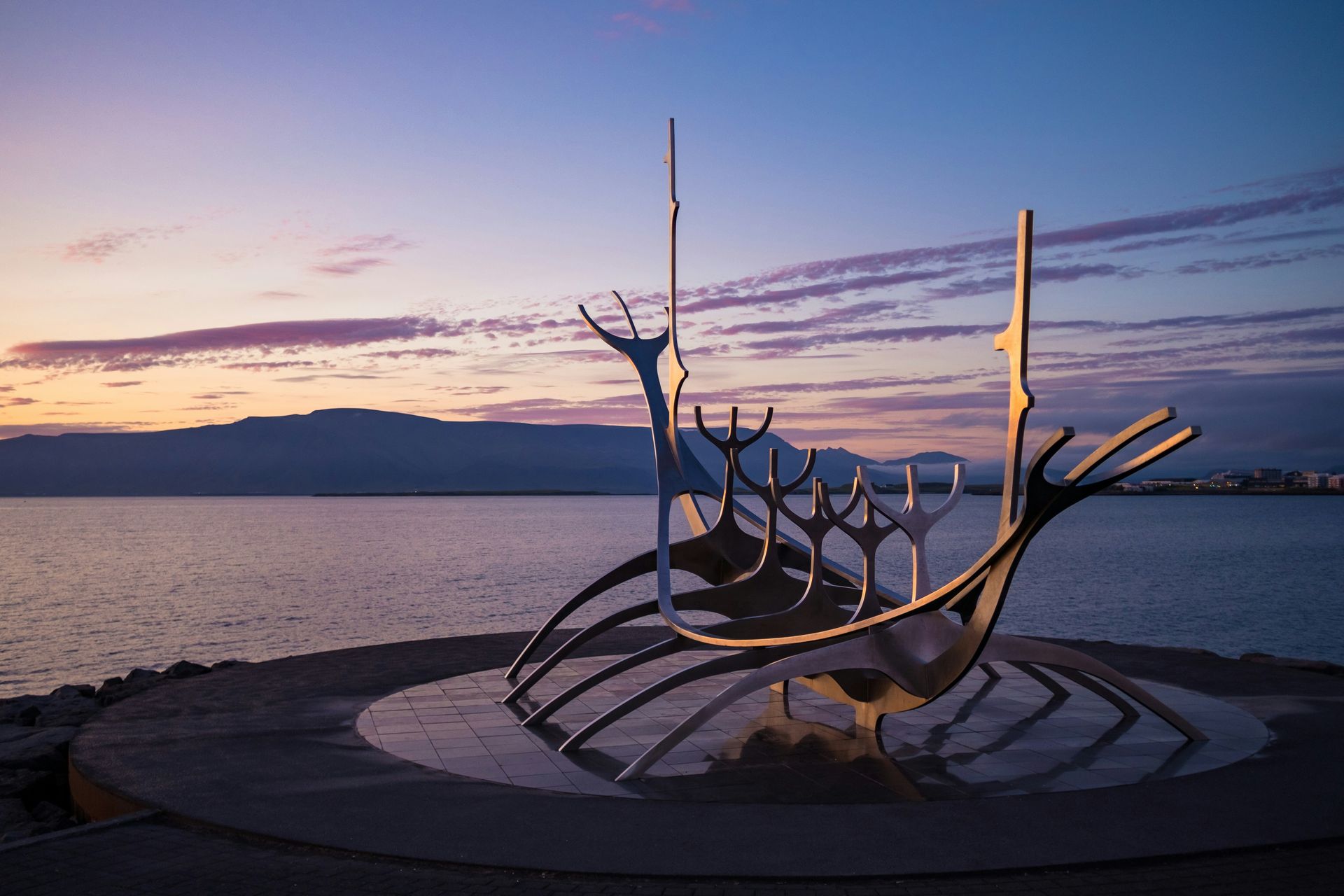
Slide title
Reykjavík
Button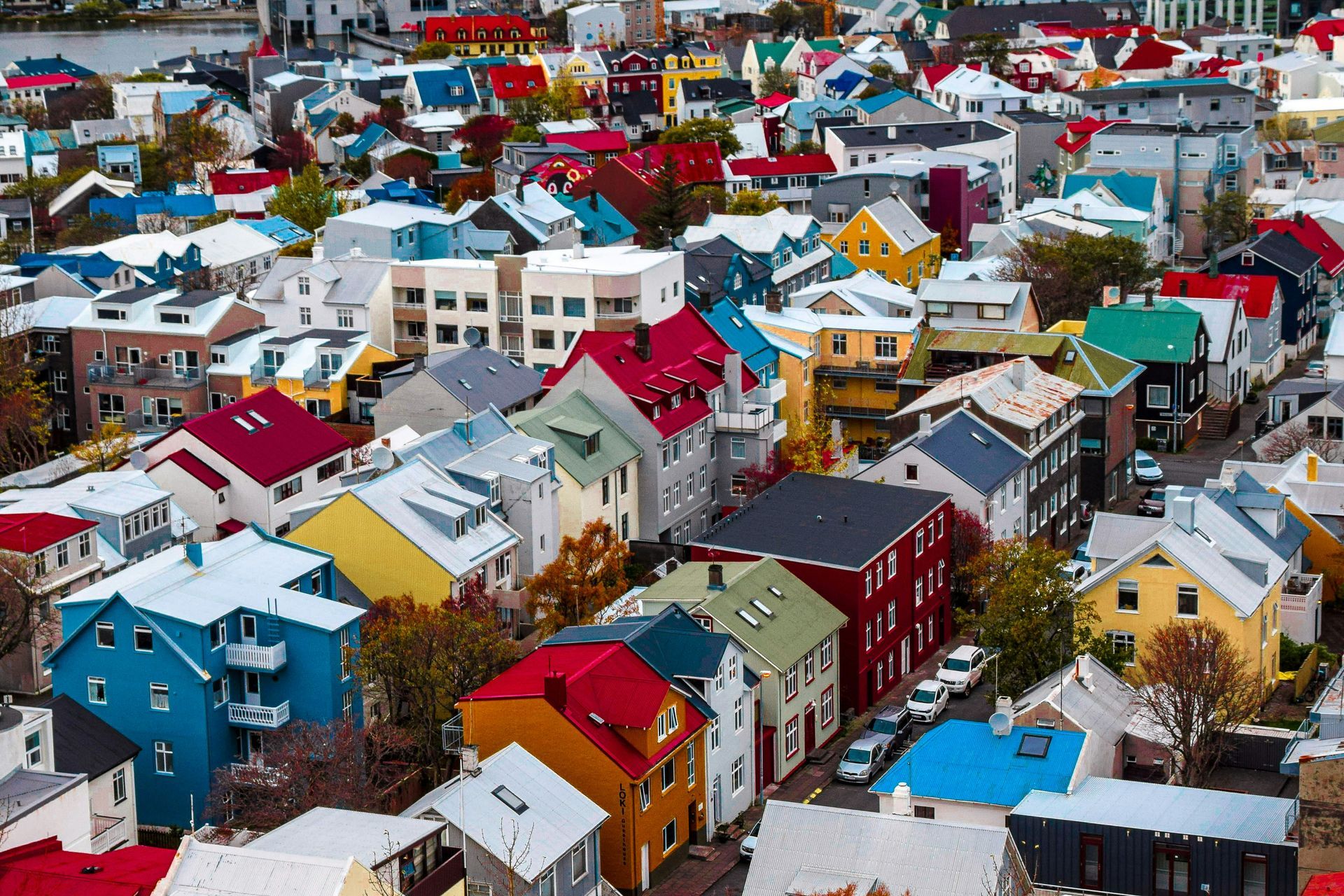
Slide title
Reykjavík
Button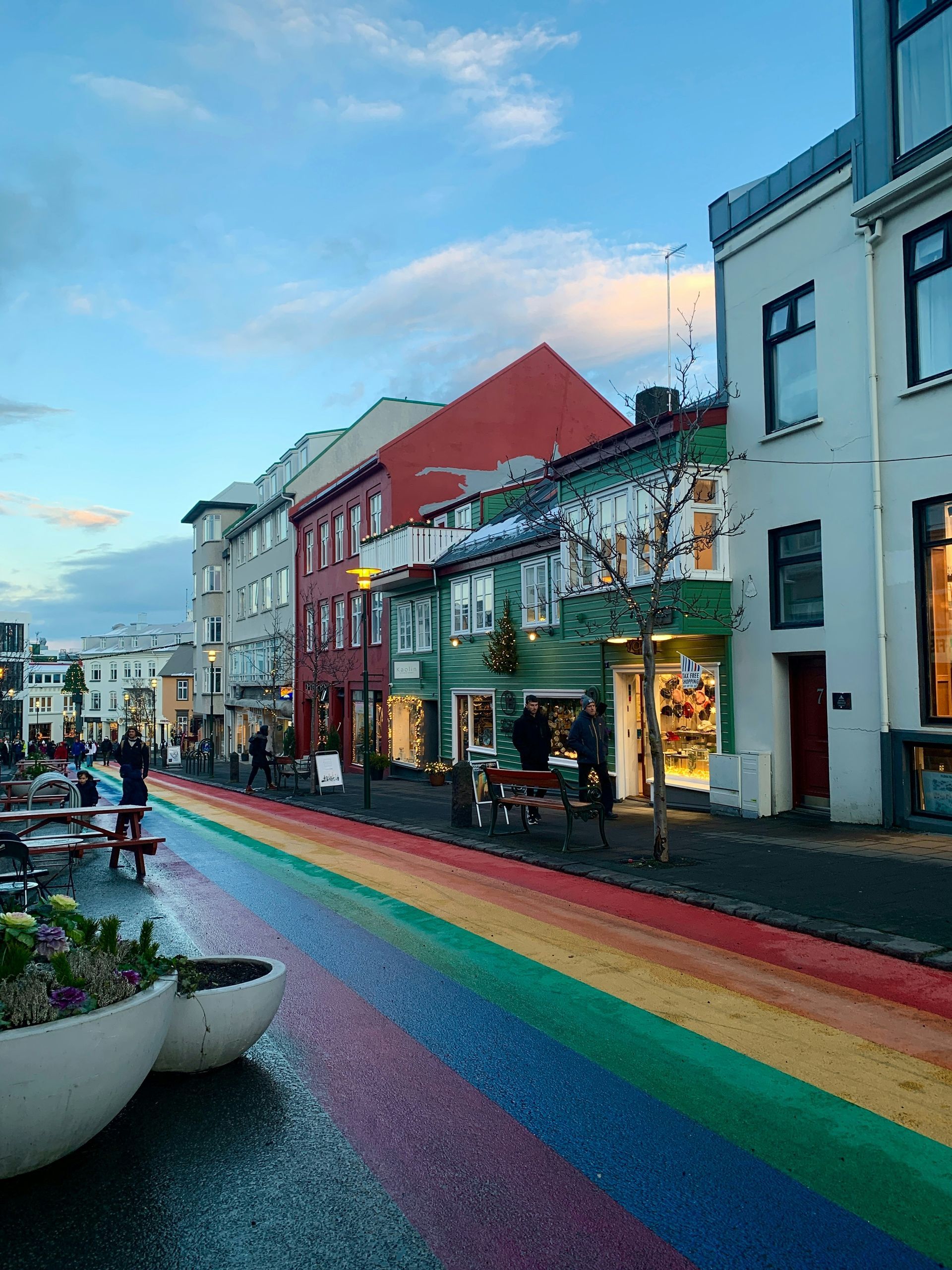
Slide title
Reykjavík
Button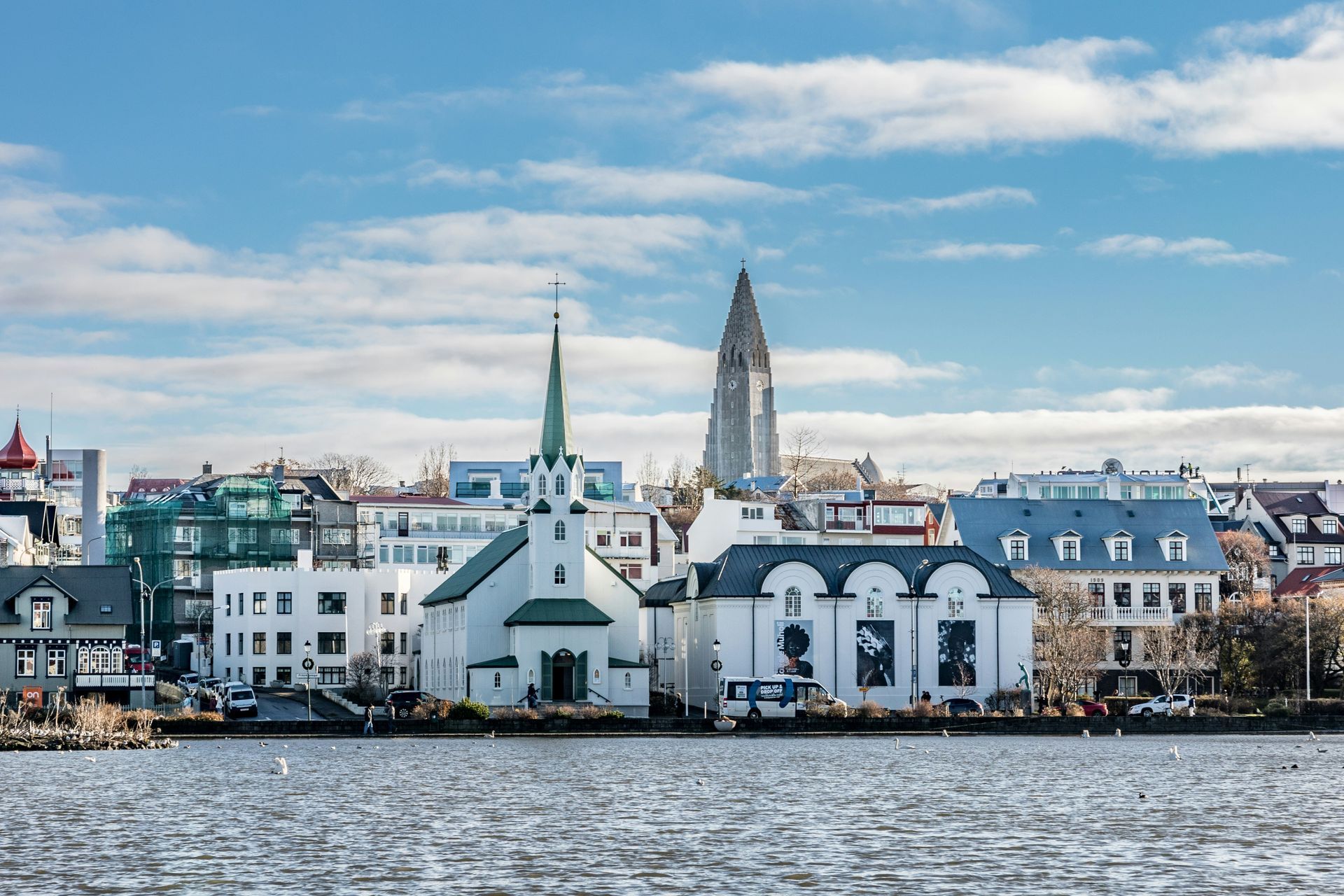
Slide title
Reykjavík
Button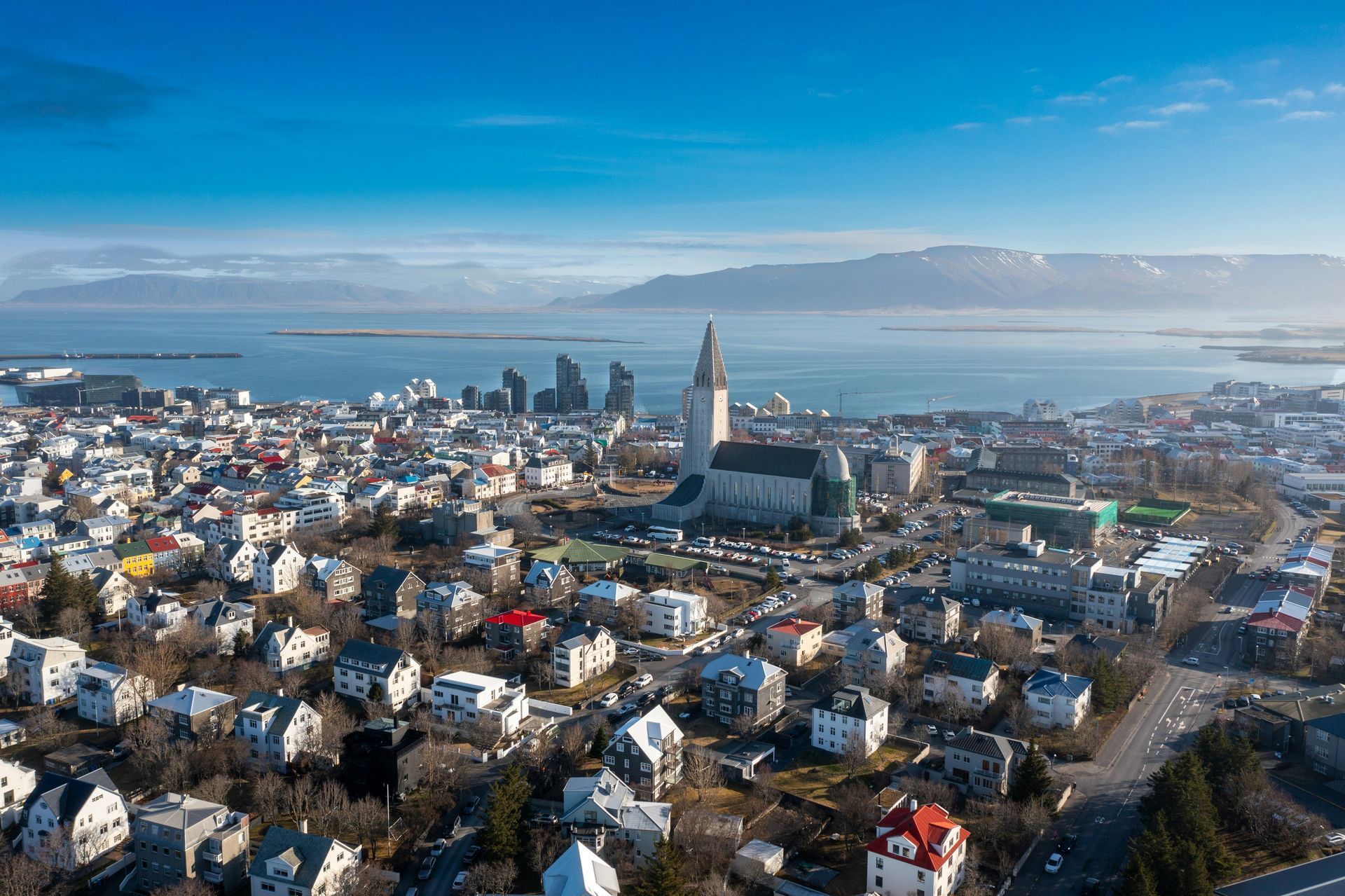
Slide title
Reykjavík
Button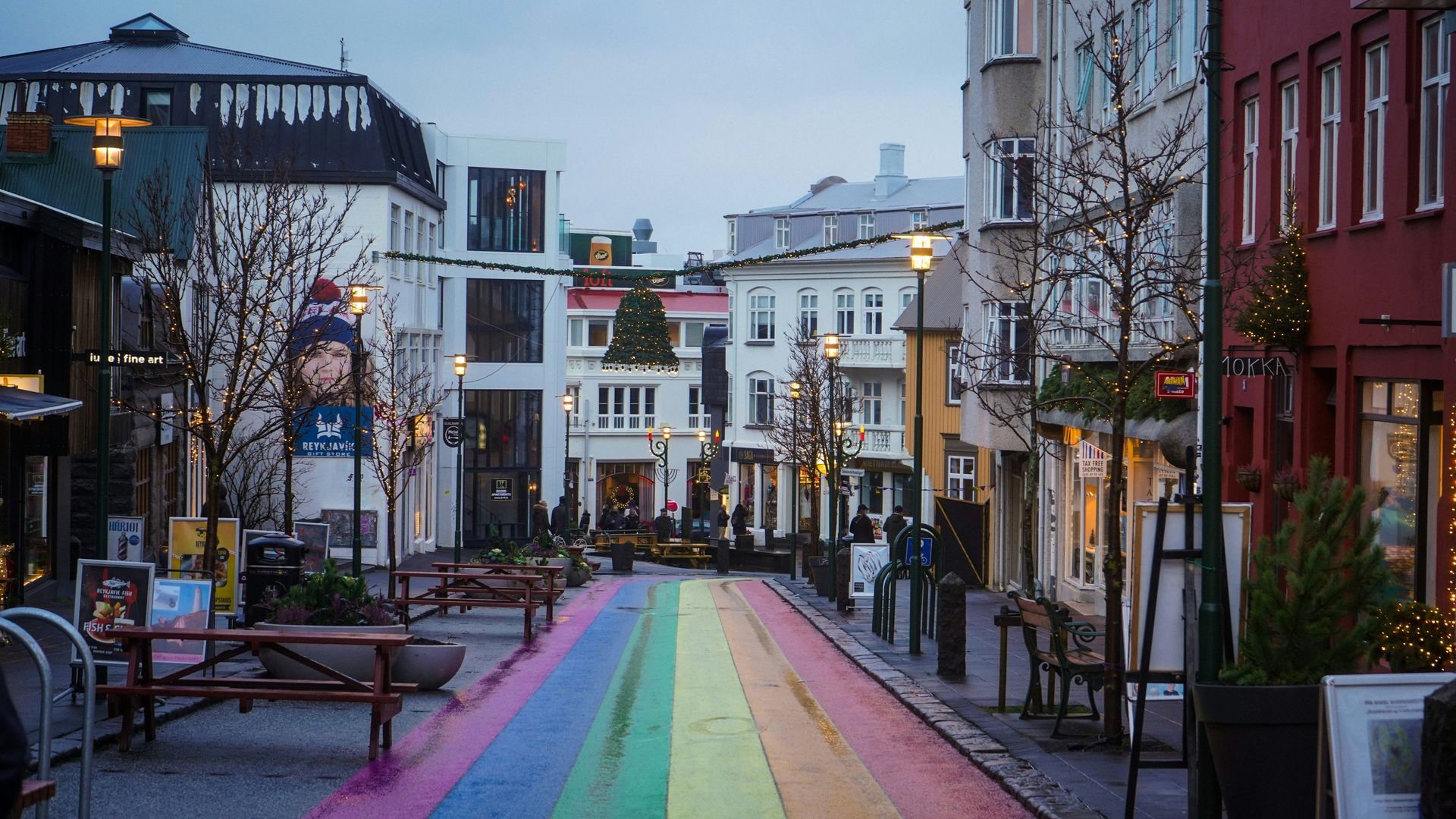
Slide title
Reykjavík
Button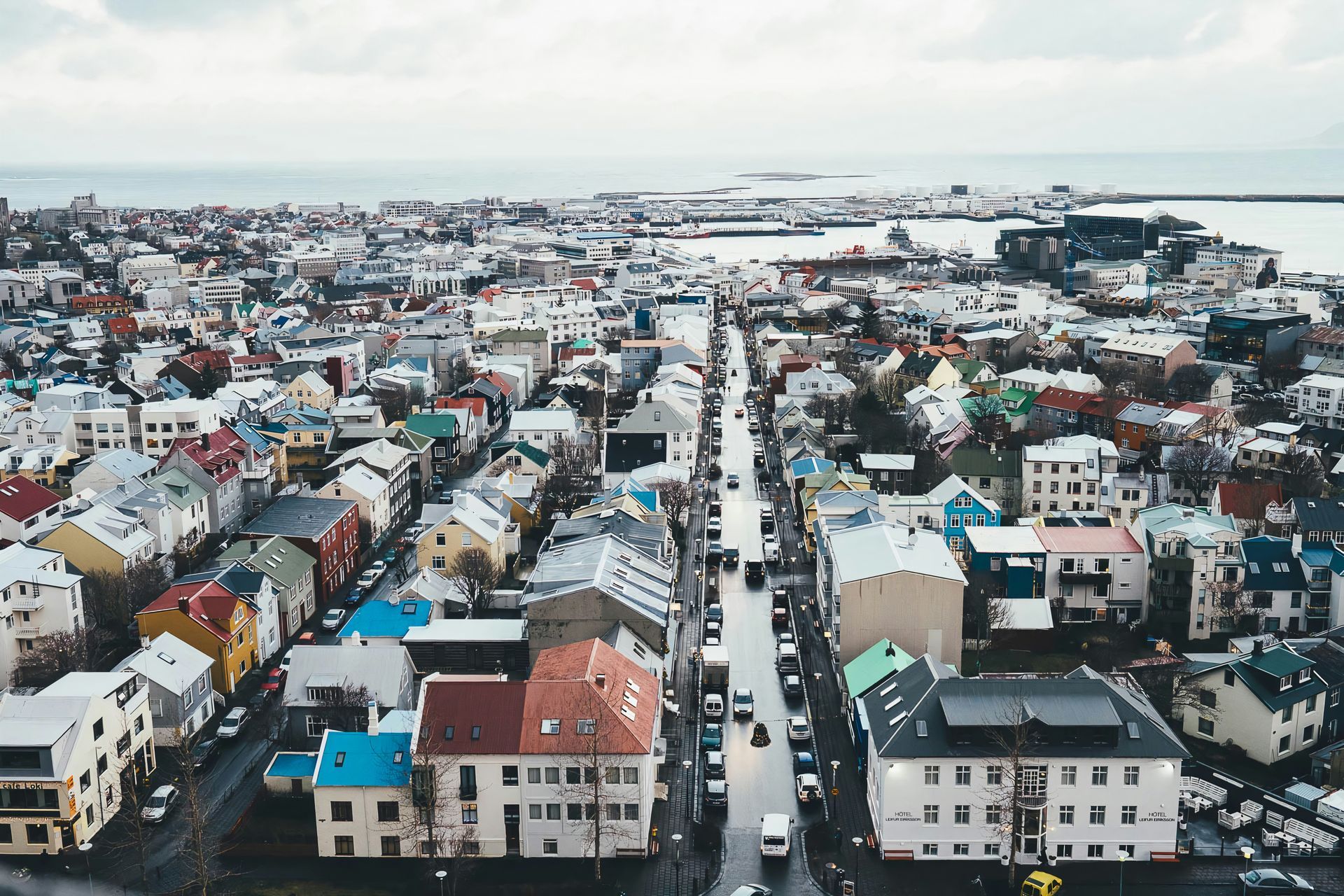
Slide title
Reykjavík
Button
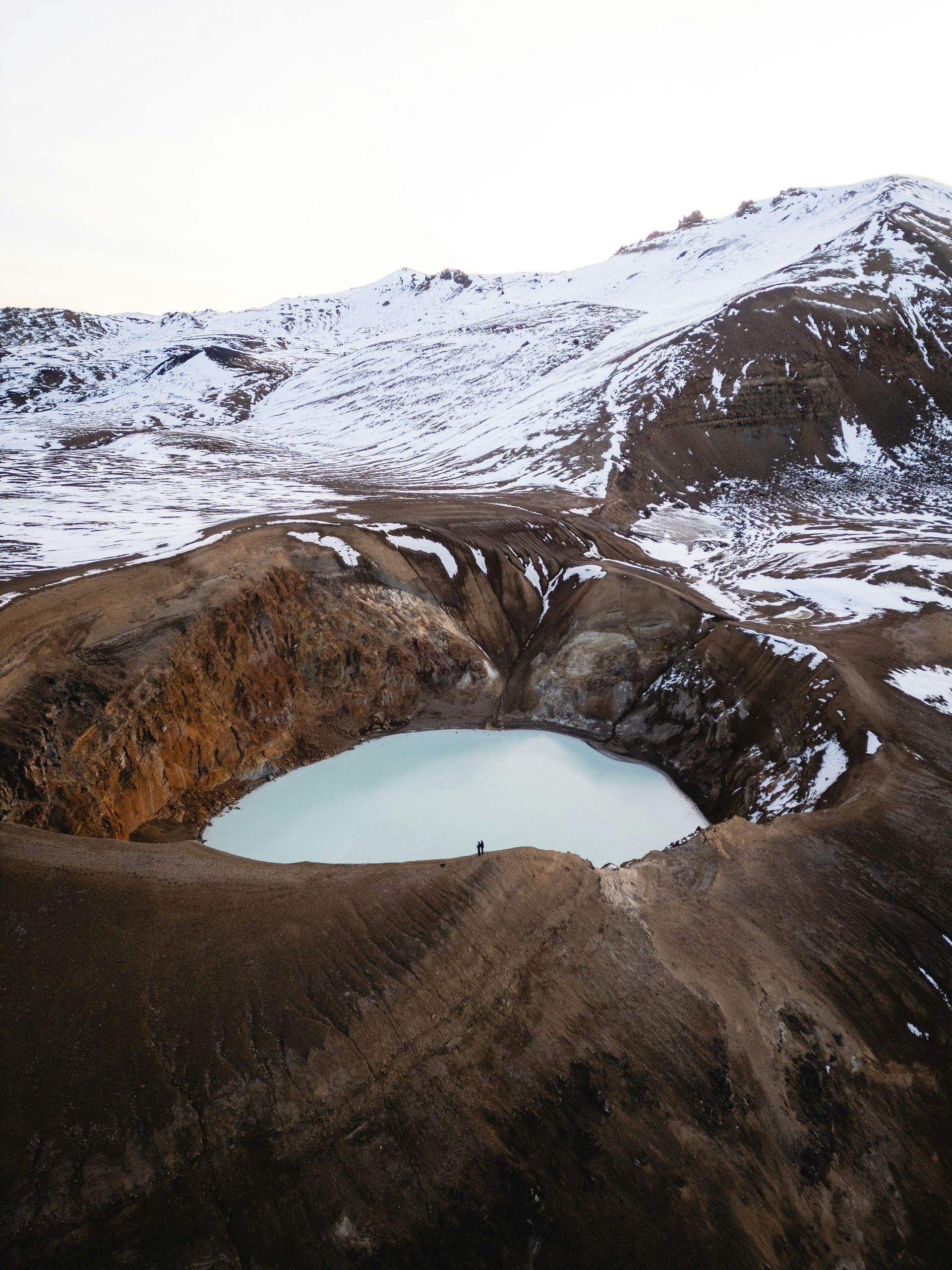
Slide title
Vatnajökull
Button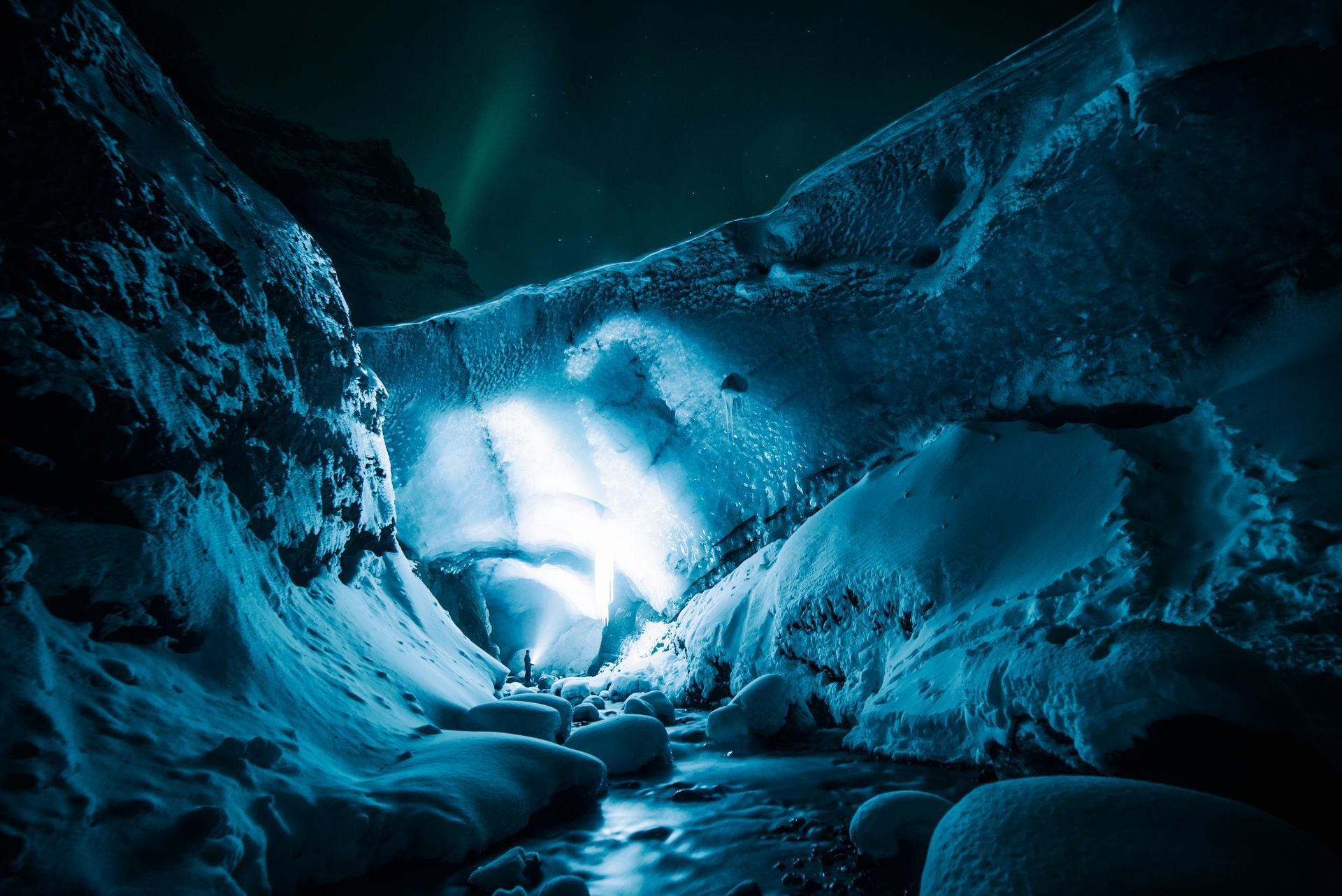
Slide title
Vatnajökull
Button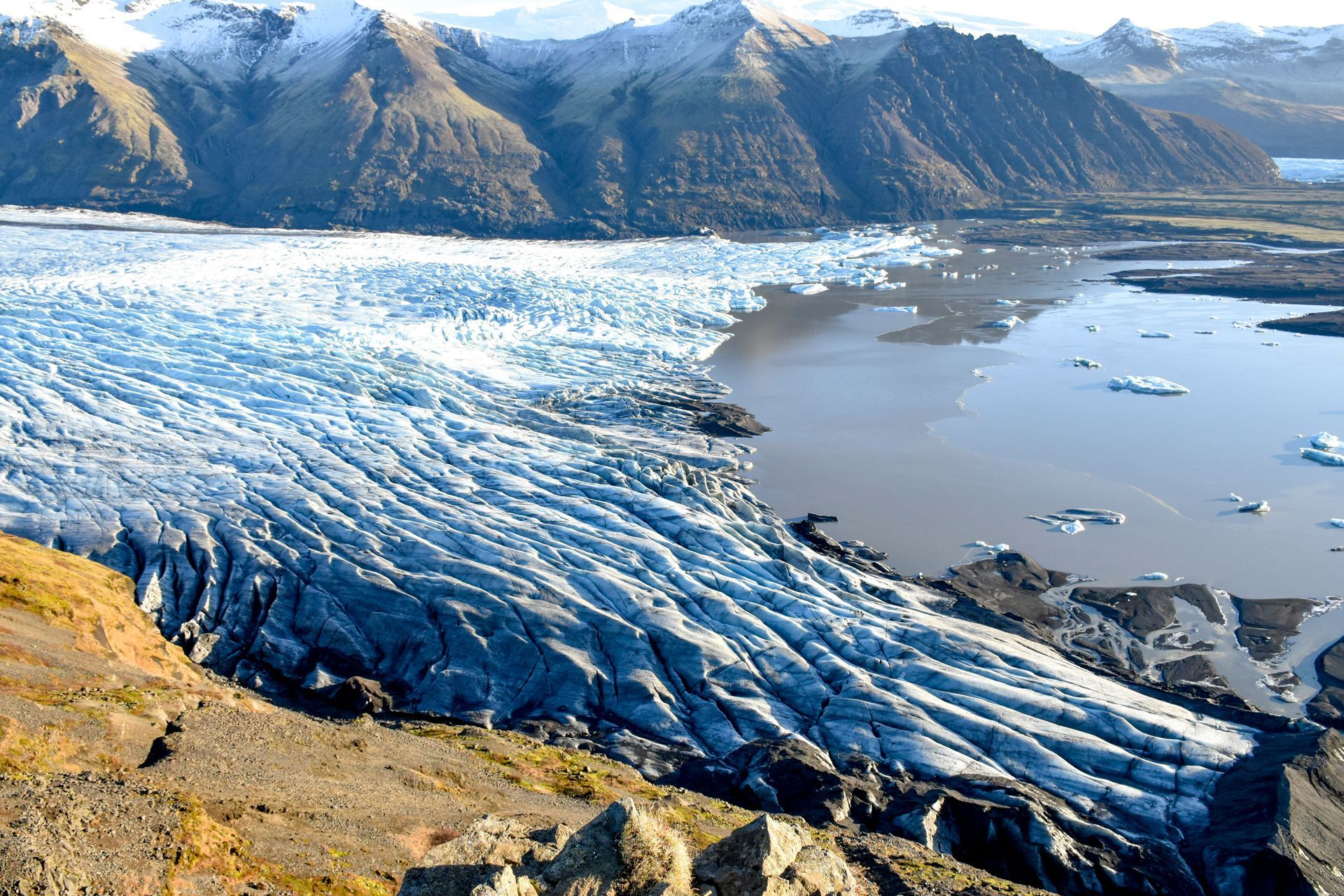
Slide title
Vatnajökull
Button
Slide title
Vatnajökull
Button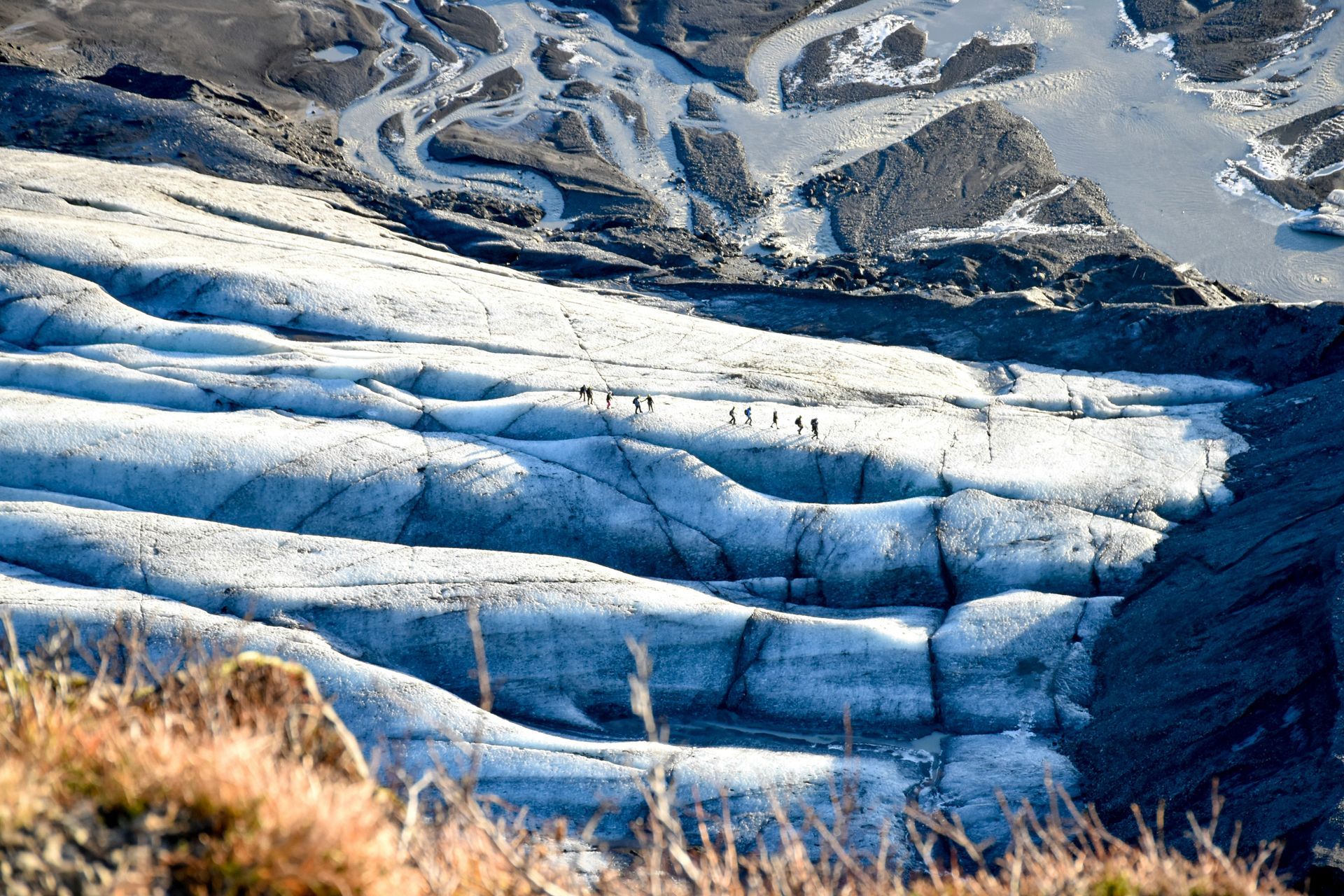
Slide title
Vatnajökull
Button
Slide title
Vatnajökull
Button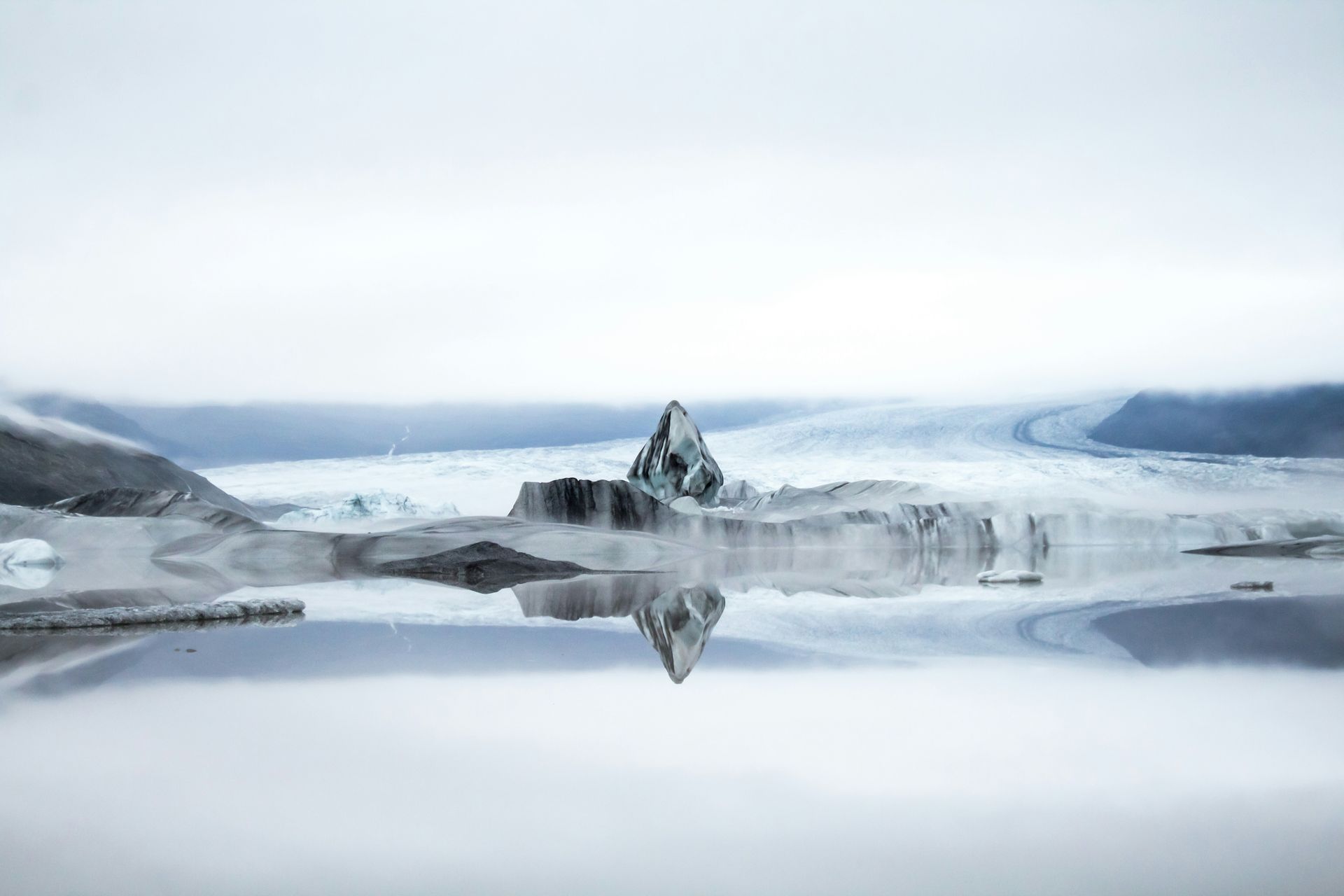
Slide title
Vatnajökull
Button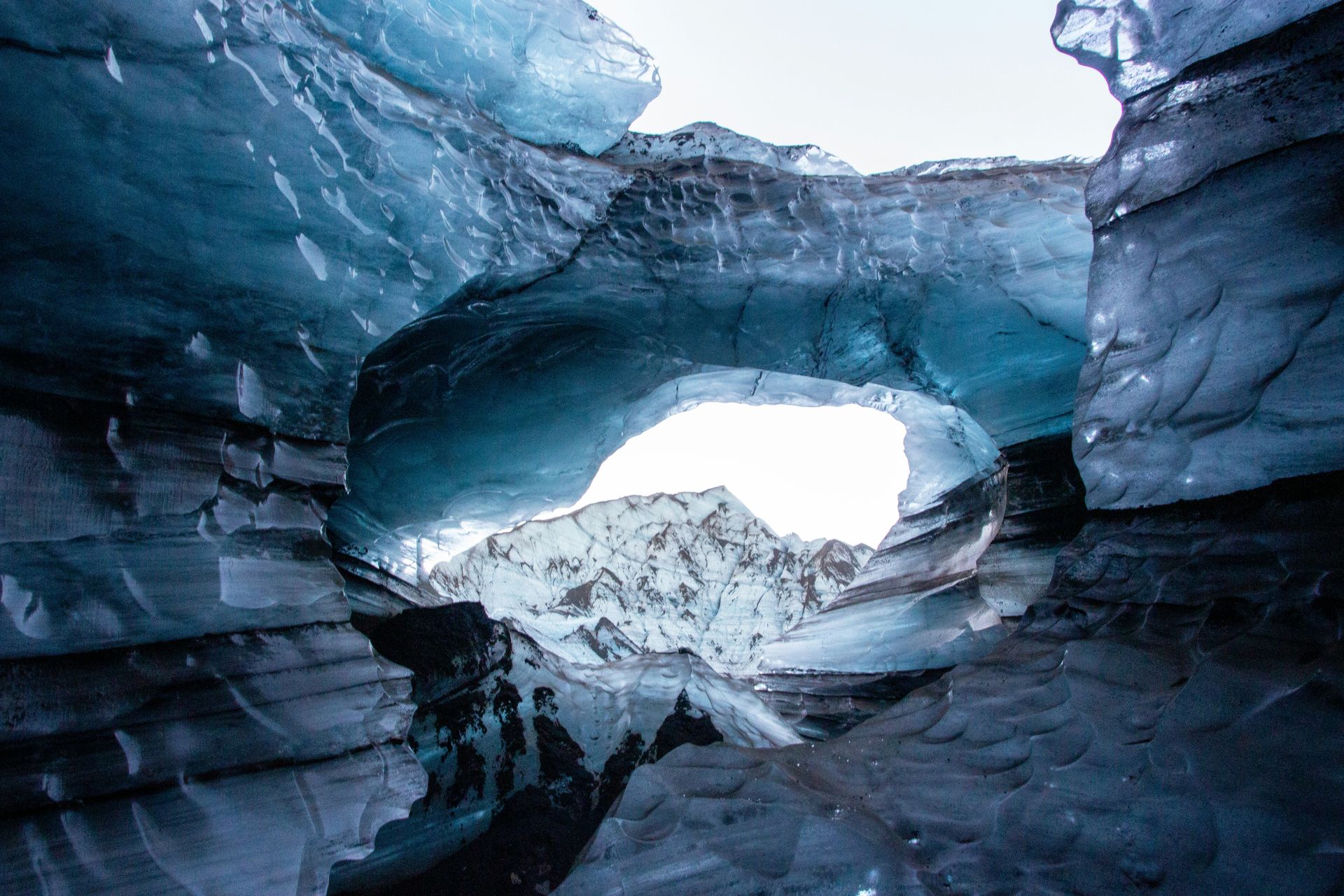
Slide title
Vatnajökull
Button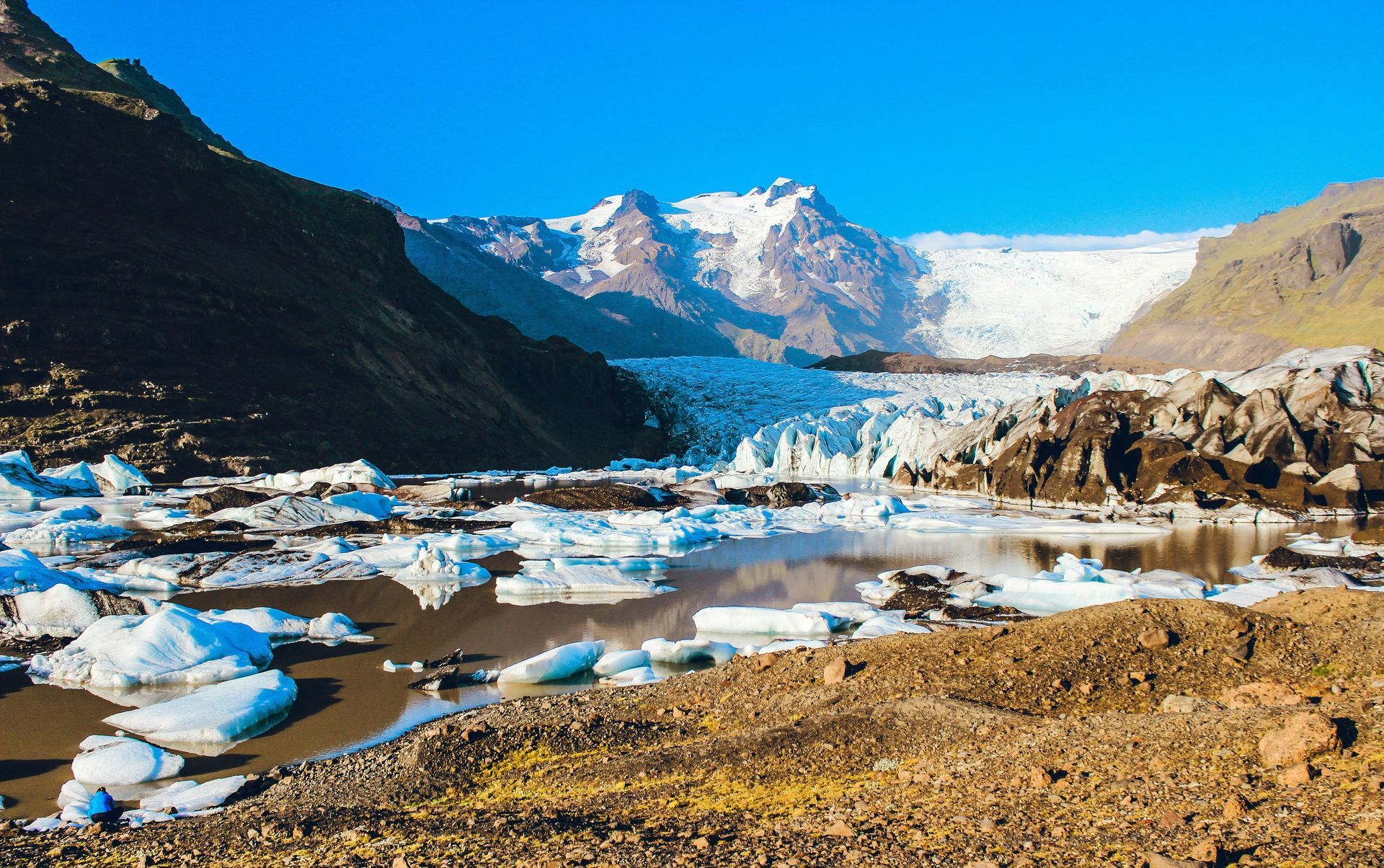
Slide title
Vatnajökull
Button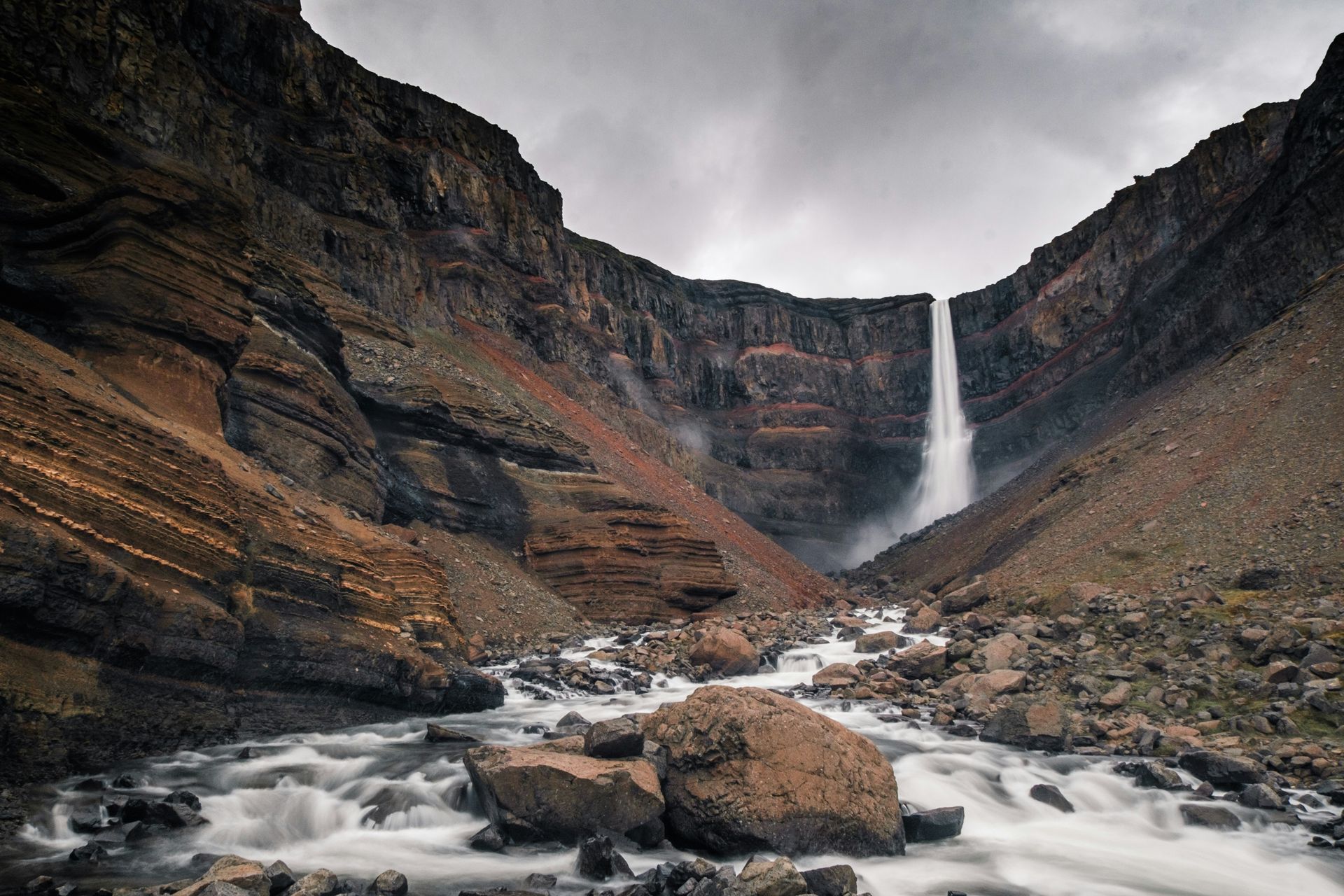
Slide title
Vatnajökull
Button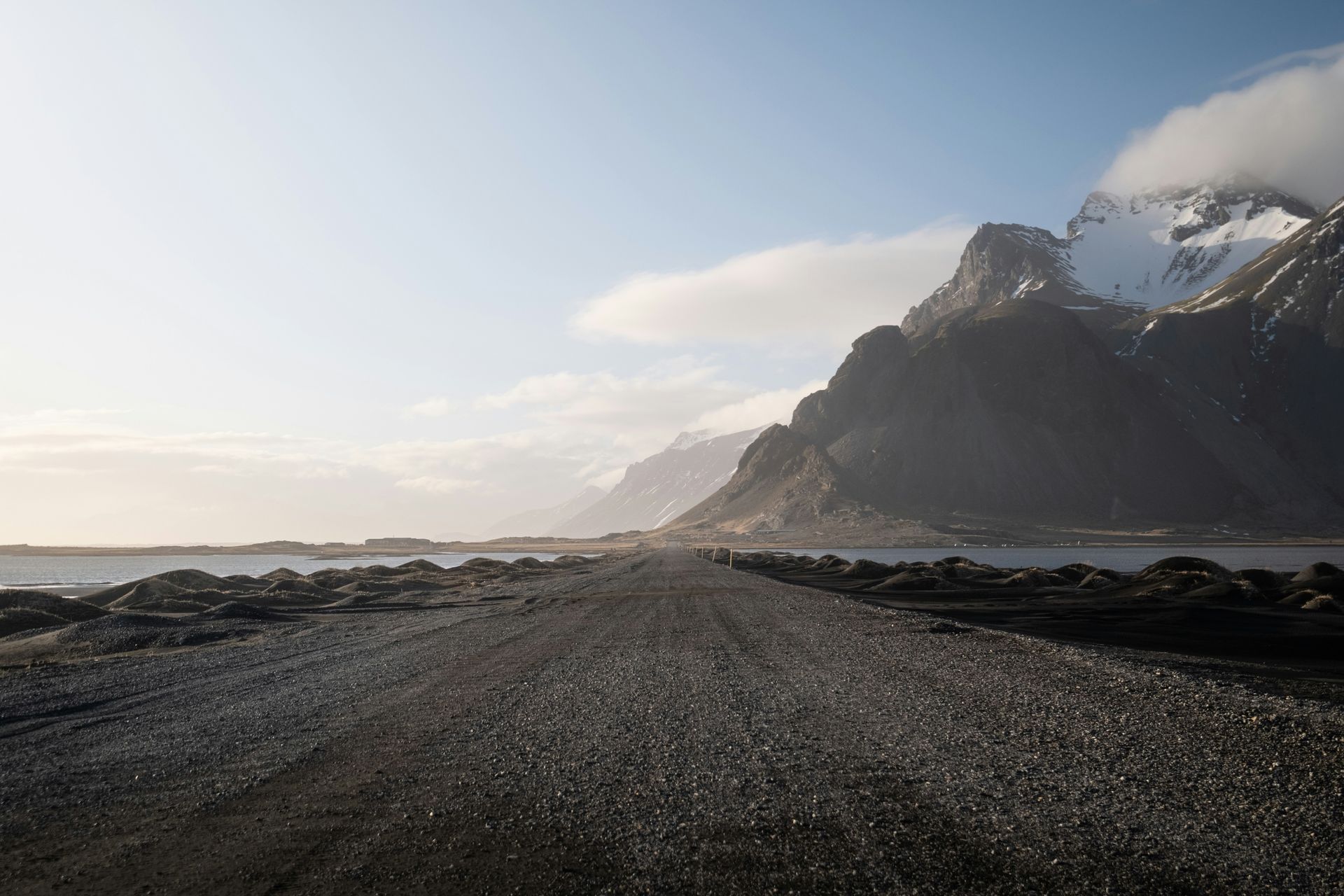
Slide title
Vatnajökull
Button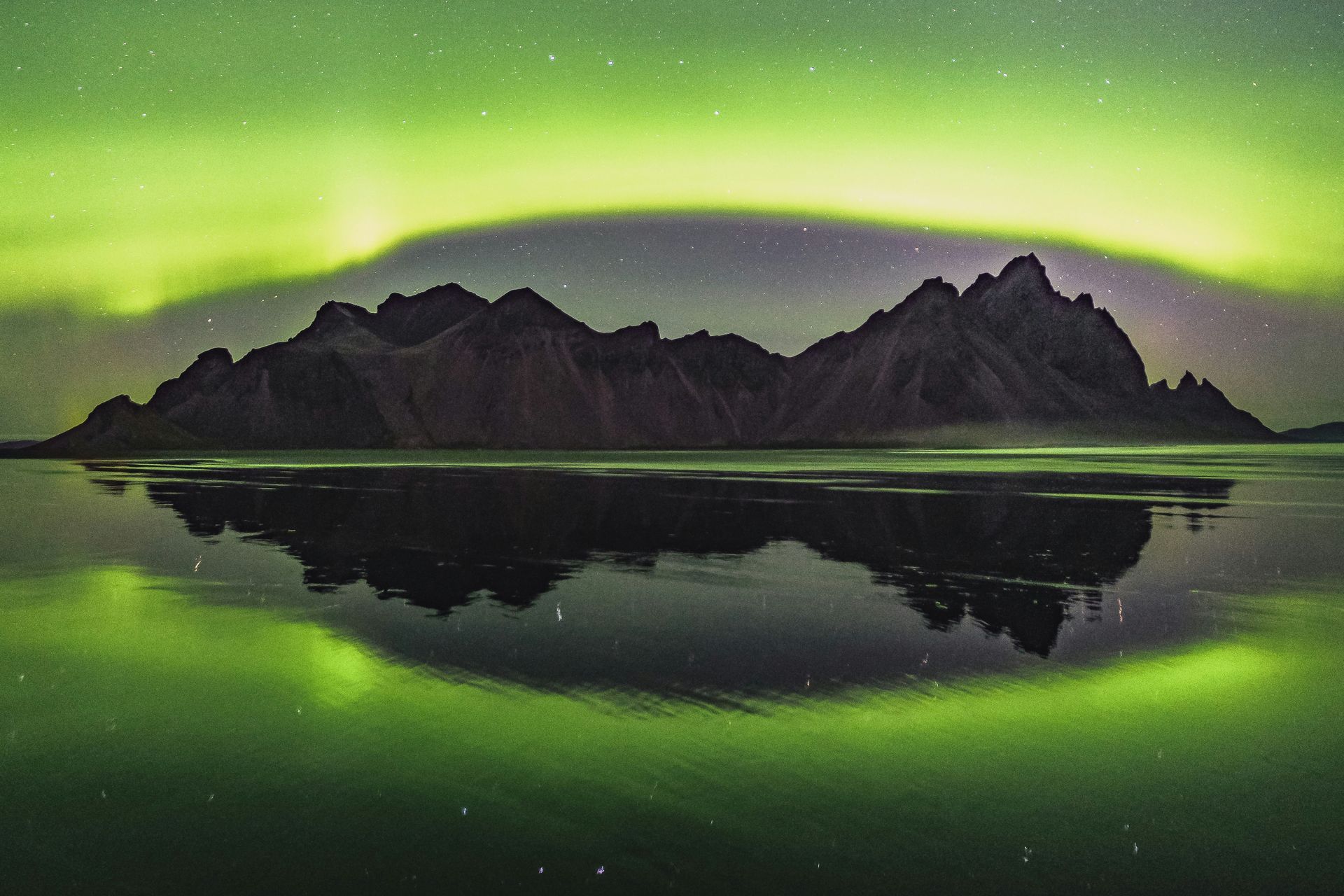
Slide title
Vatnajökull
Button
Slide title
Vatnajökull
Button
Slide title
Vatnajökull
Button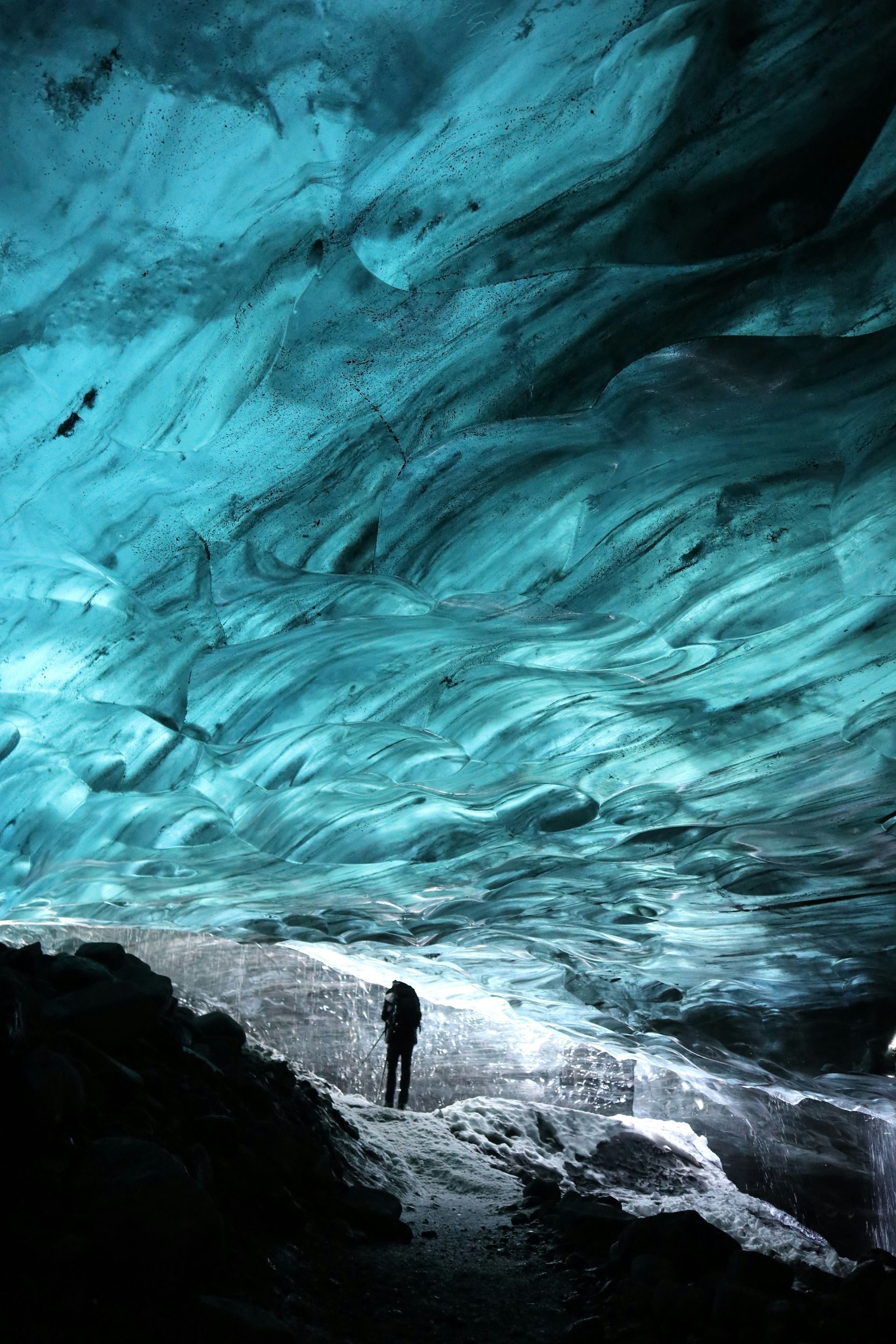
Slide title
Vatnajökull
Button
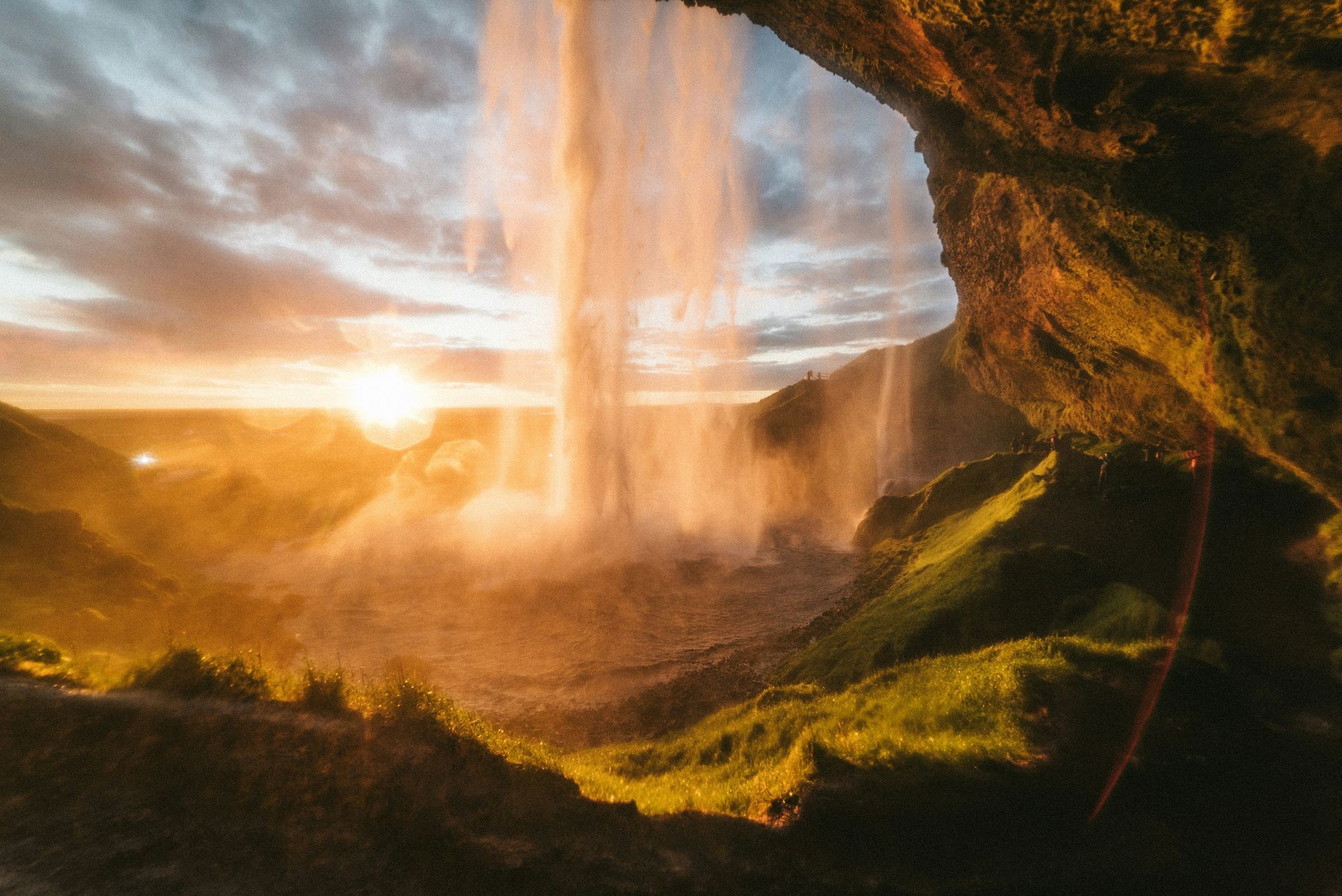
Slide title
Seljalandsfoss
Button
Slide title
Seljalandsfoss
Button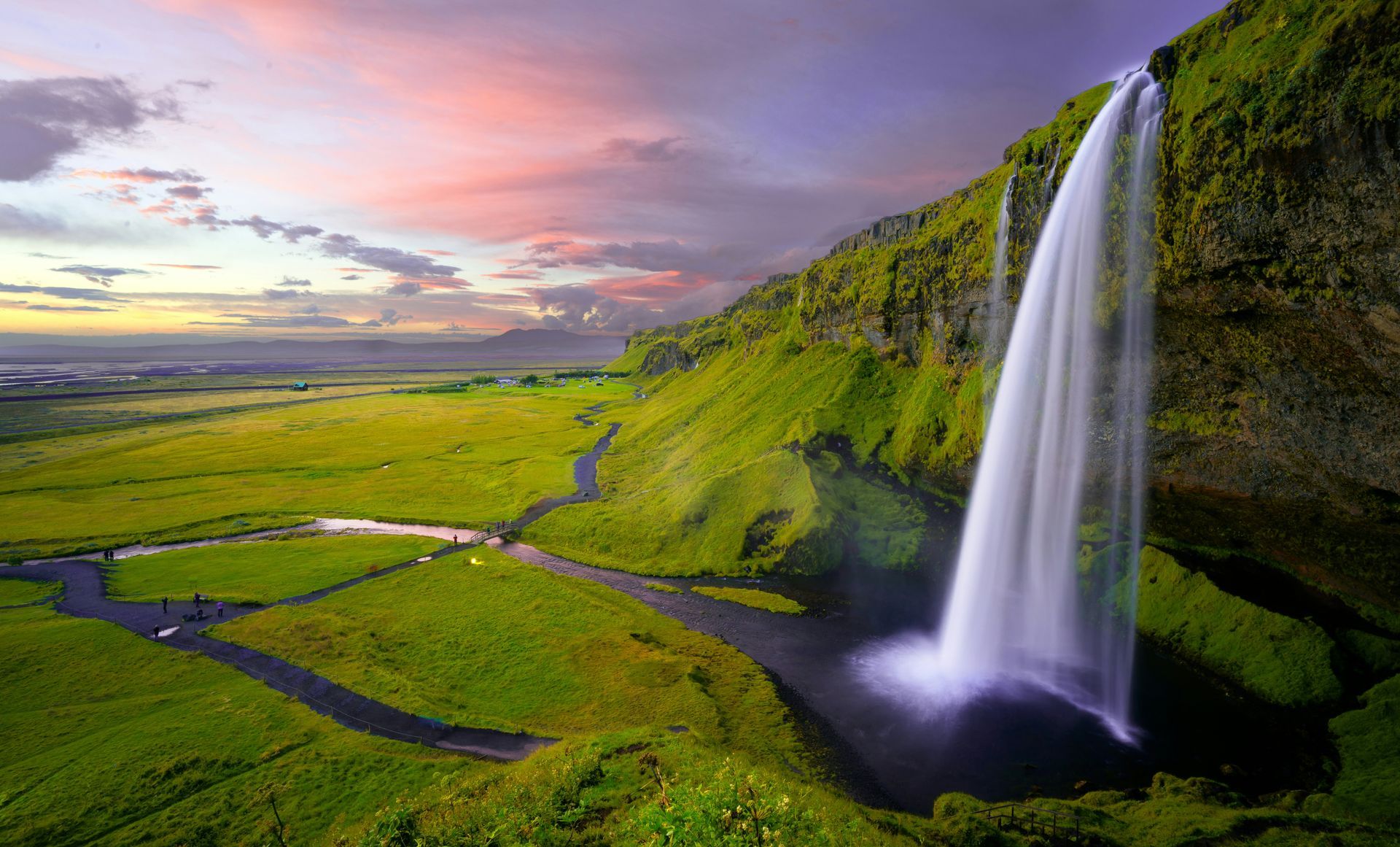
Slide title
Seljalandsfoss
Button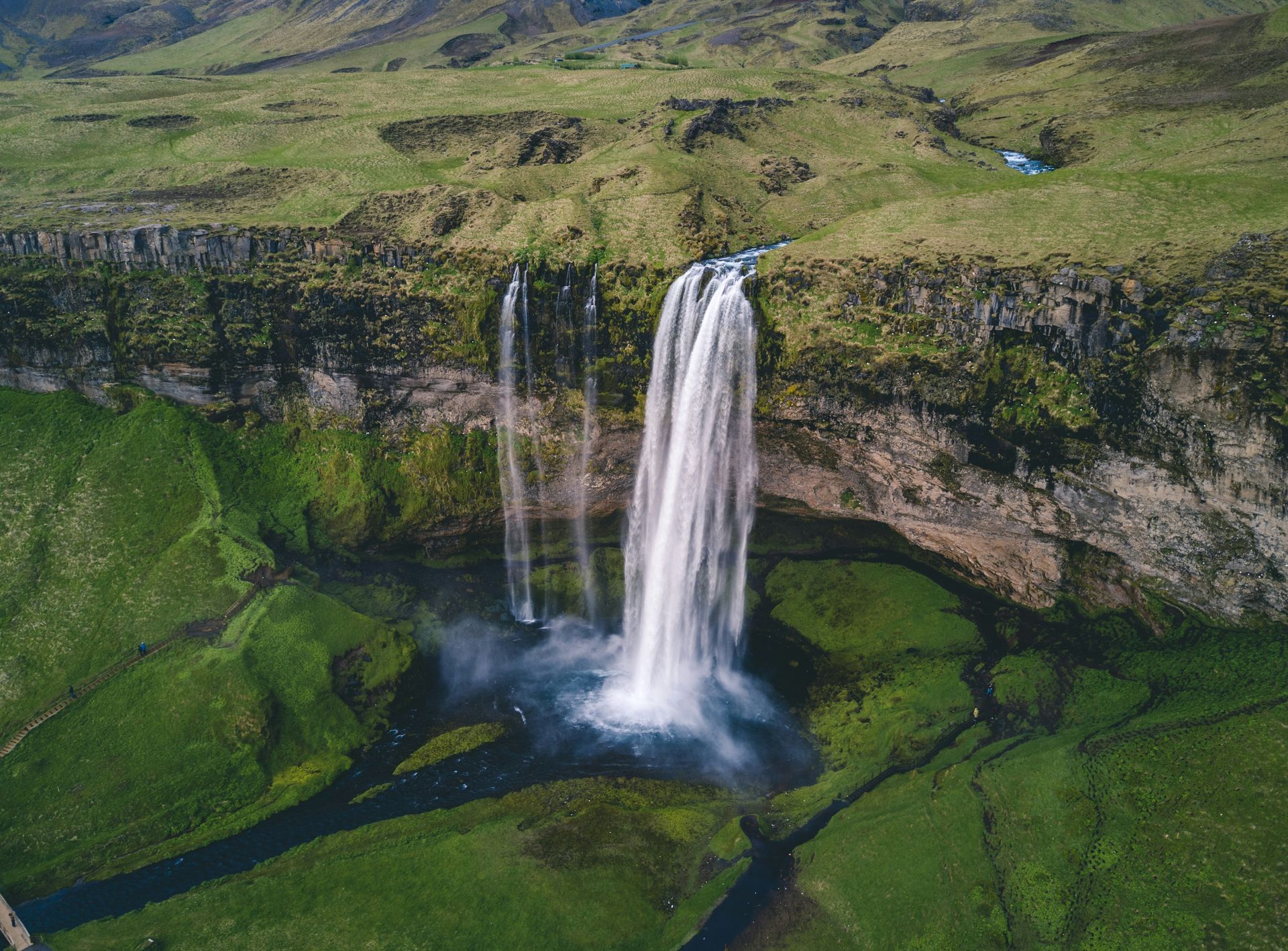
Slide title
Seljalandsfoss
Button
Slide title
Seljalandsfoss
Button
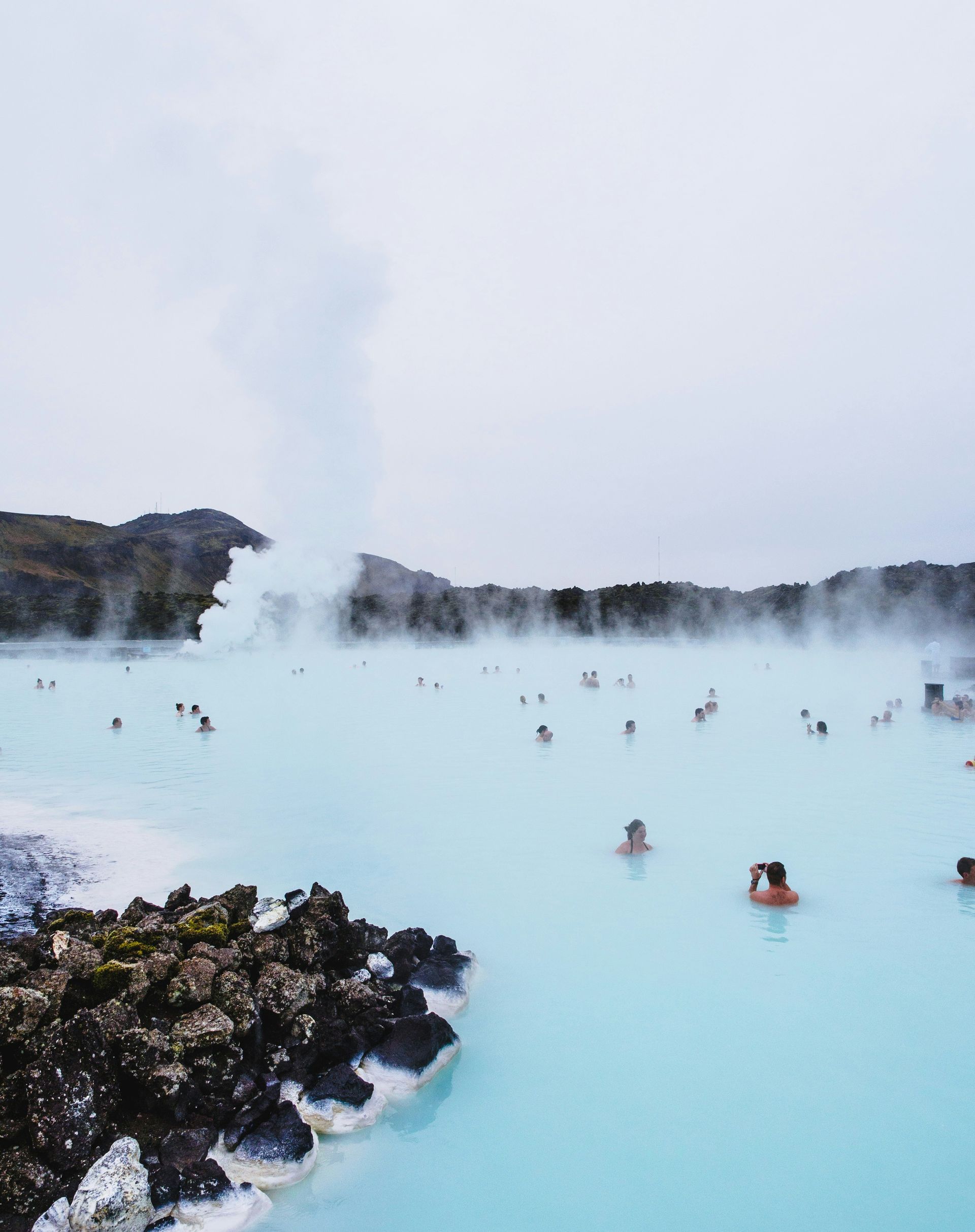
Slide title
Blue Lagoon
Button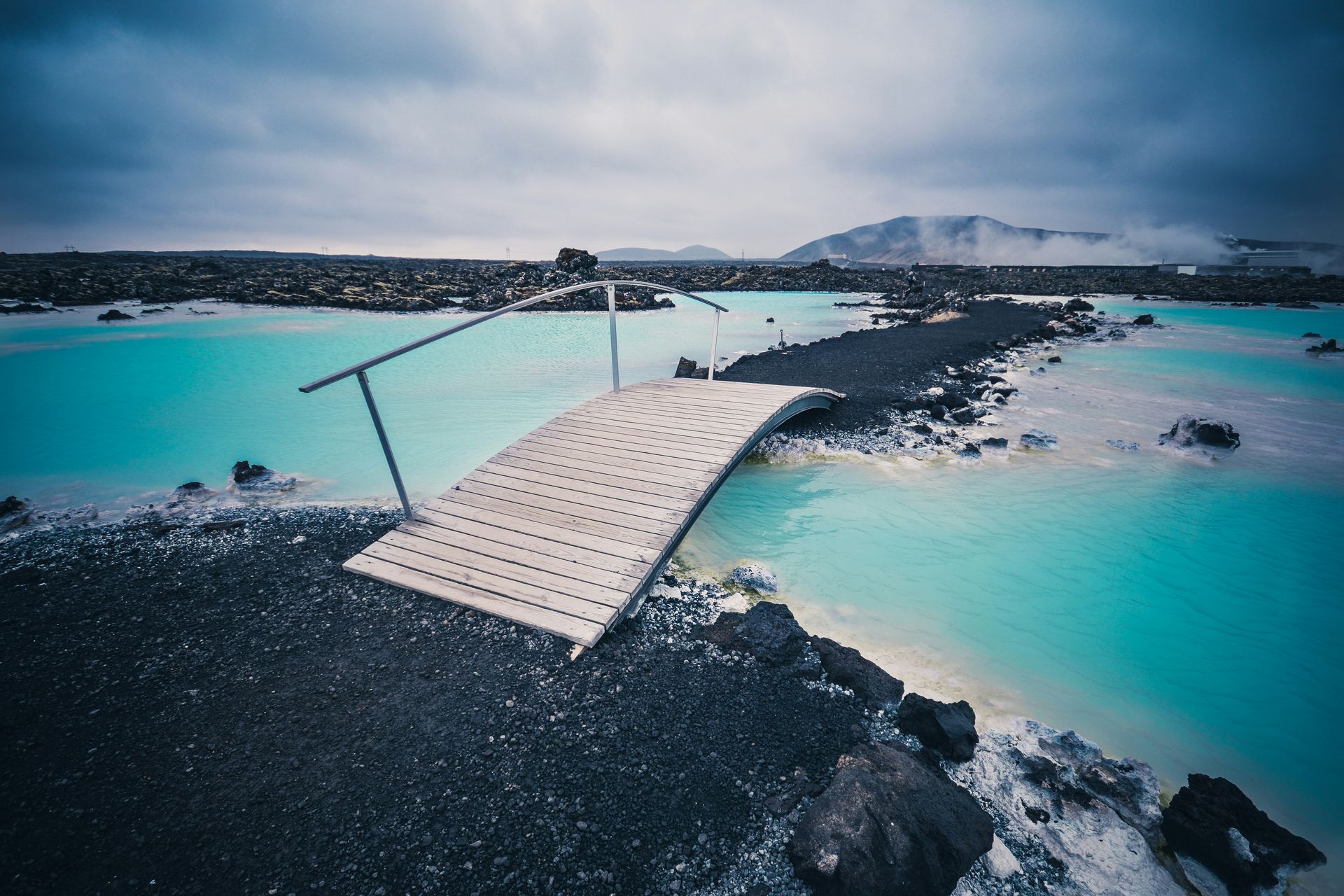
Slide title
Blue Lagoon
Button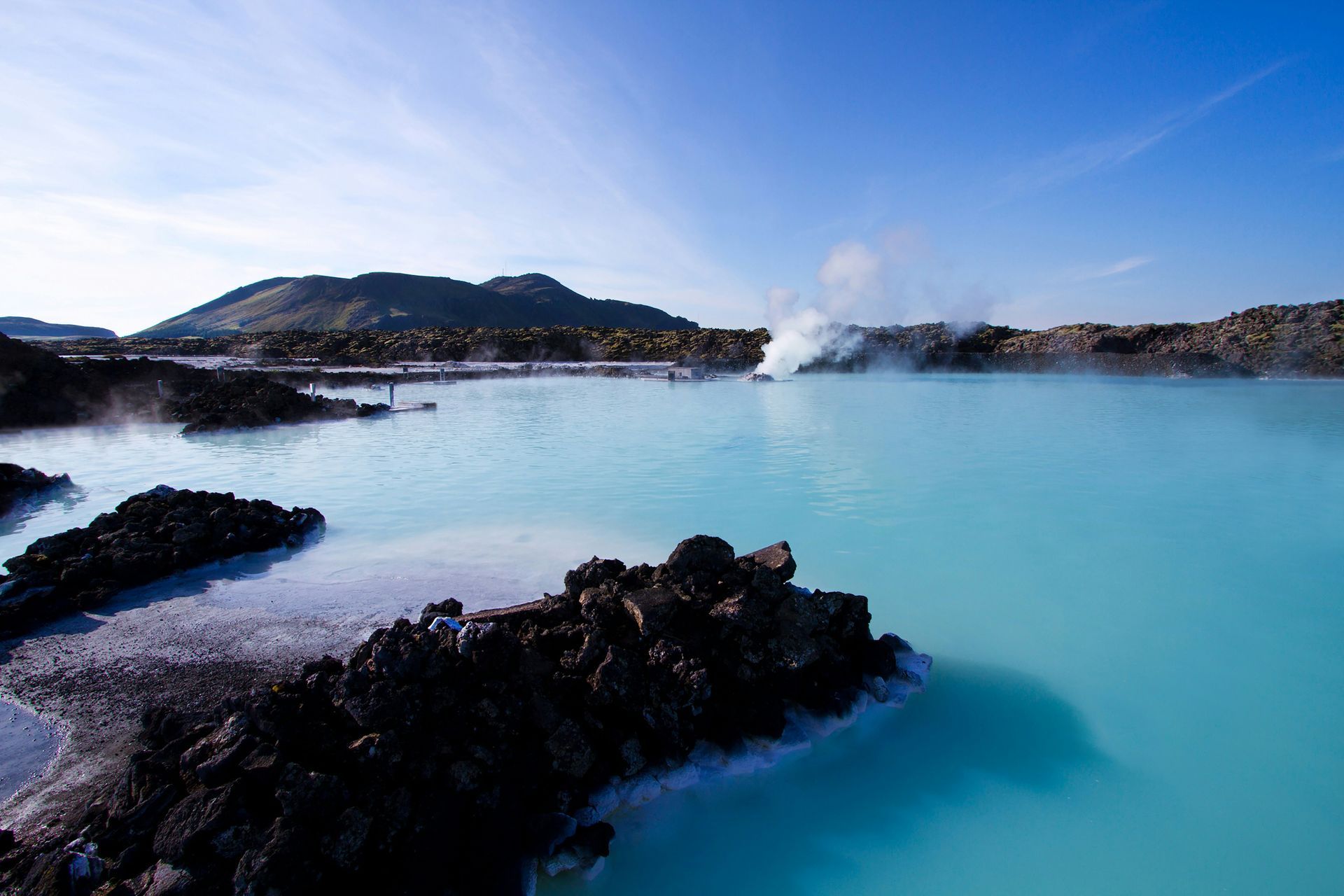
Slide title
Blue Lagoon
Button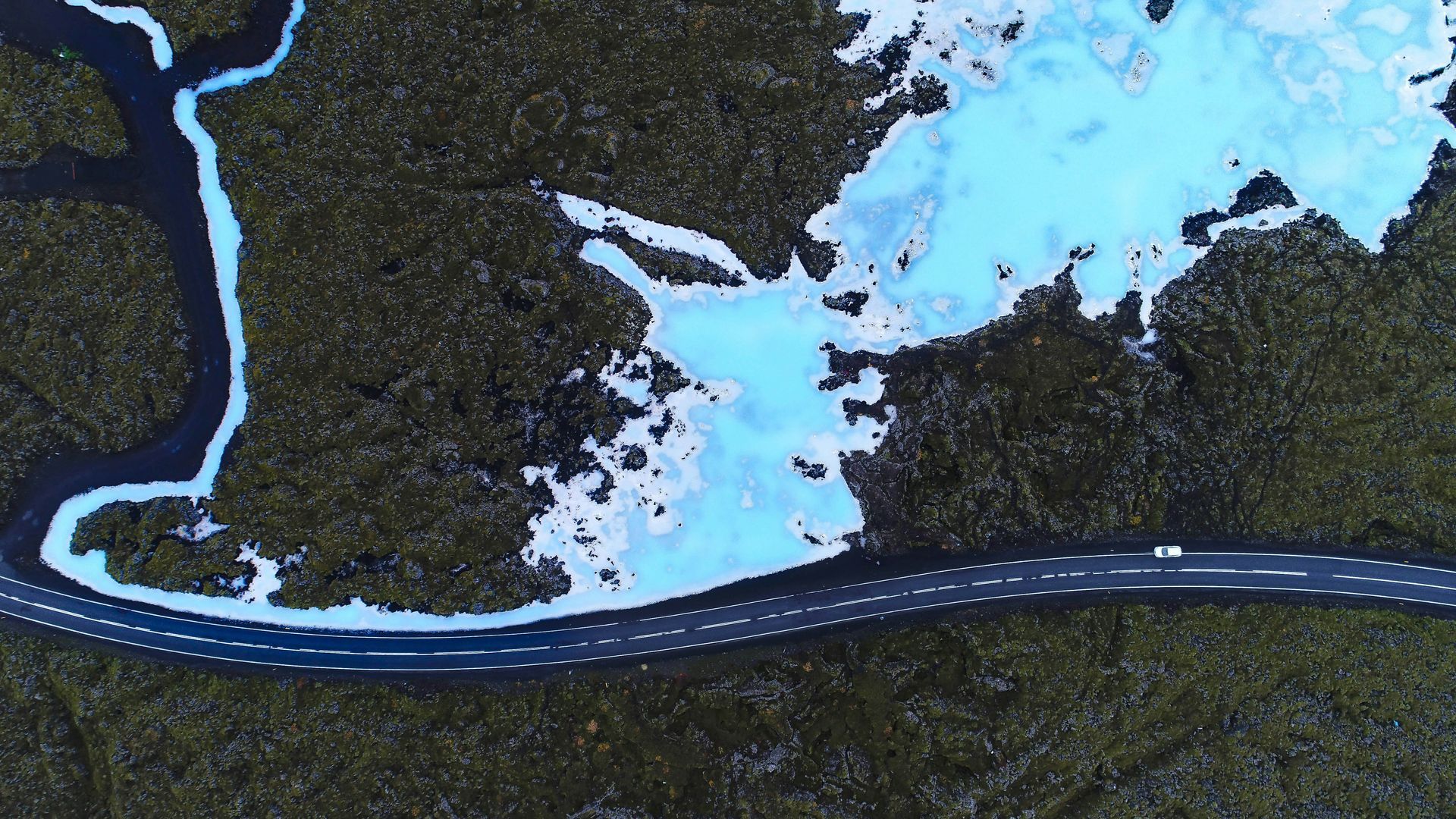
Slide title
Blue Lagoon
Button
Slide title
Blue Lagoon
Button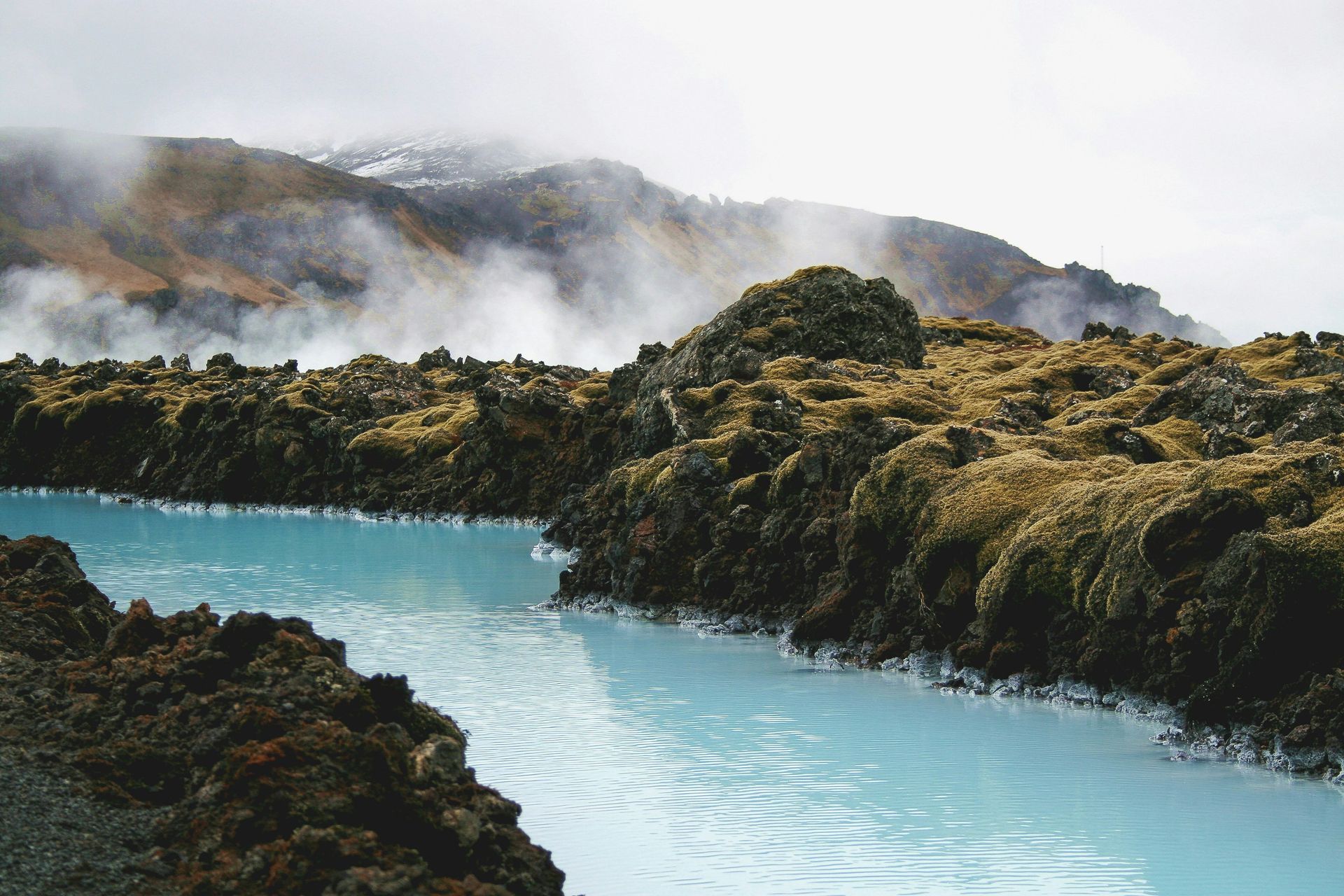
Slide title
Blue Lagoon
Button
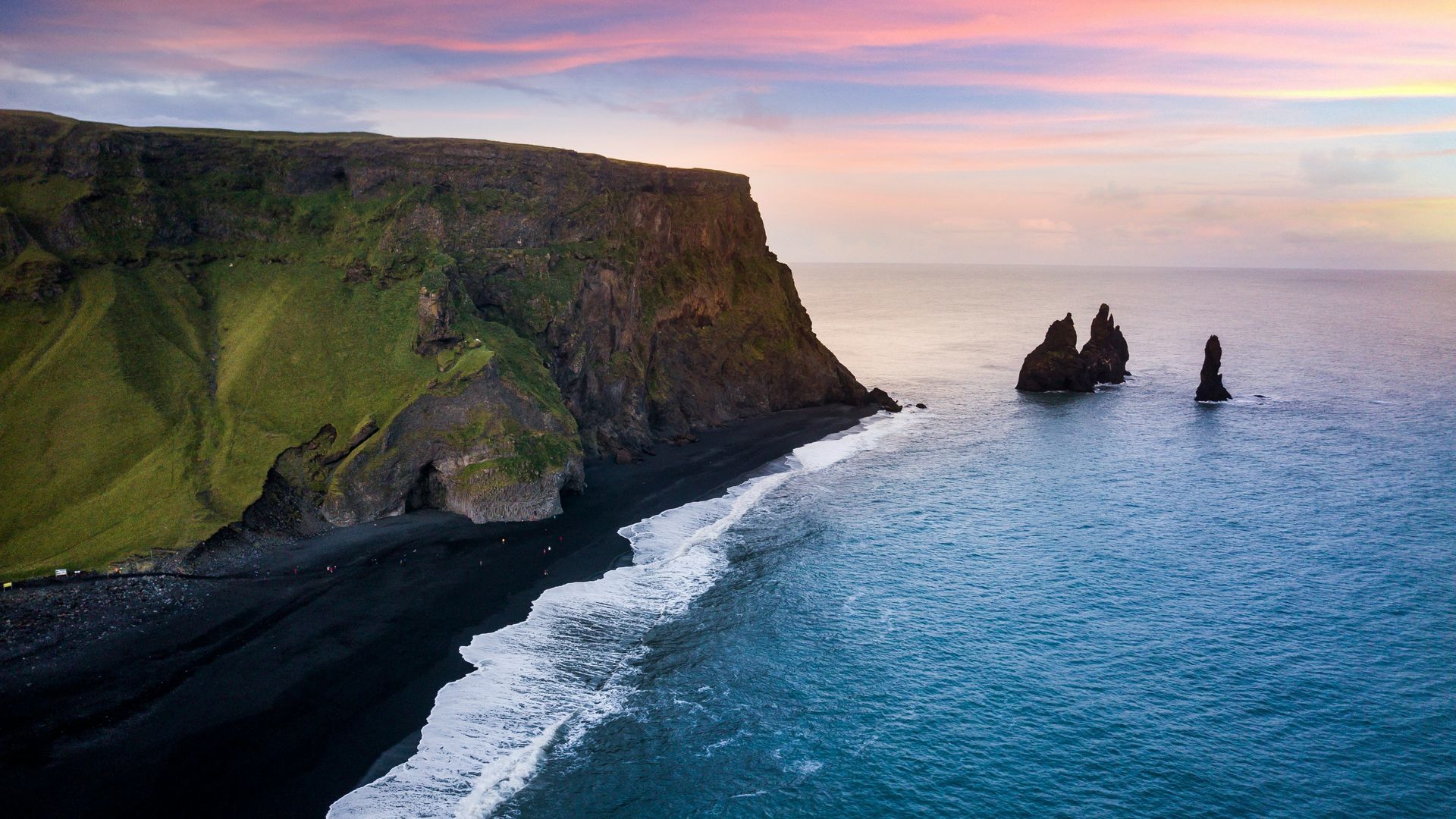
Slide title
Reynisfjara Beach
Button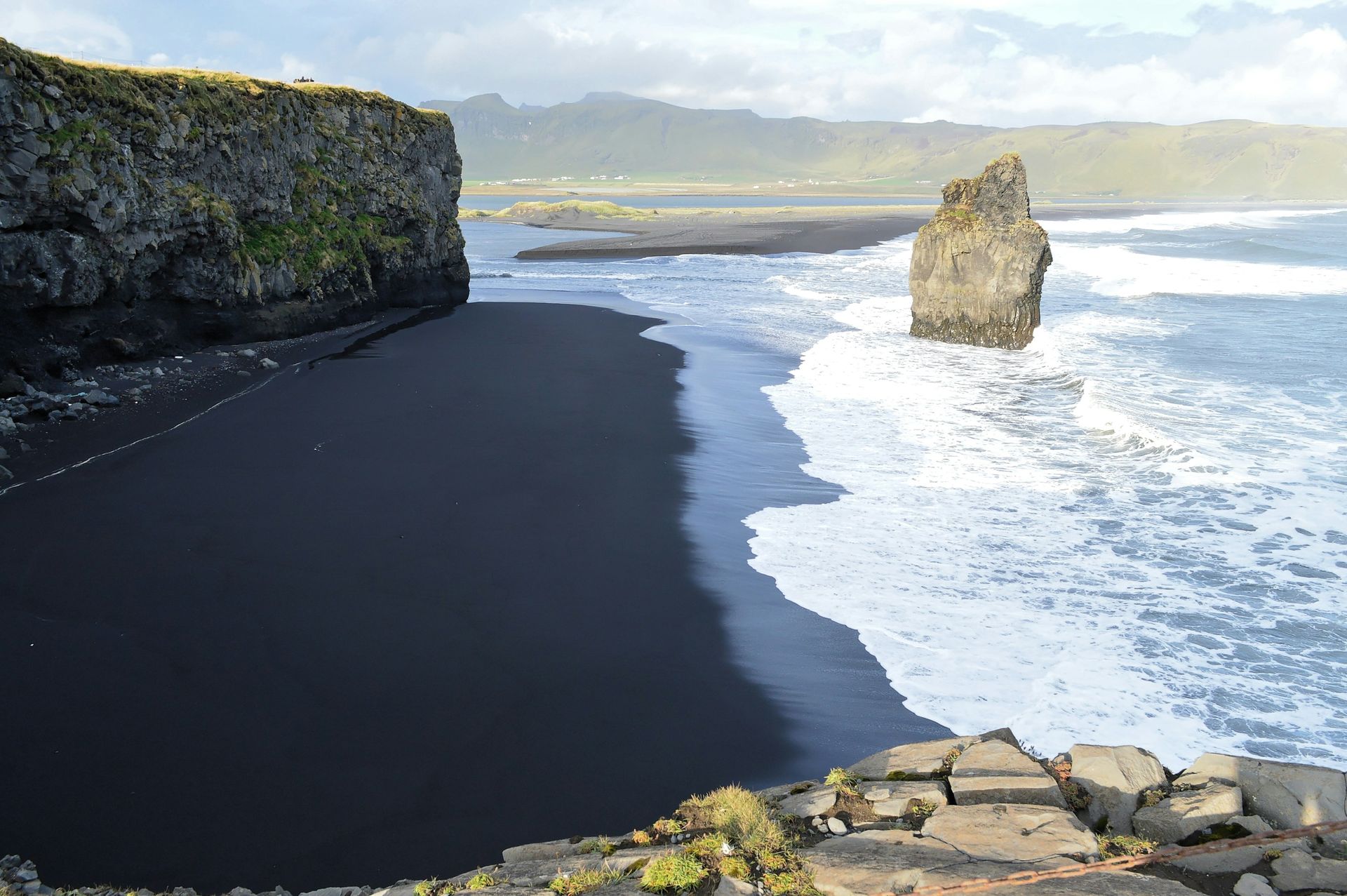
Slide title
Reynisfjara Beach
Button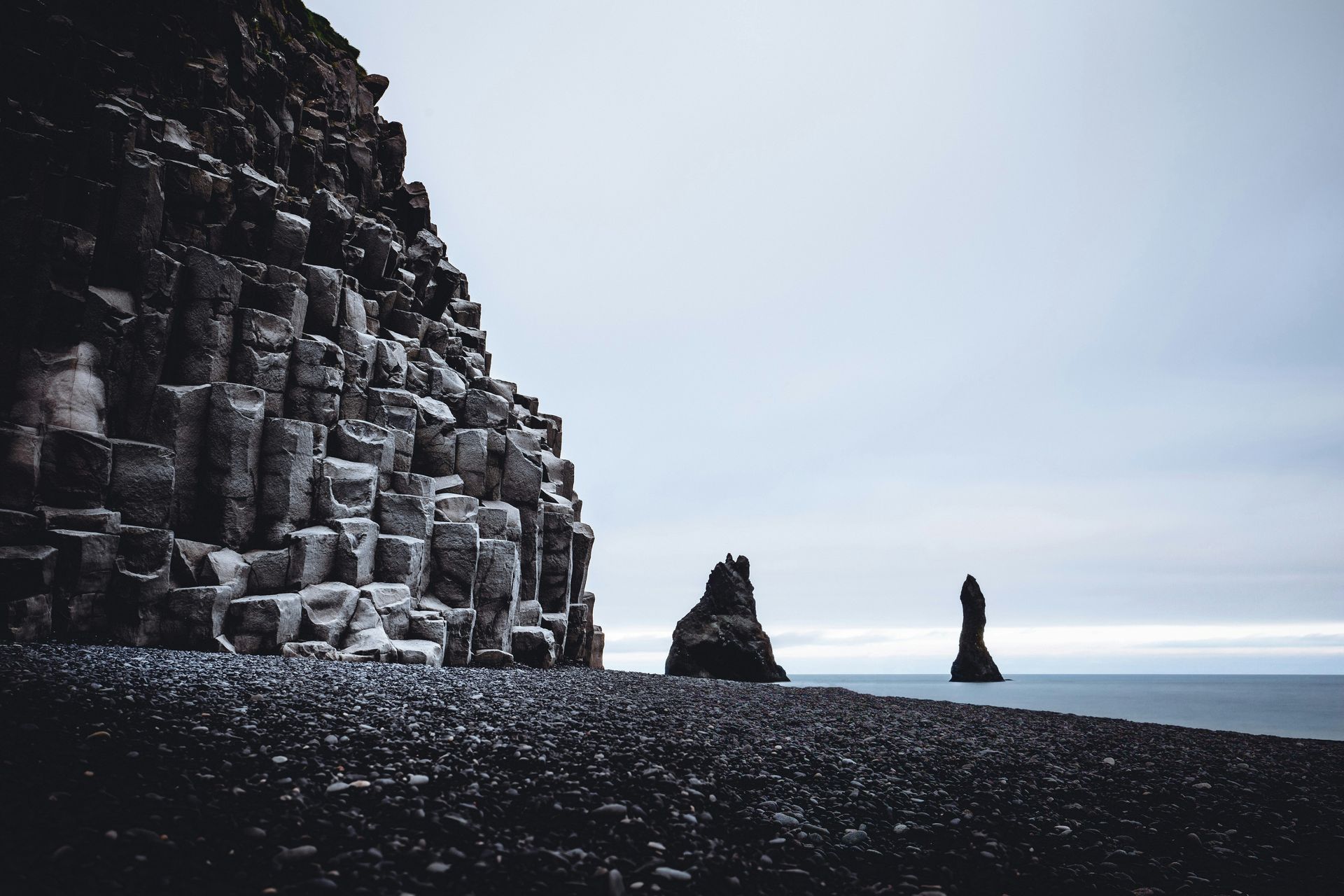
Slide title
Reynisfjara Beach
Button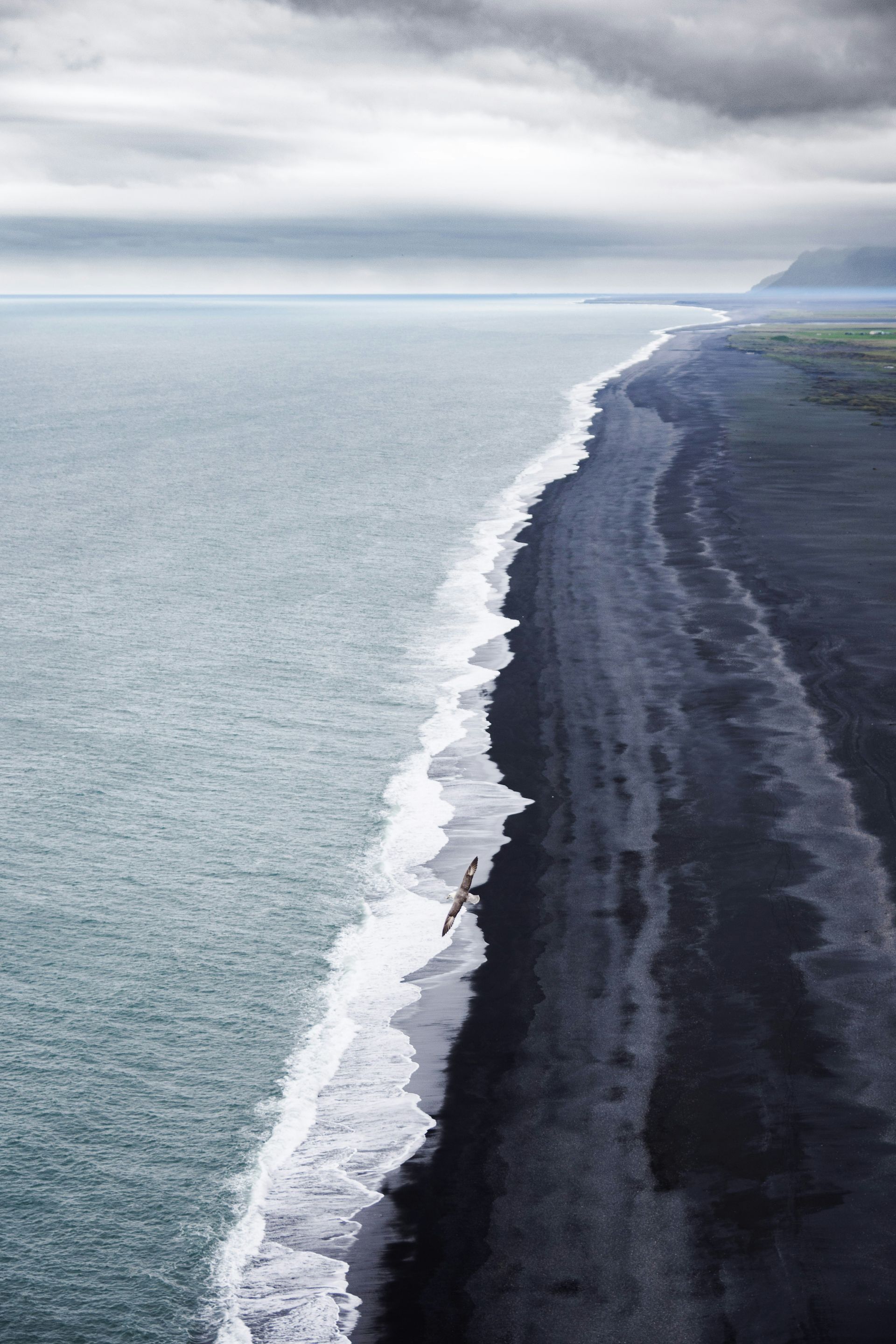
Slide title
Reynisfjara Beach
Button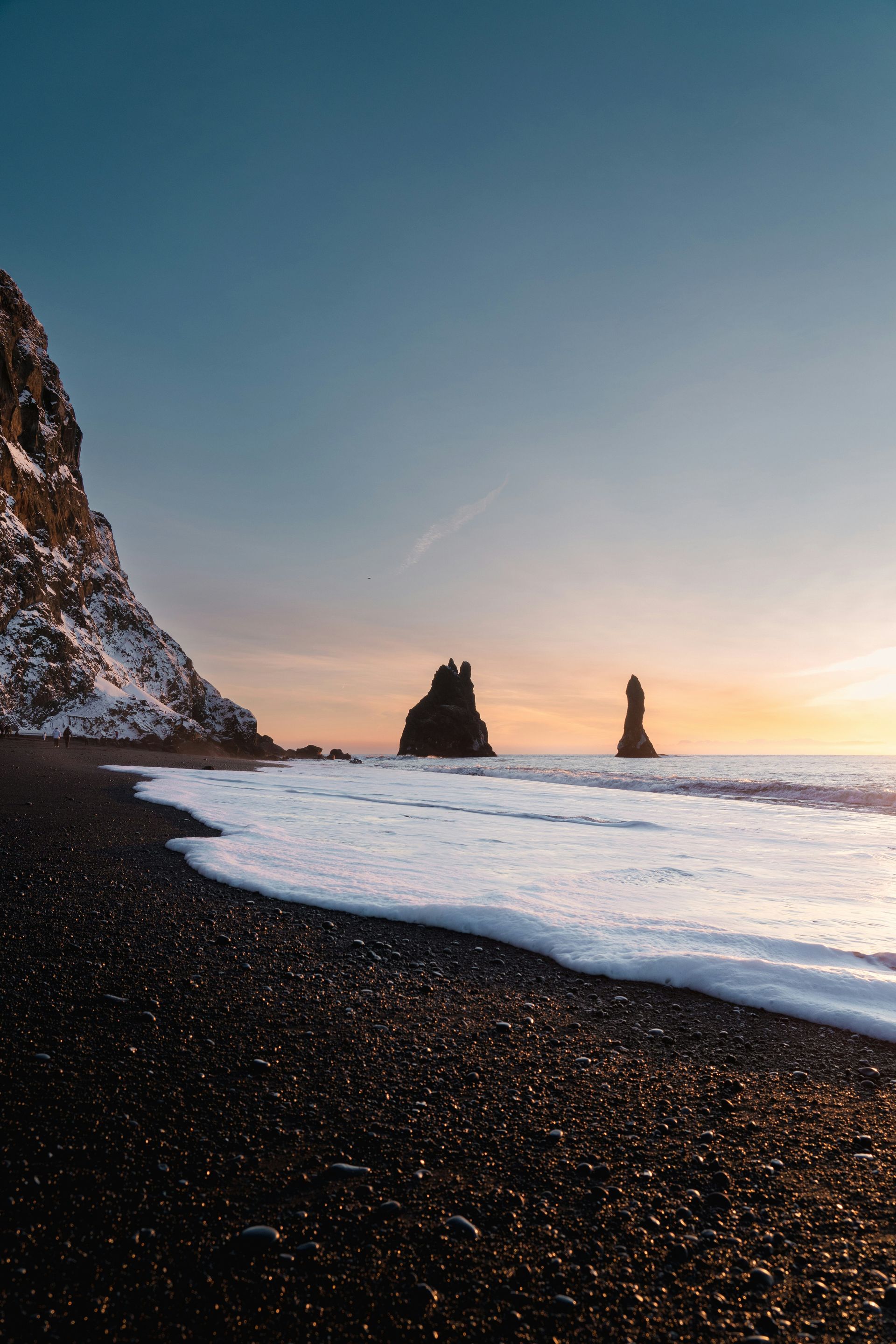
Slide title
Reynisfjara Beach
Button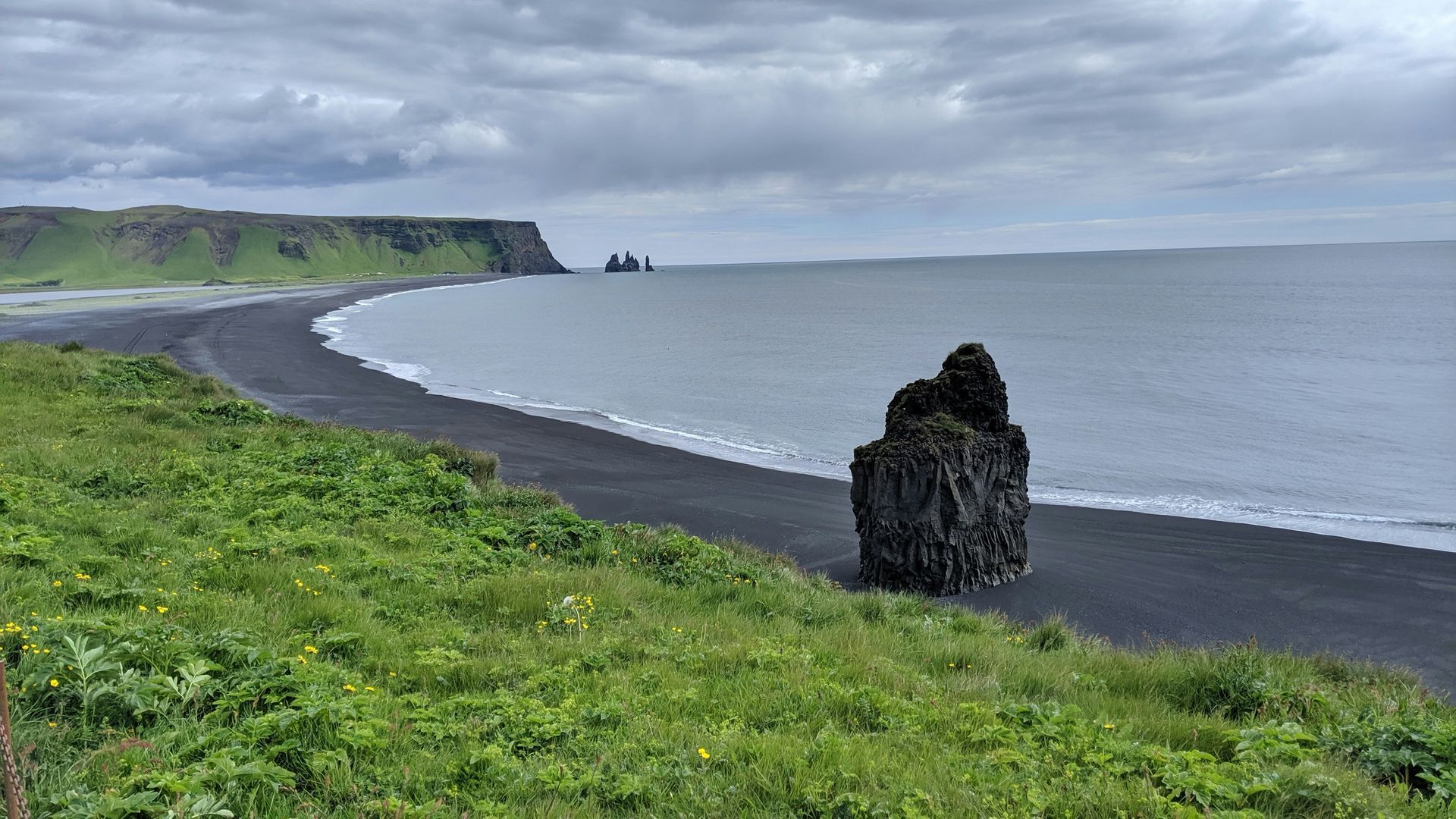
Slide title
Reynisfjara Beach
Button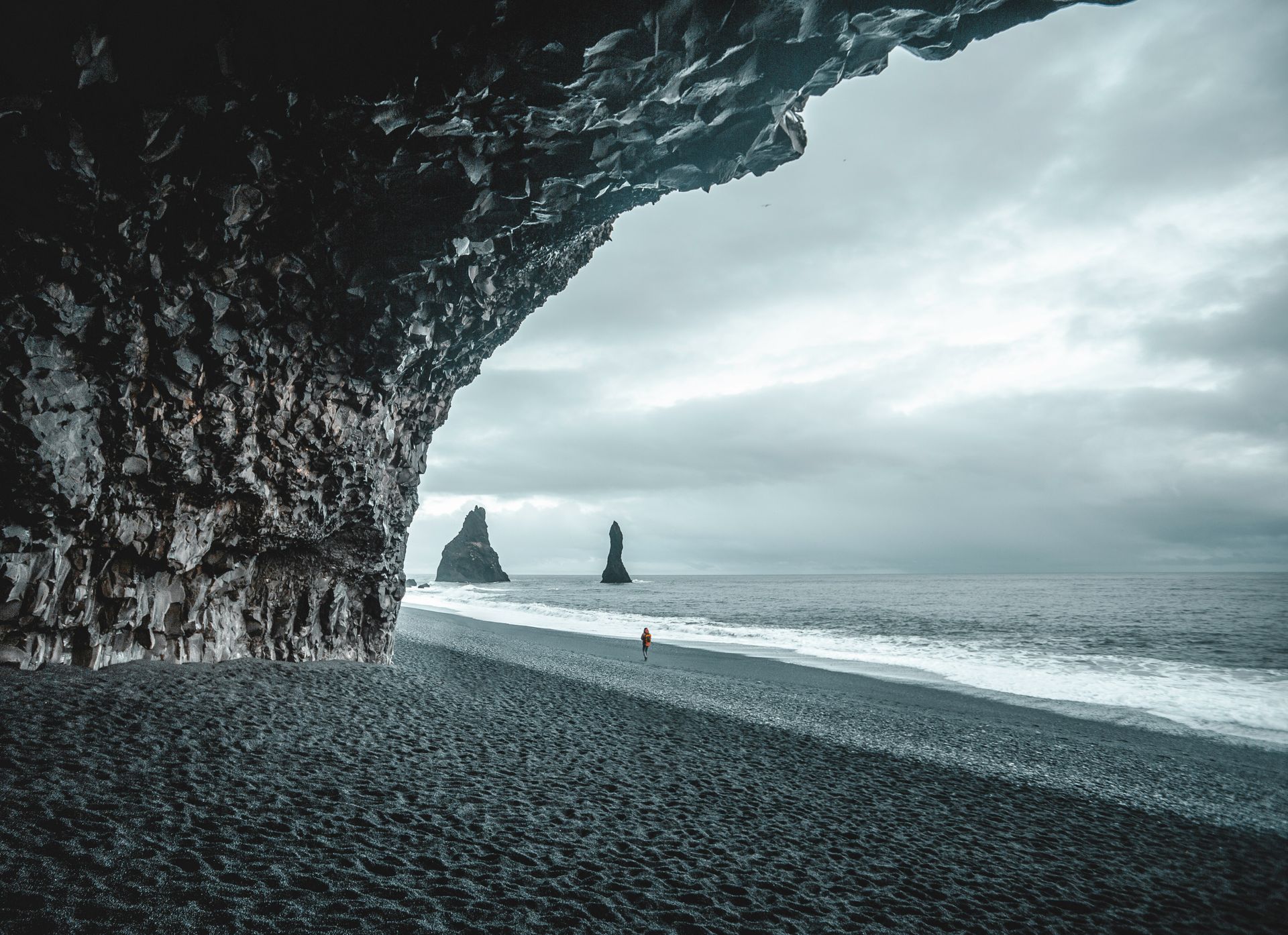
Slide title
Reynisfjara Beach
Button
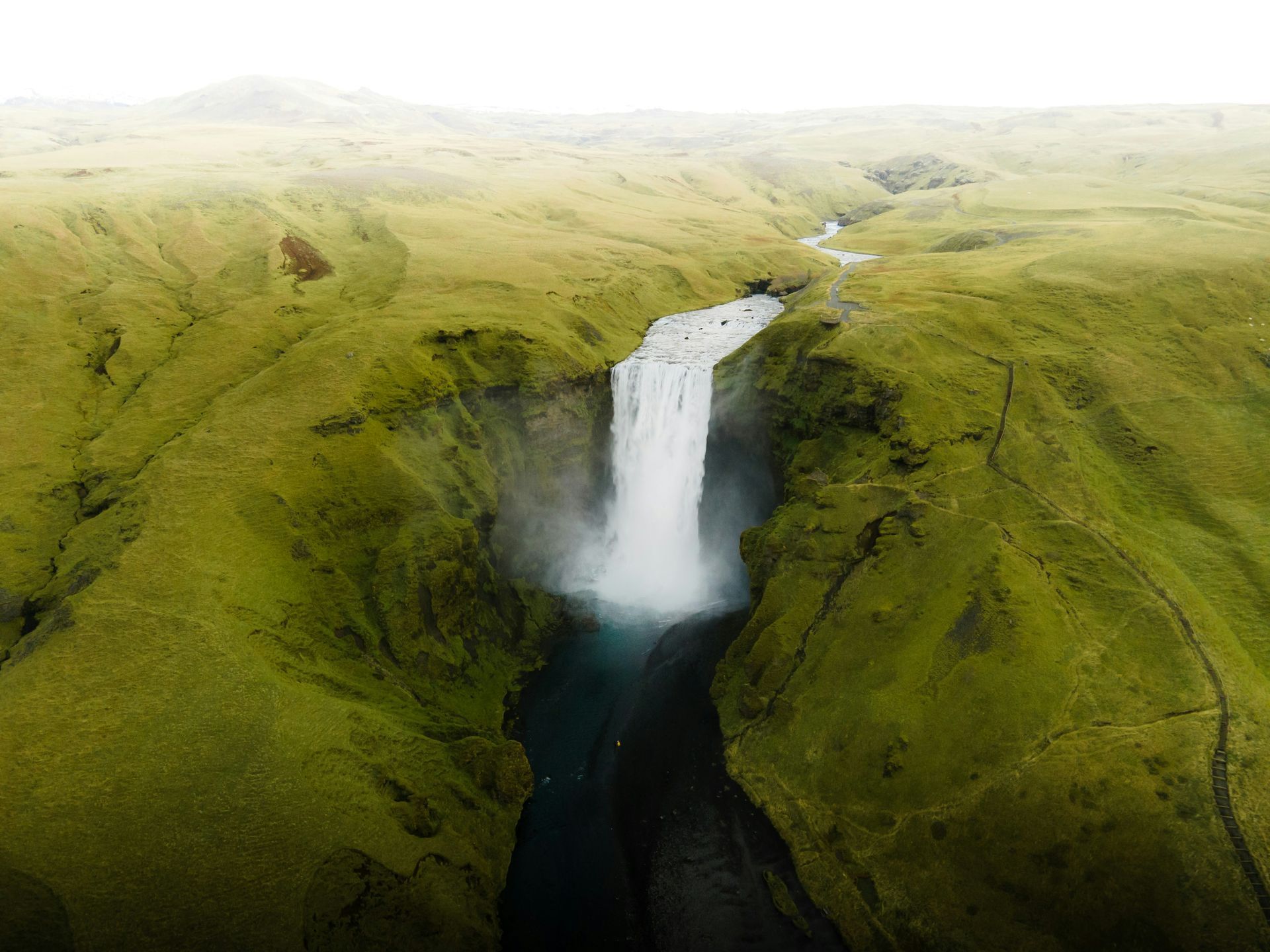
Slide title
Skógafoss
Button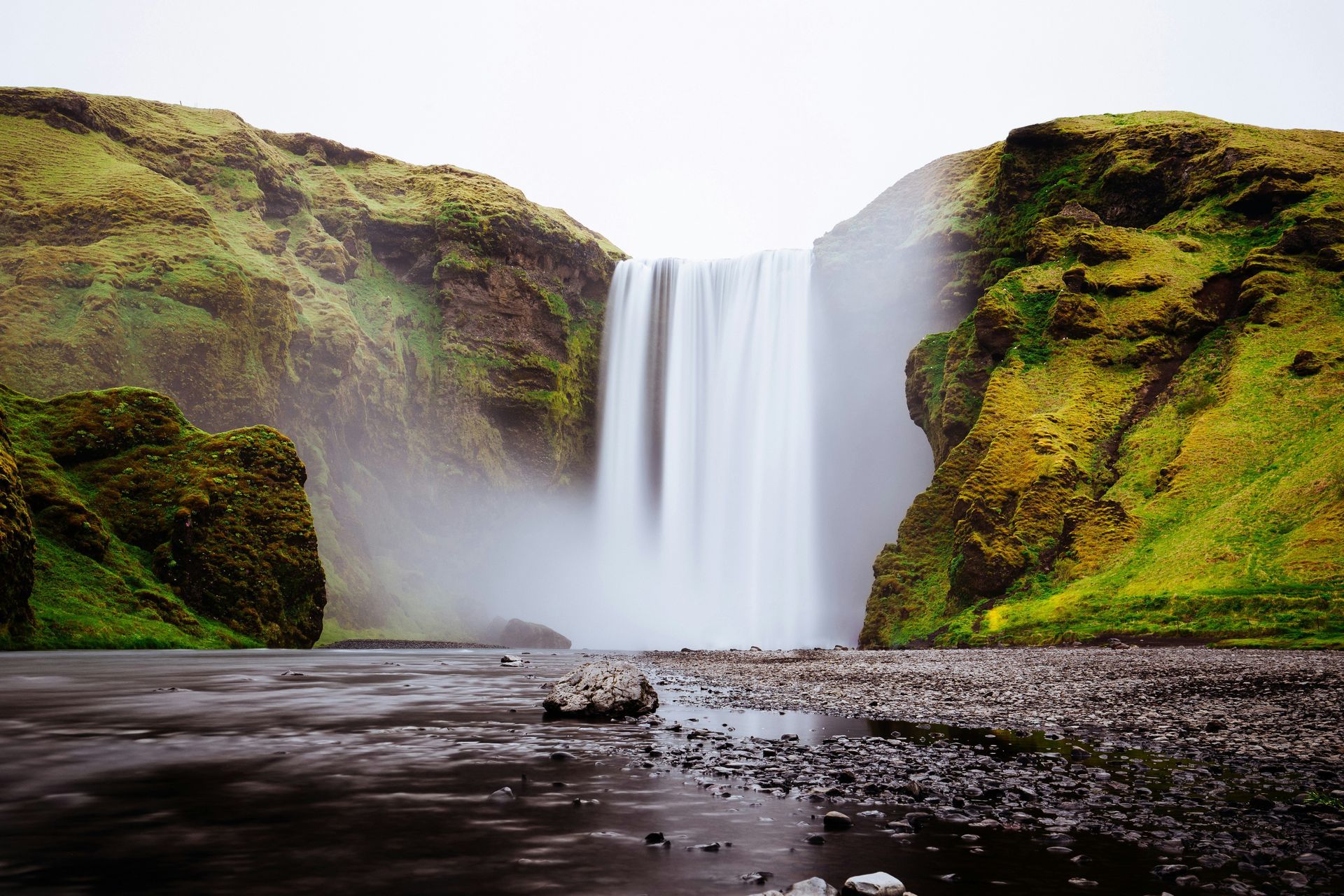
Slide title
Skógafoss
Button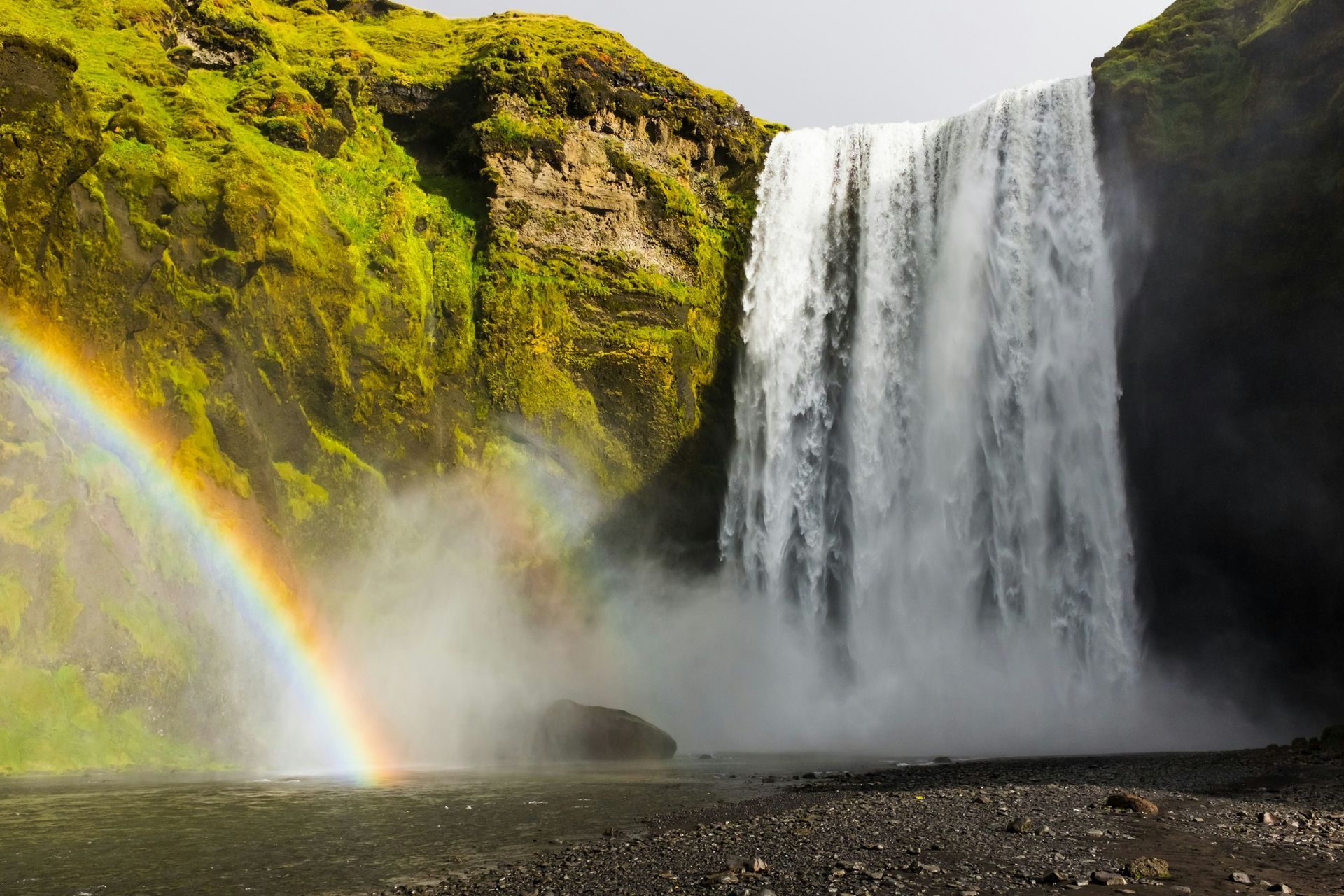
Slide title
Skógafoss
Button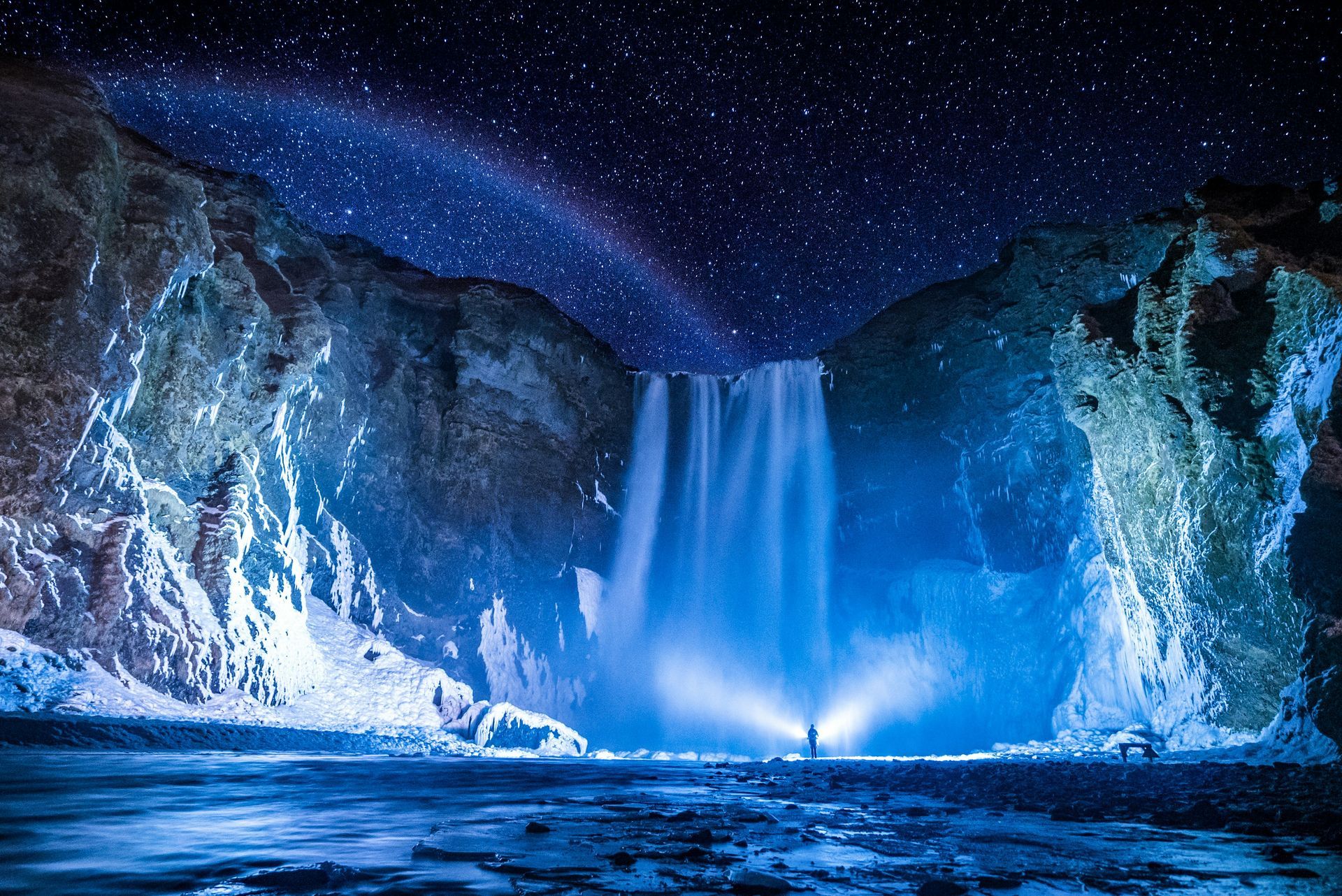
Slide title
Skógafoss
Button
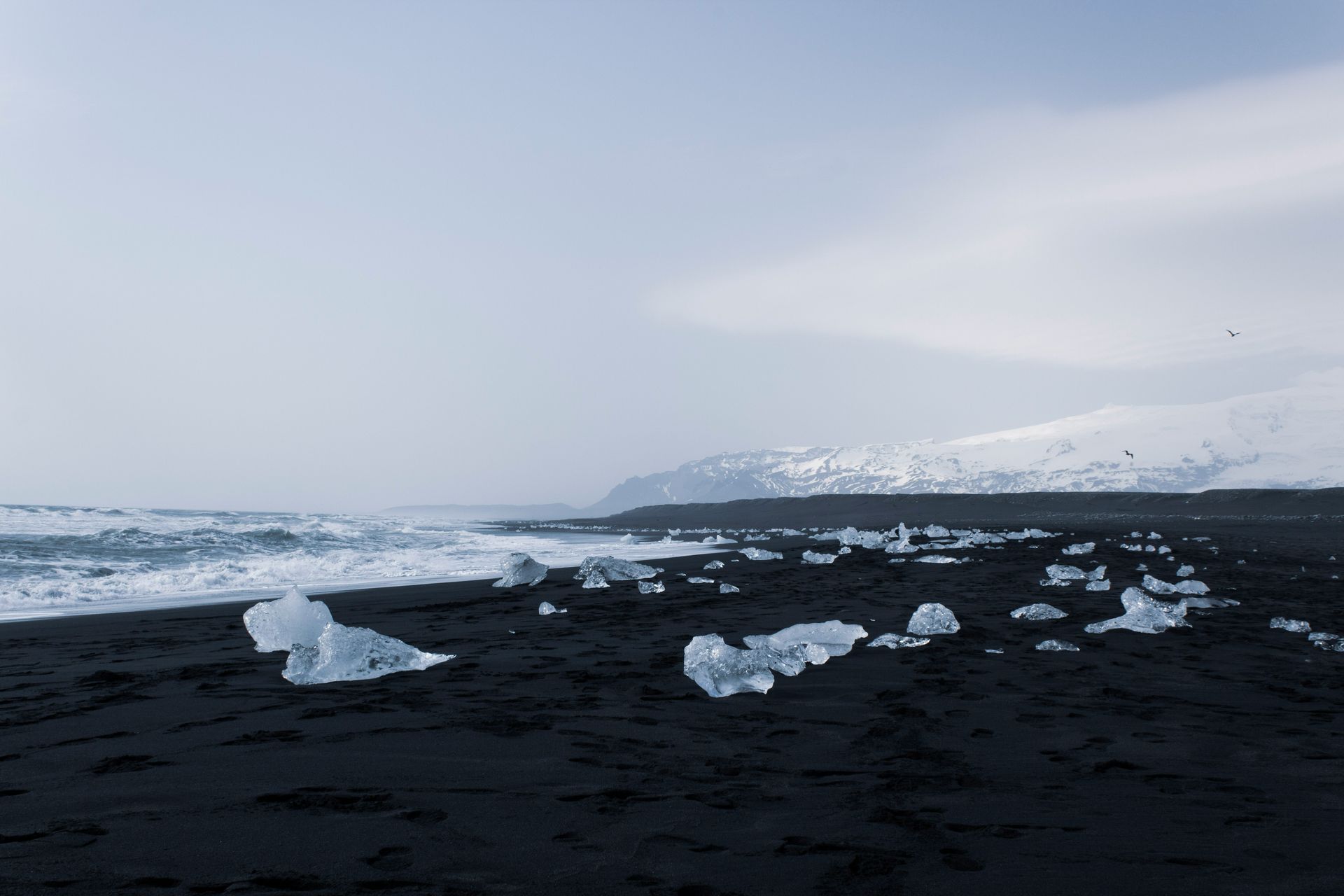
Slide title
Jökulsárlón
Button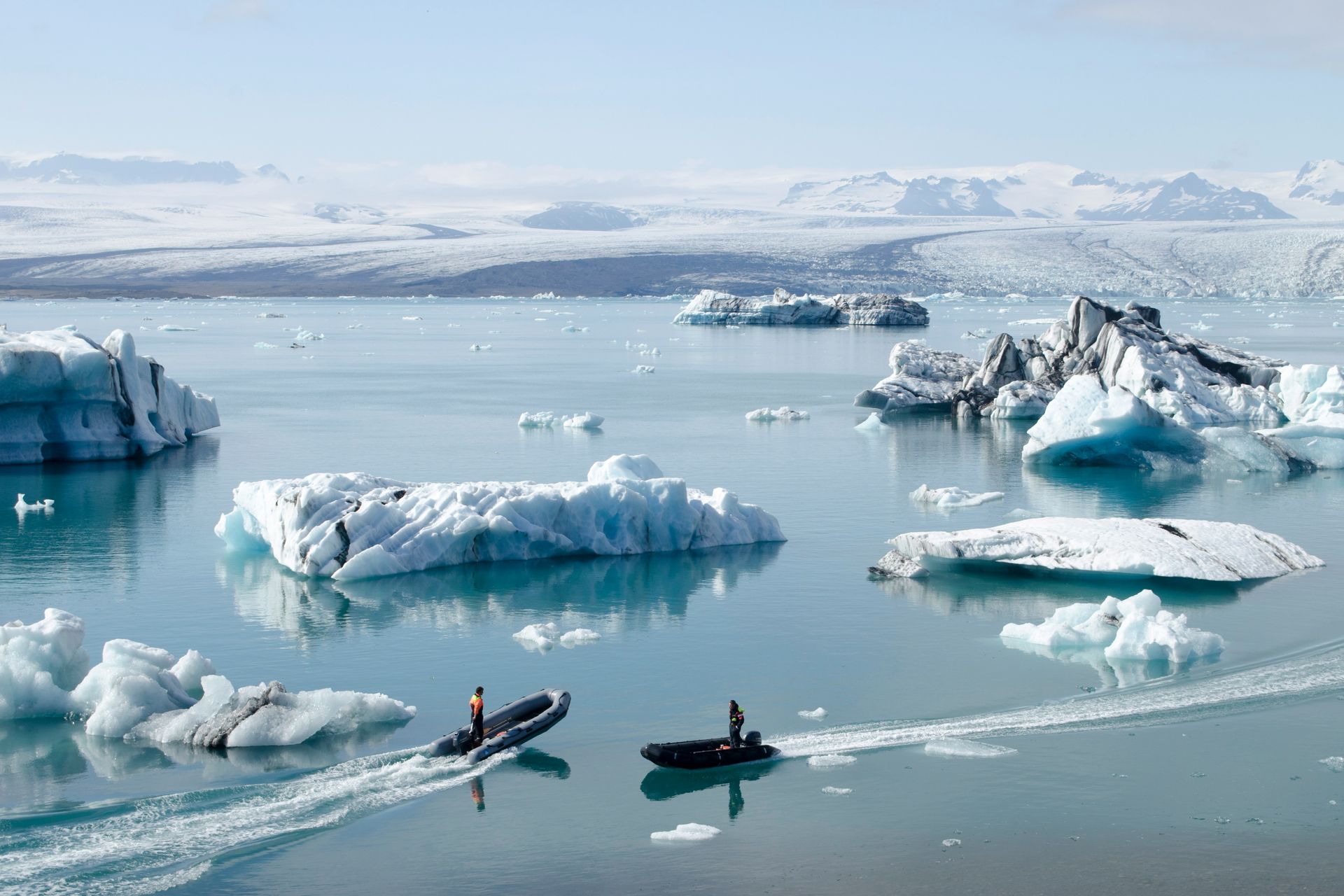
Slide title
Jökulsárlón
Button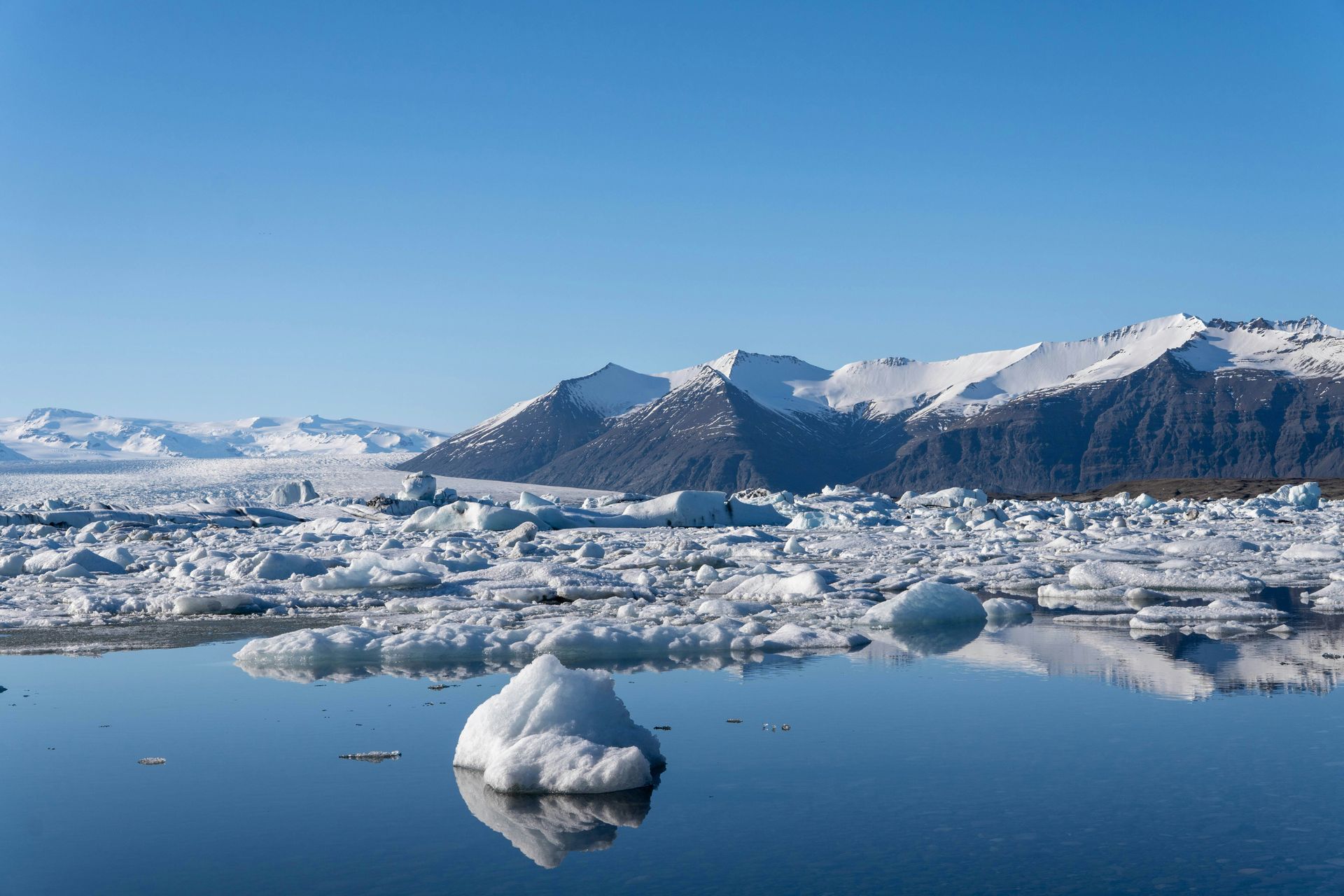
Slide title
Jökulsárlón
Button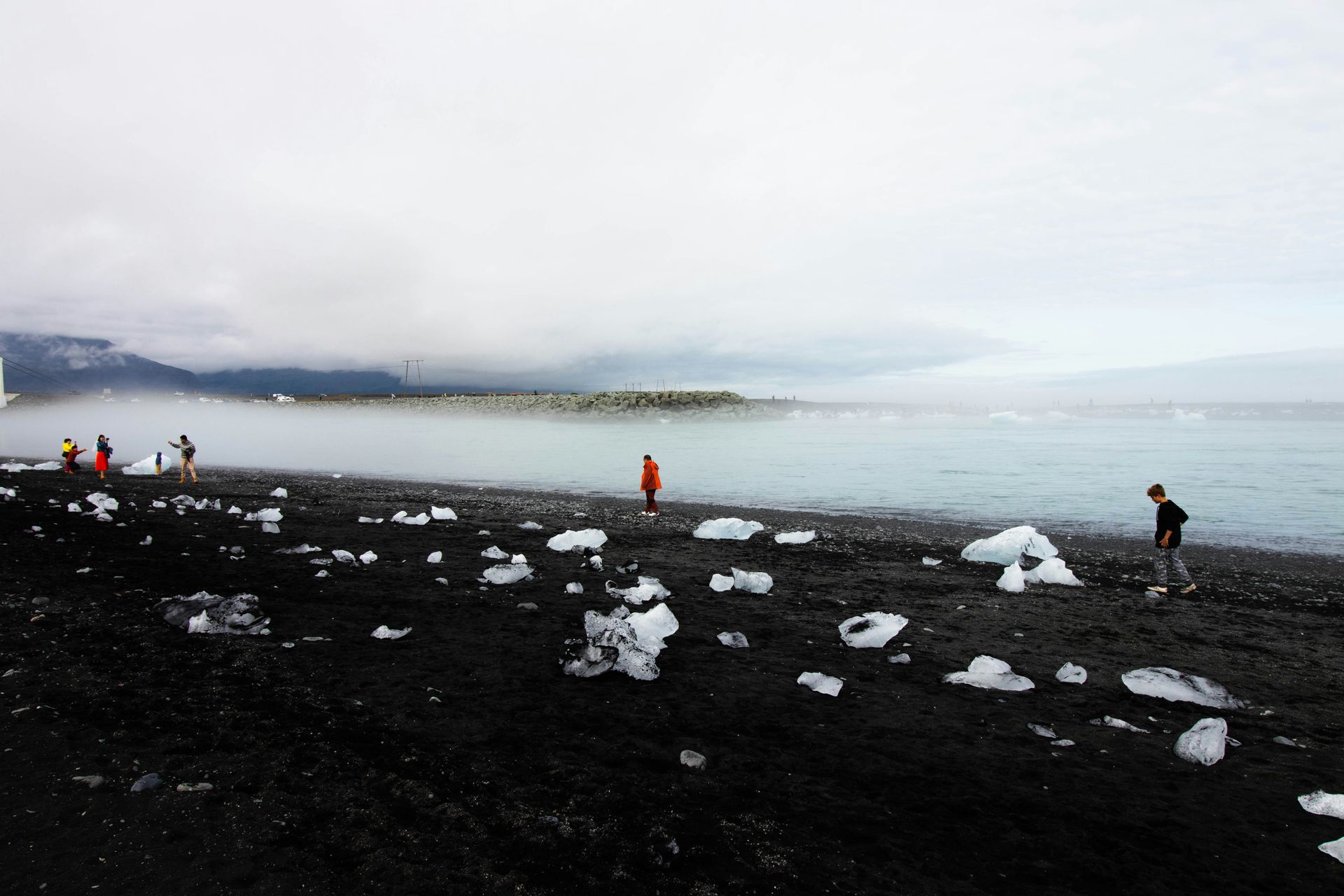
Slide title
Jökulsárlón
Button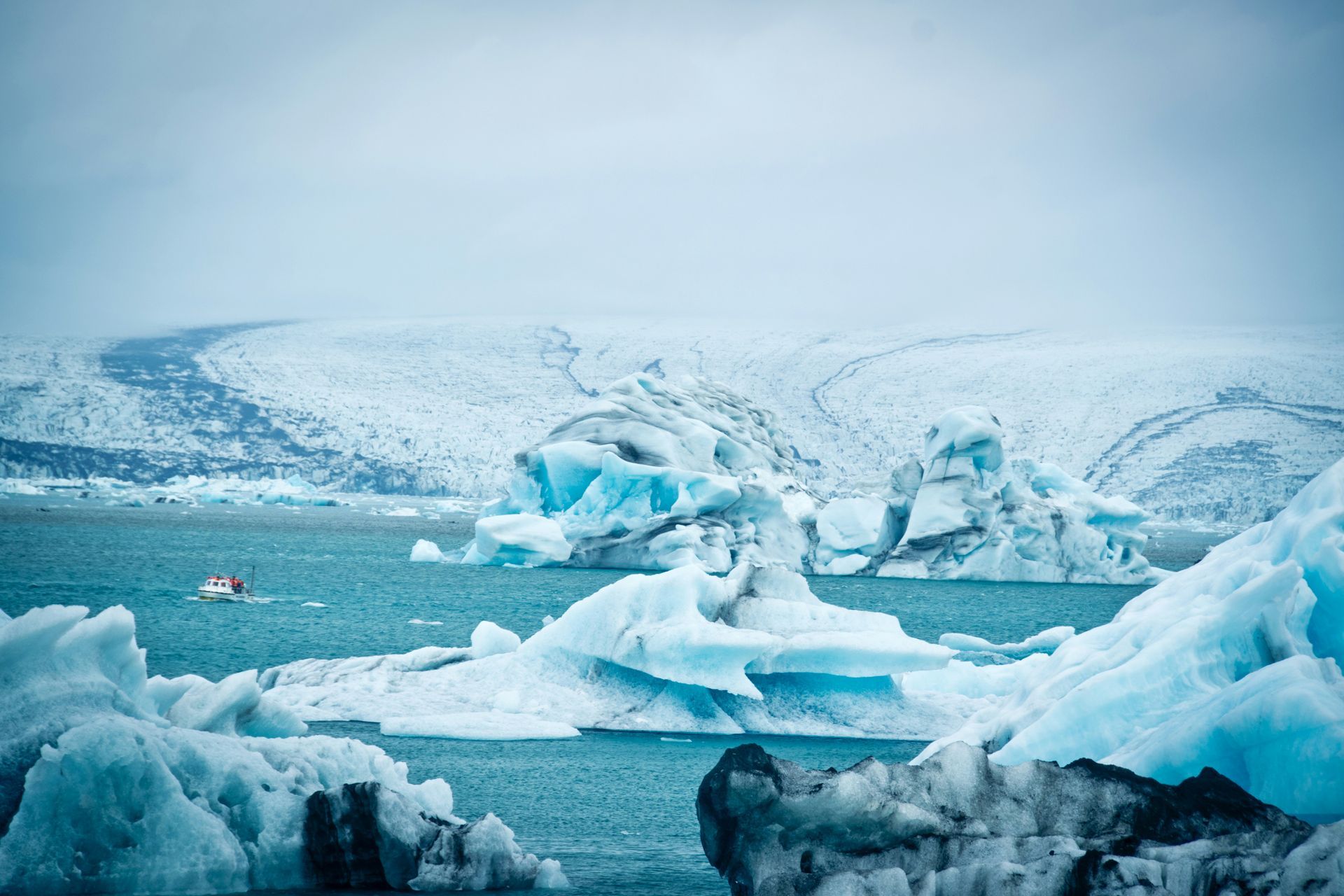
Slide title
Jökulsárlón
Button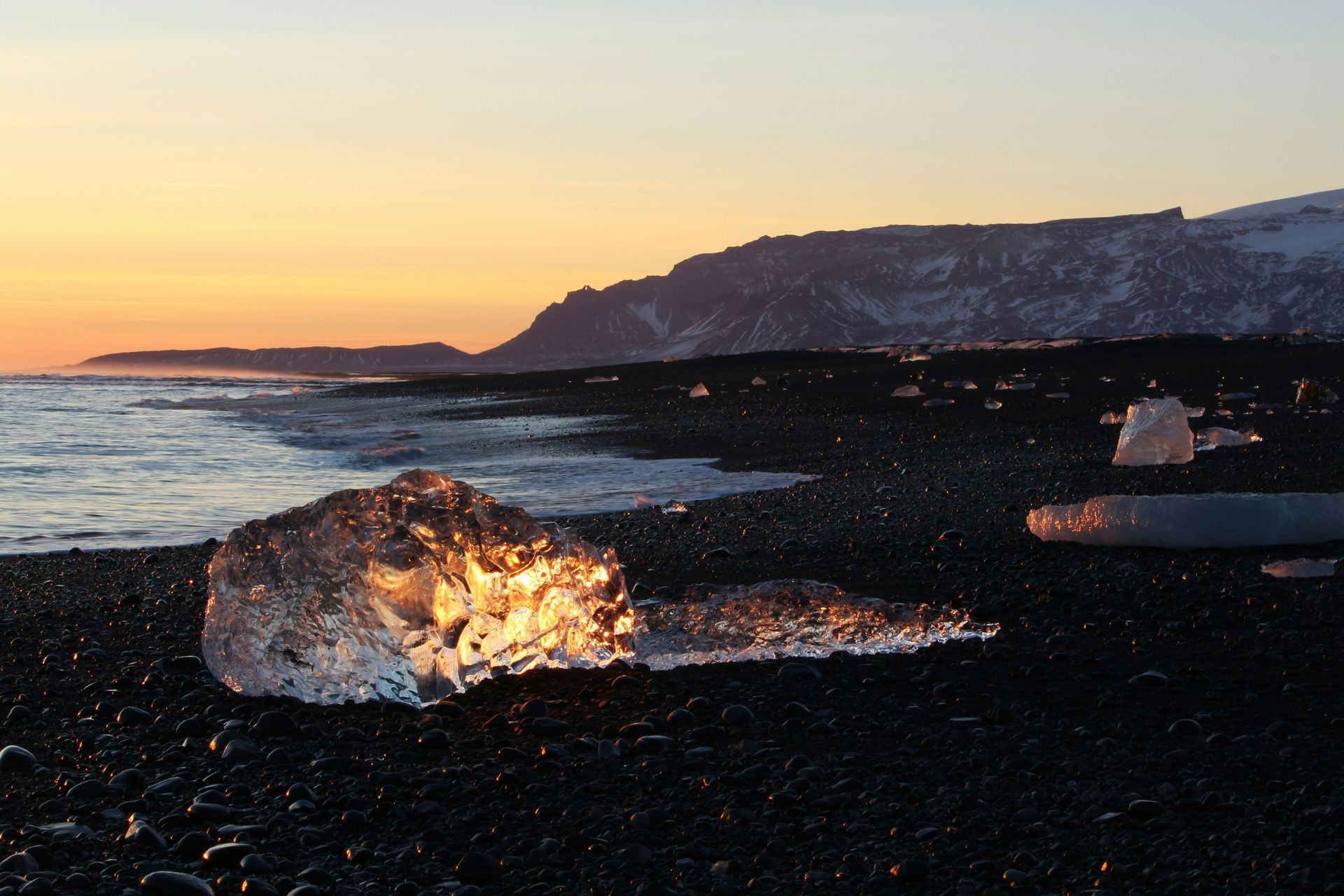
Slide title
Jökulsárlón
Button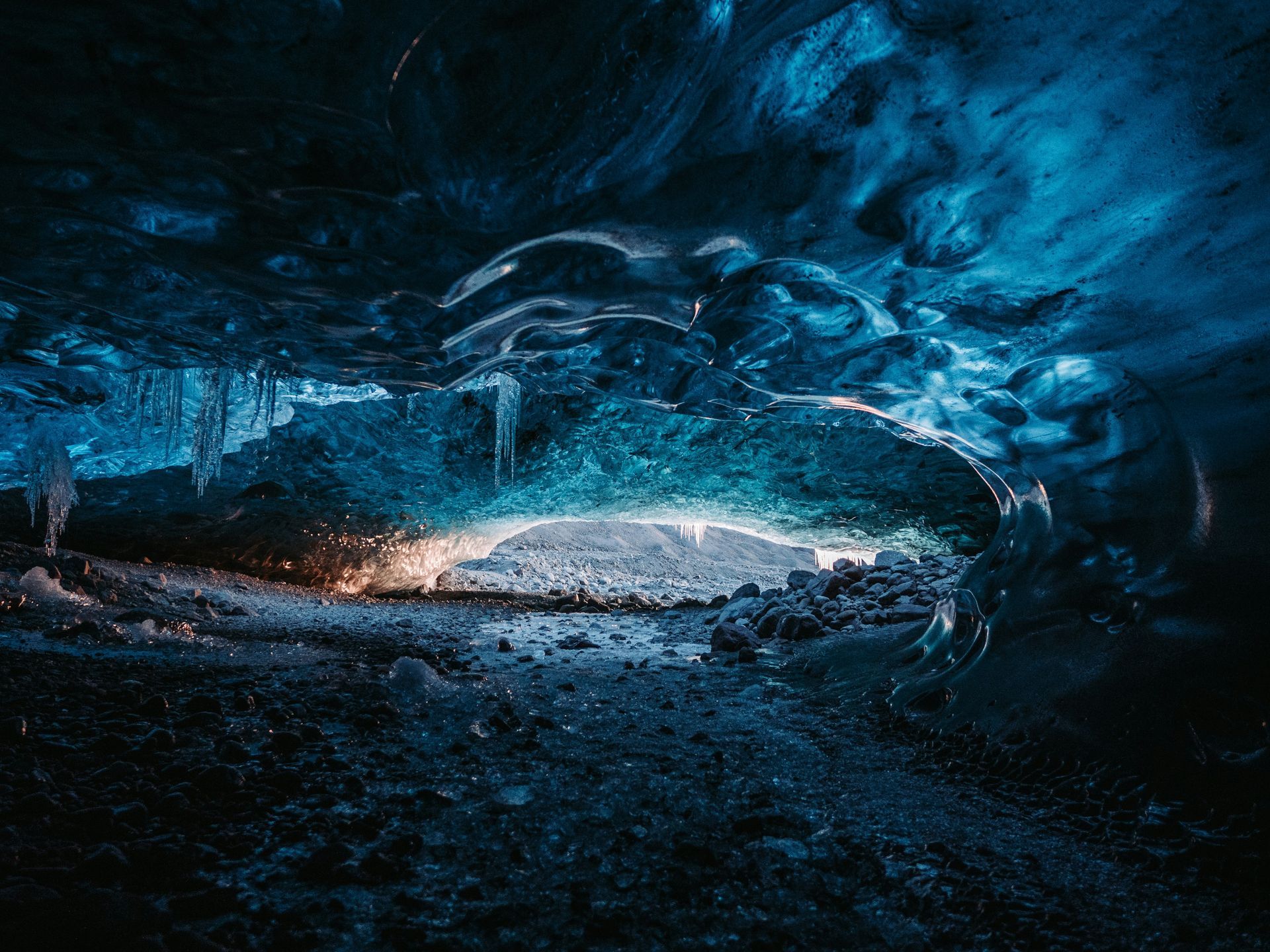
Slide title
Jökulsárlón
Button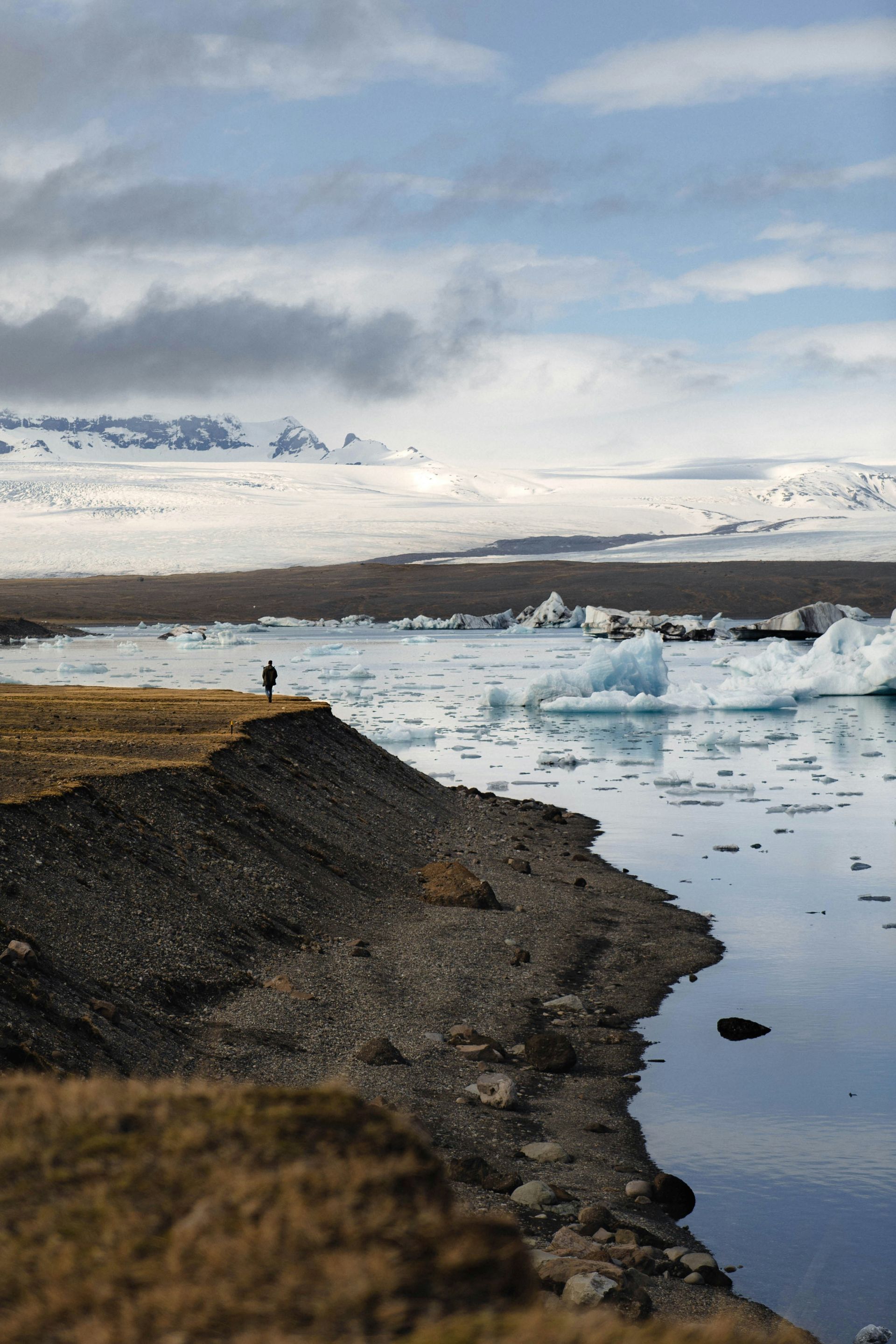
Slide title
Jökulsárlón
Button
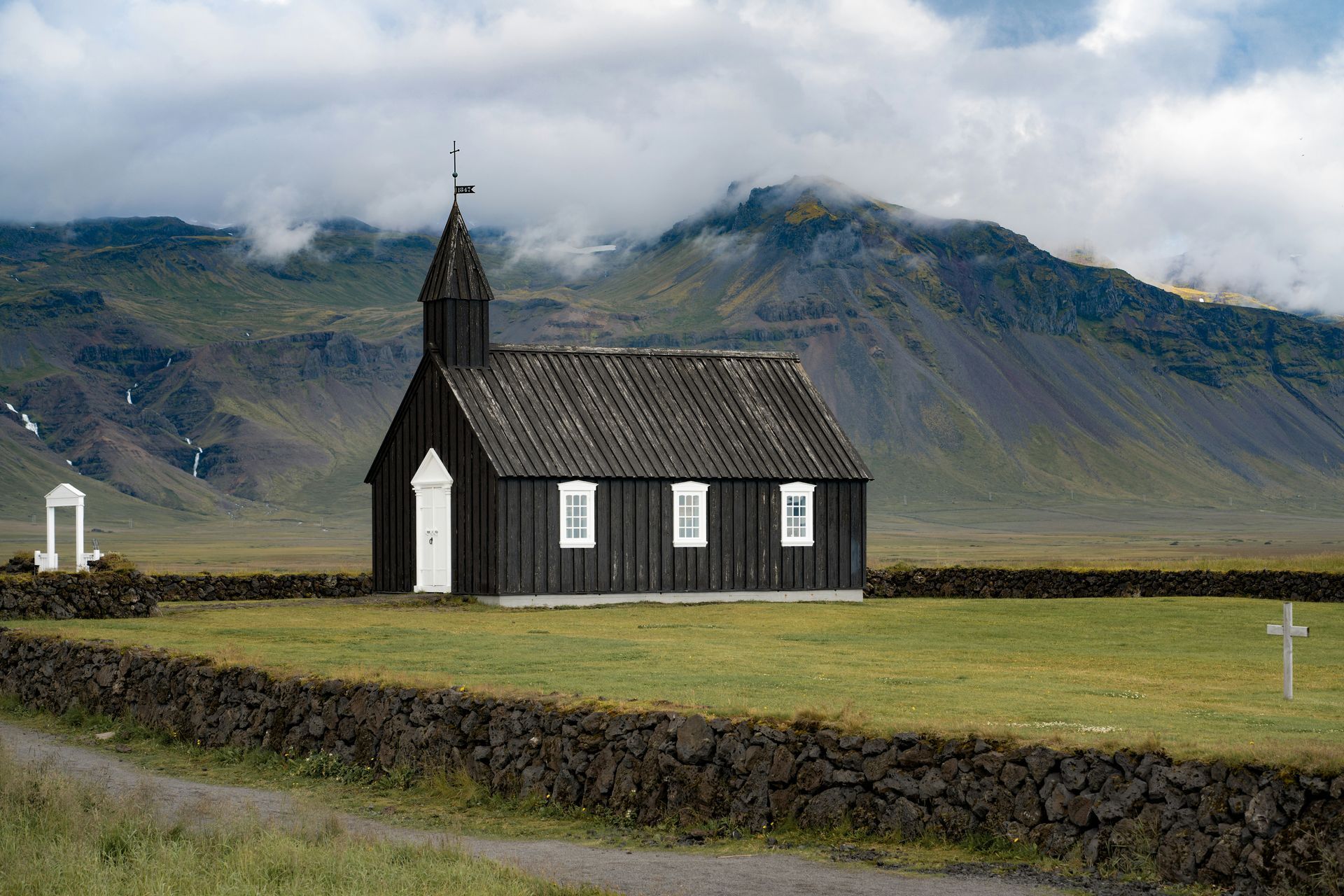
Slide title
Snæfellsnes
Button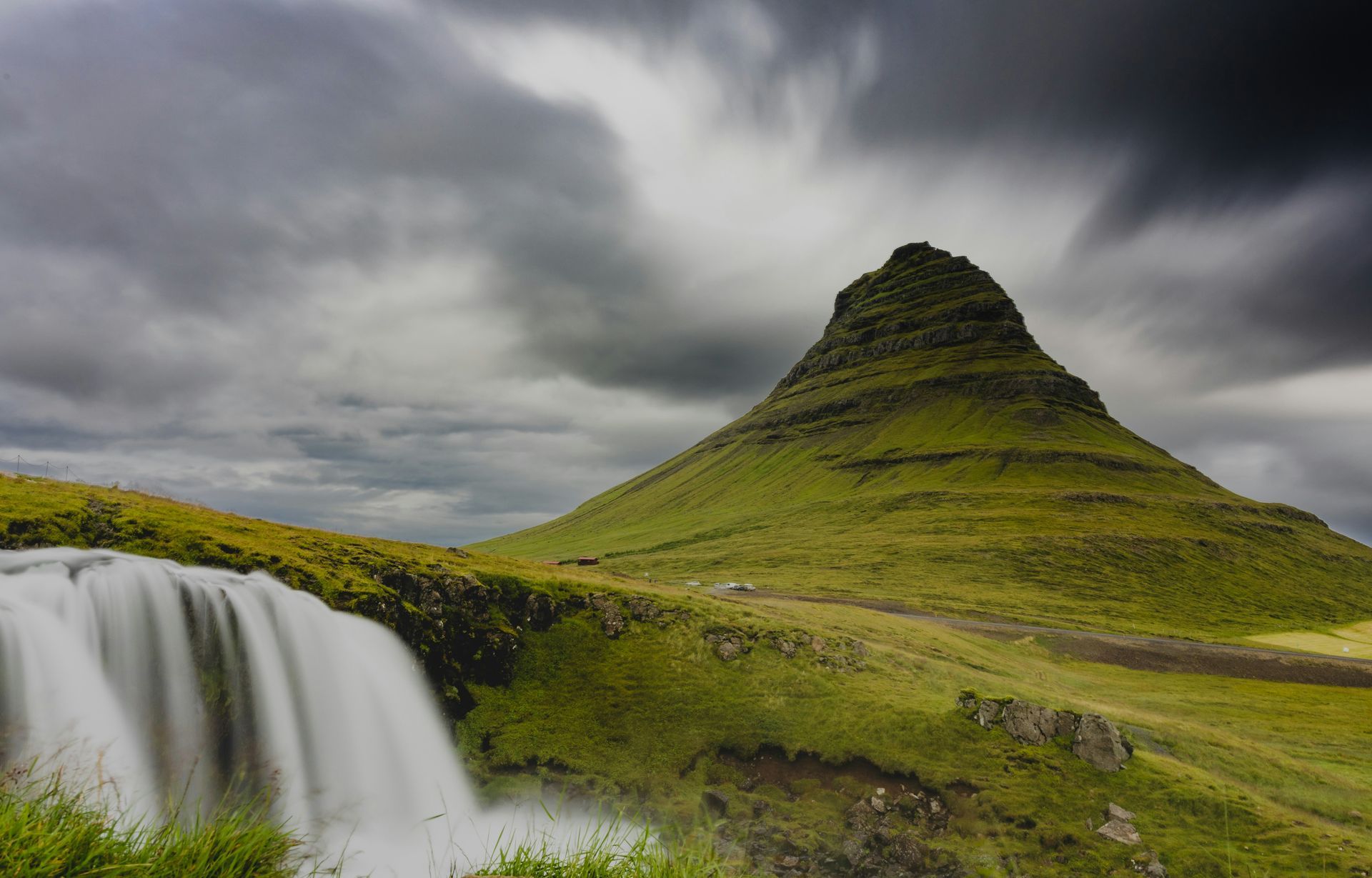
Slide title
Snæfellsnes
Button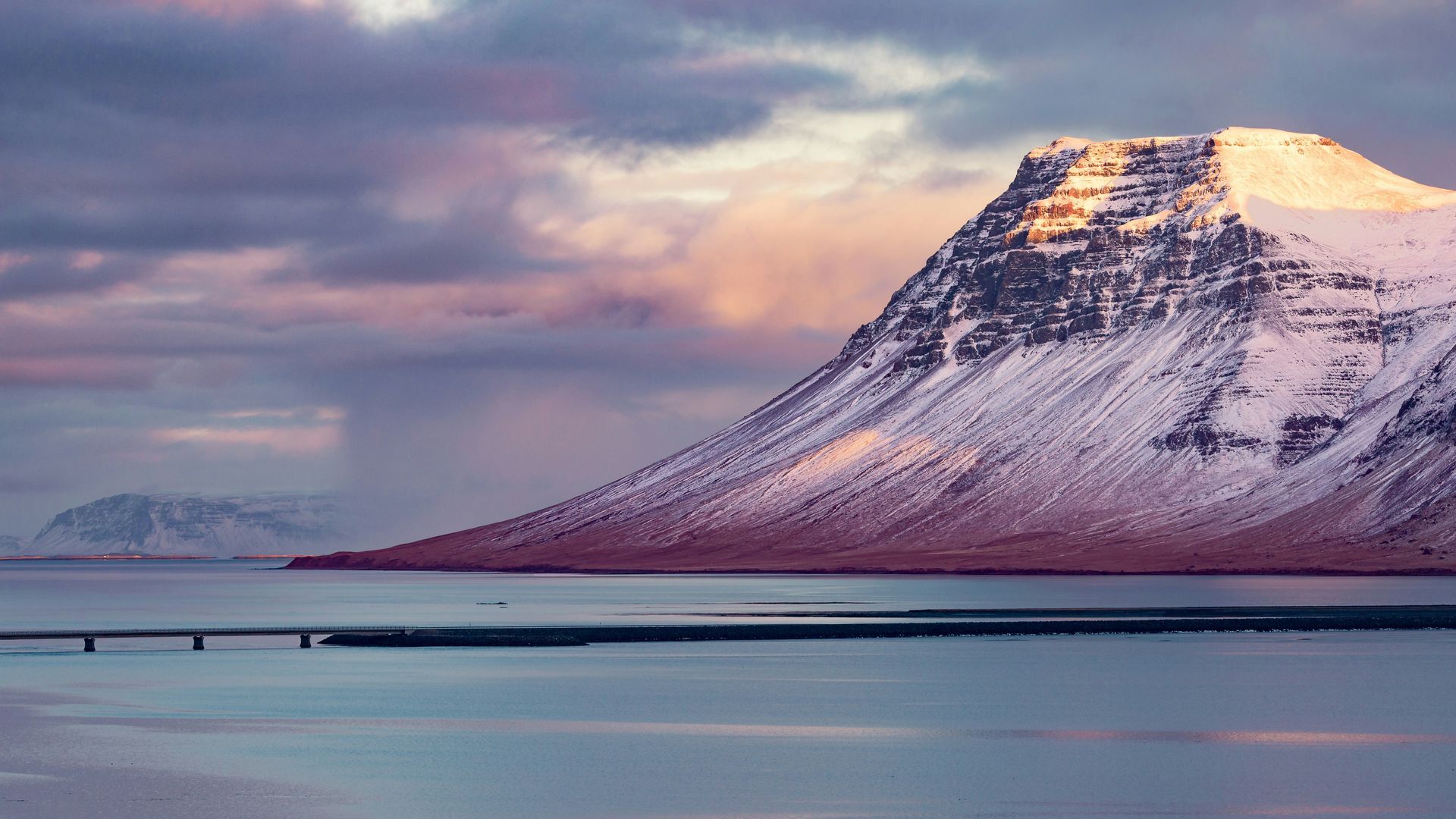
Slide title
Snæfellsnes
Button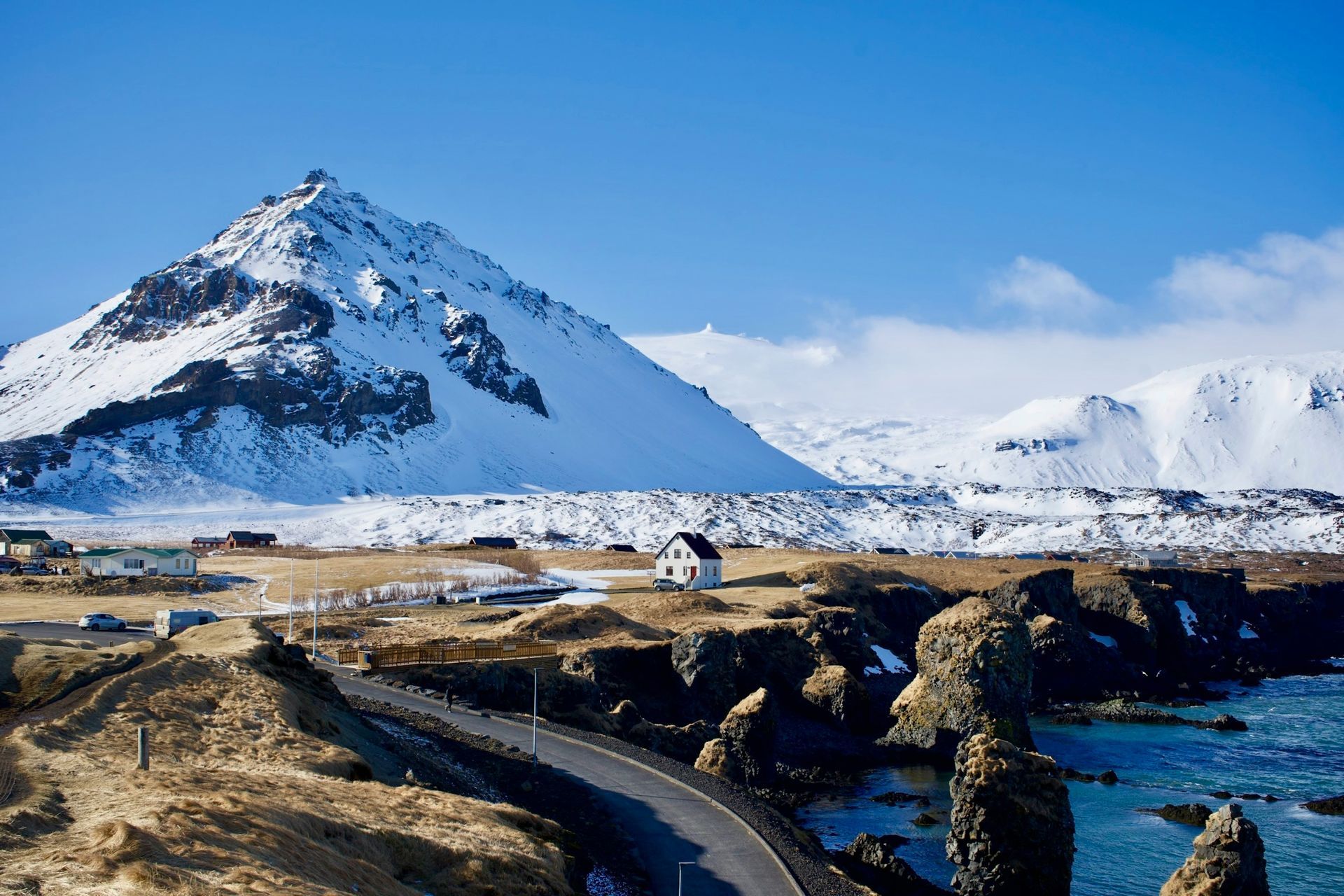
Slide title
Snæfellsnes
Button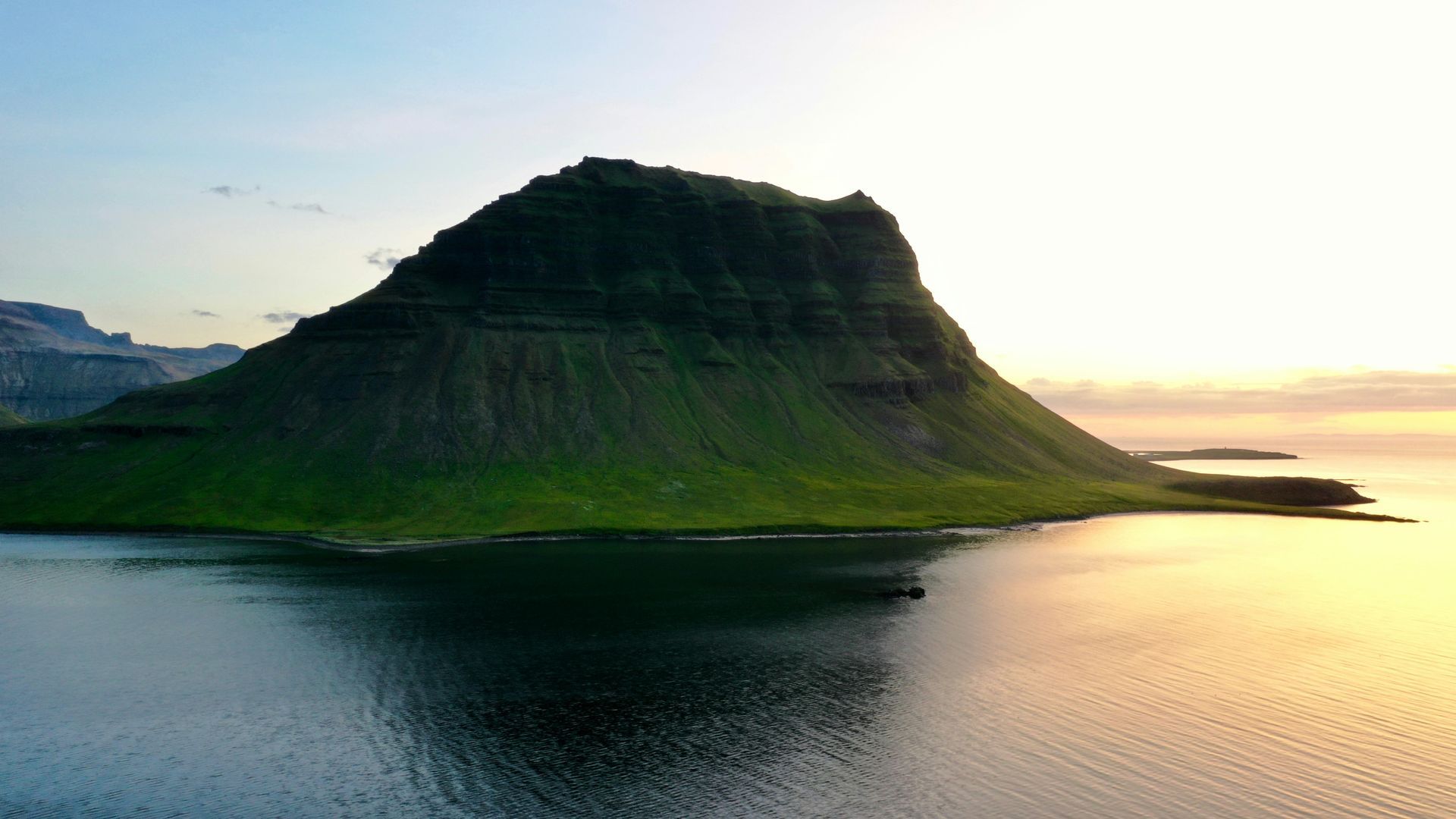
Slide title
Snæfellsnes
Button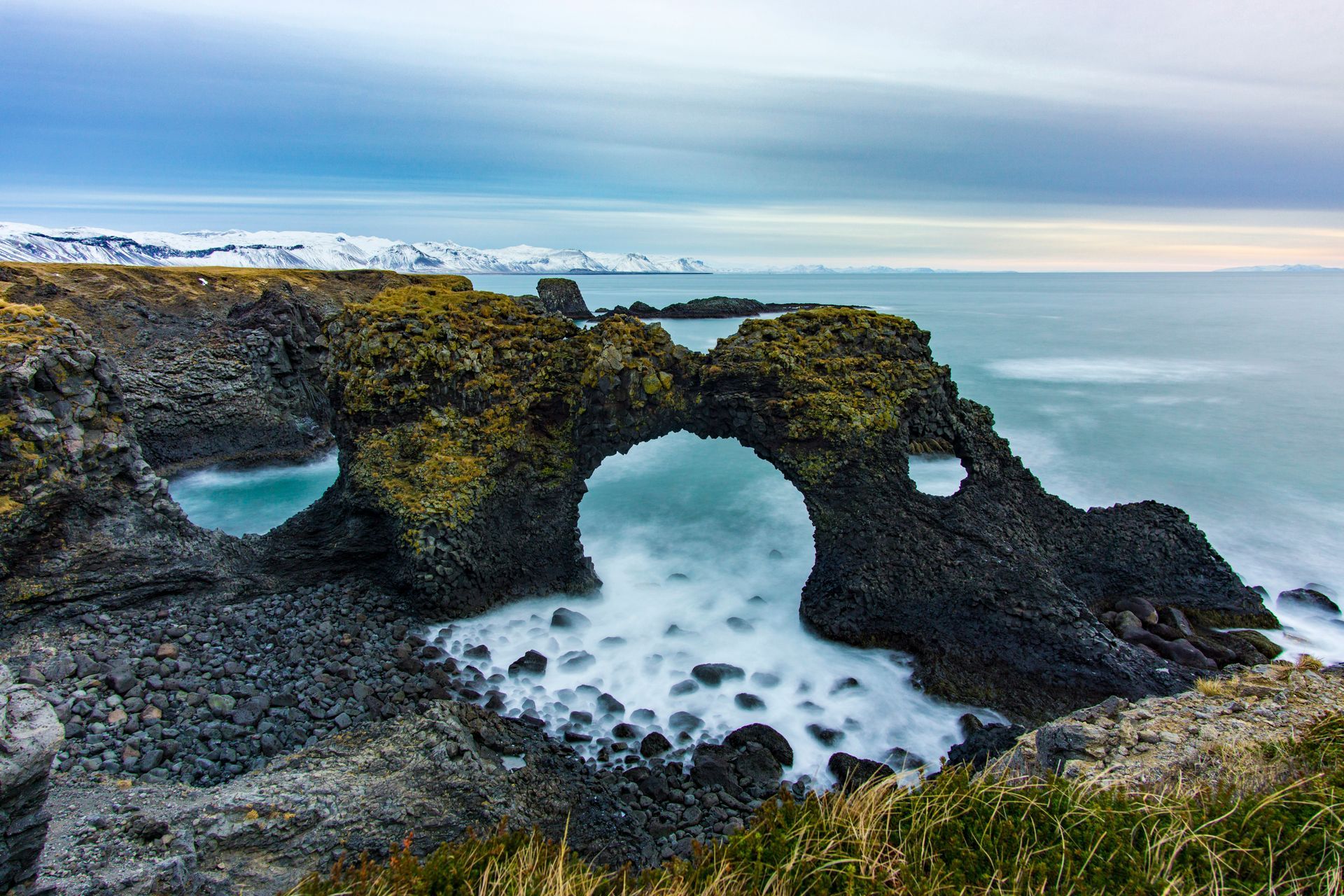
Slide title
Snæfellsnes
Button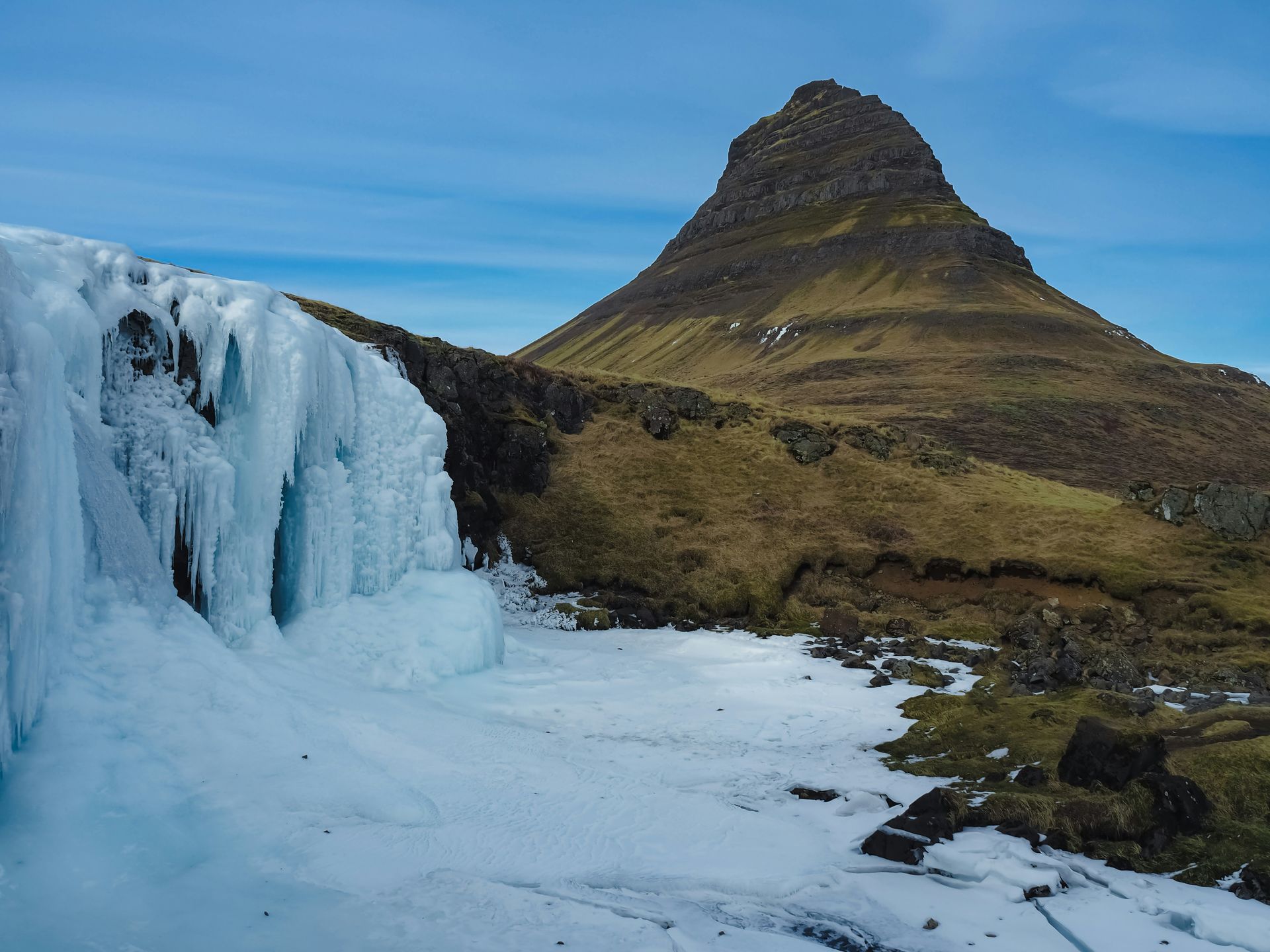
Slide title
Snæfellsnes
Button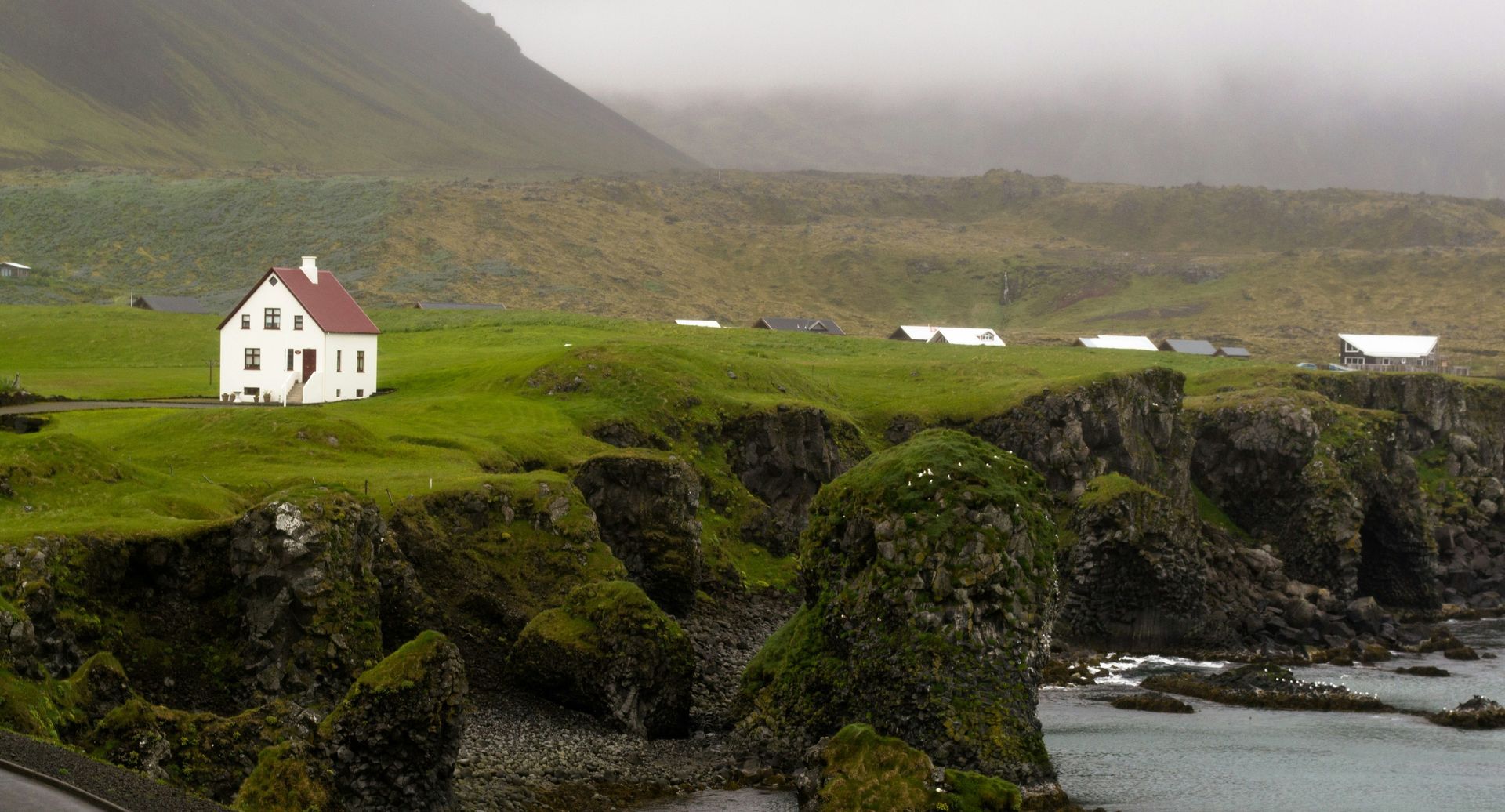
Slide title
Snæfellsnes
Button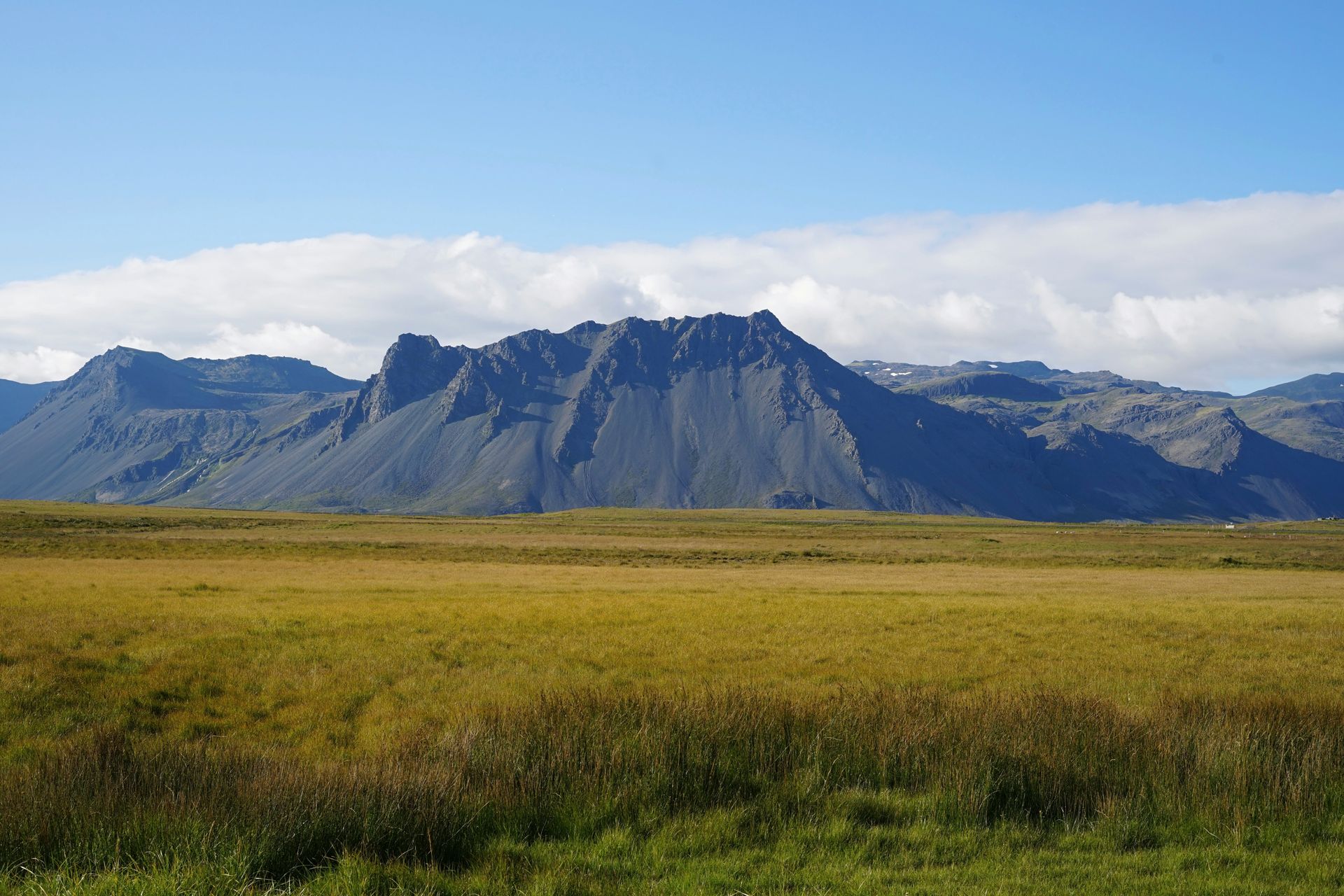
Slide title
Snæfellsnes
Button
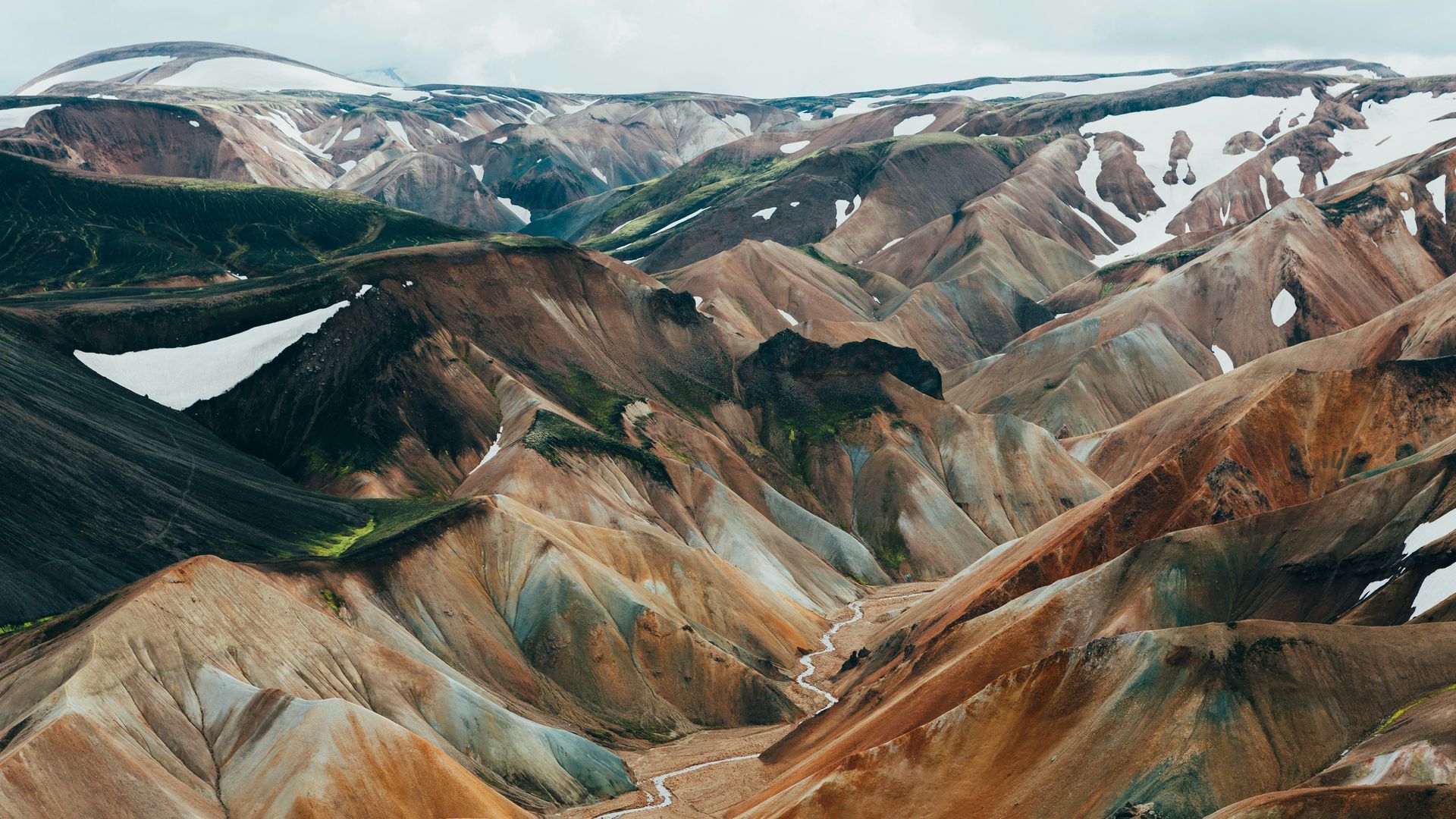
Slide title
Landmannalaugar
Button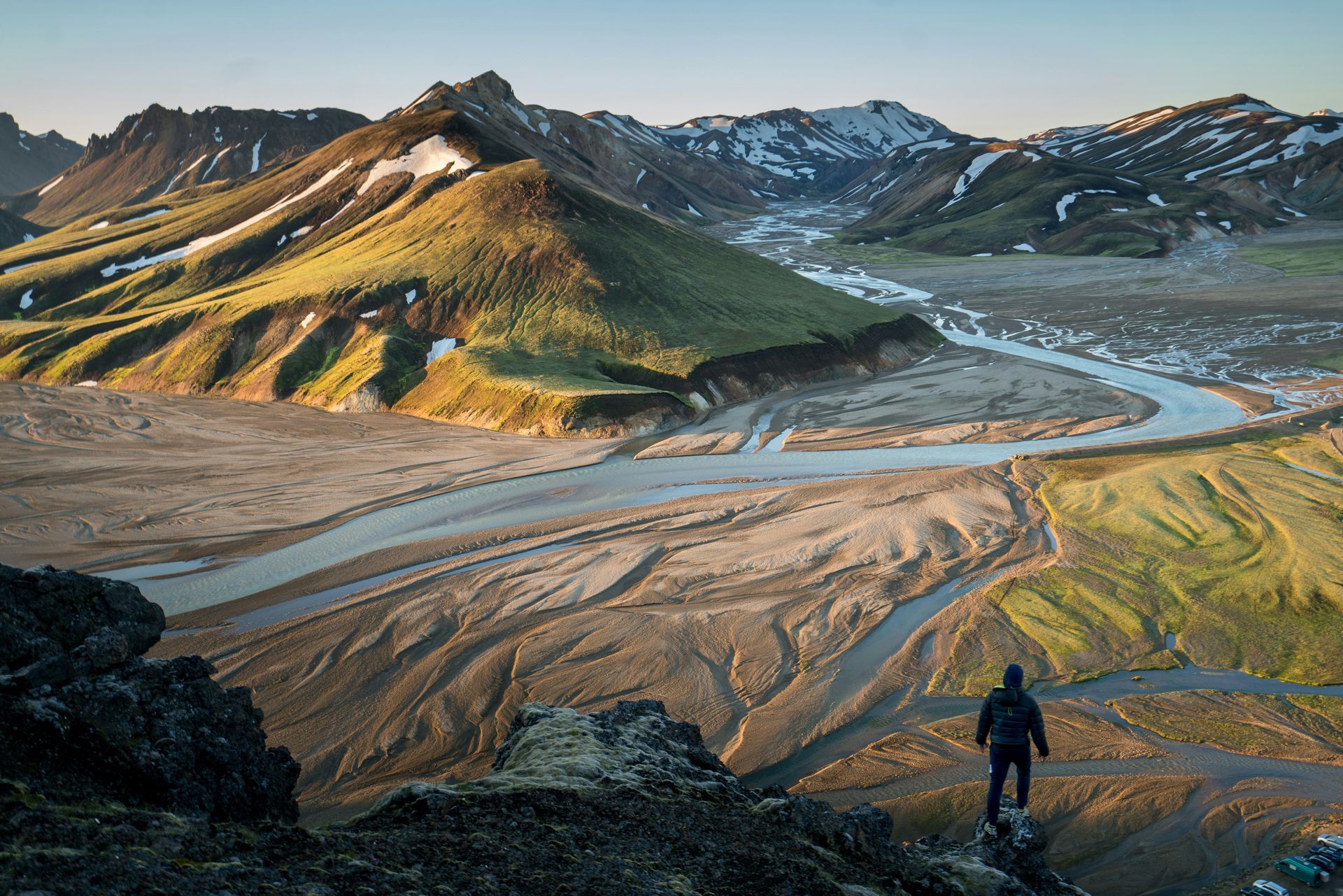
Slide title
Landmannalaugar
Button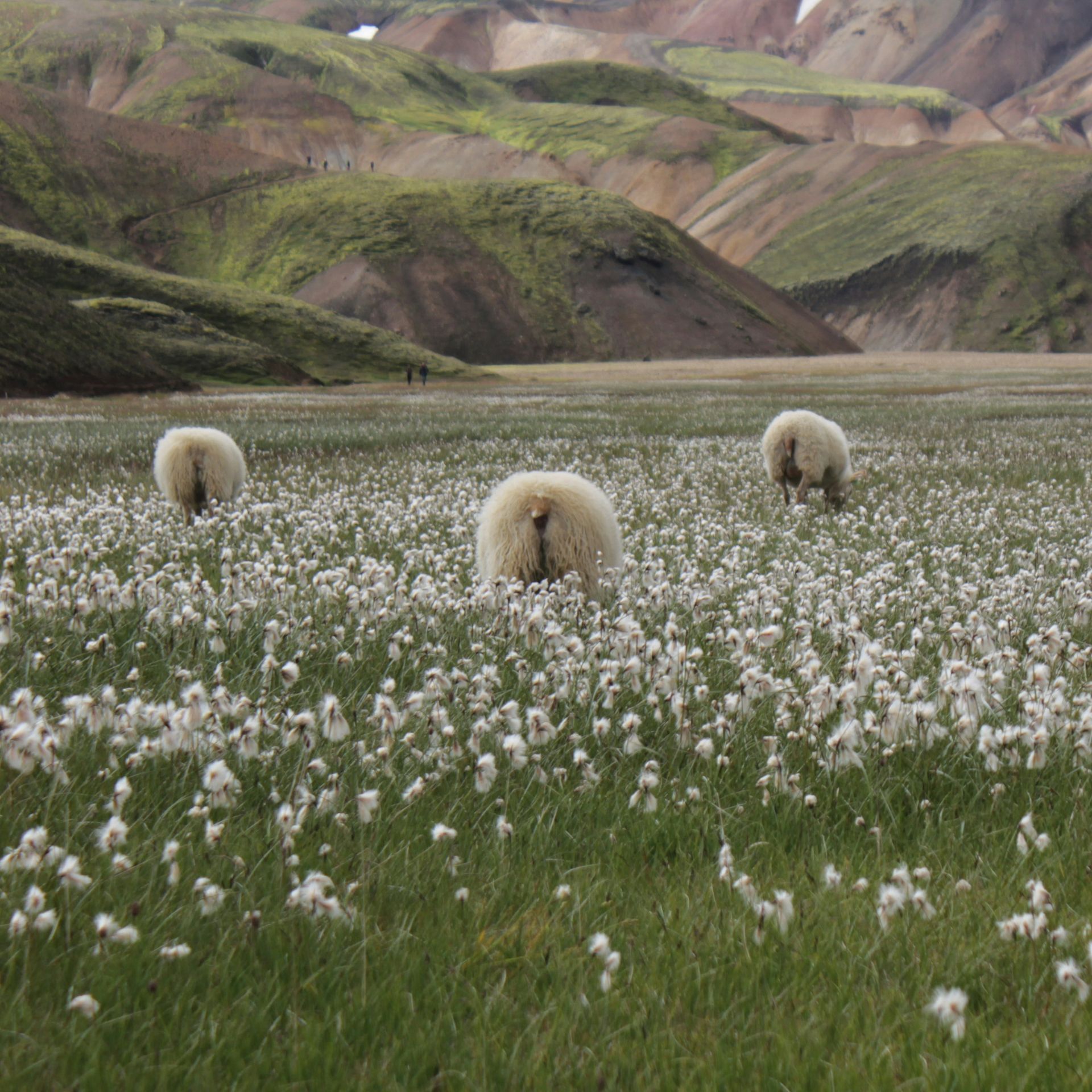
Slide title
Landmannalaugar
Button
Slide title
Landmannalaugar
Button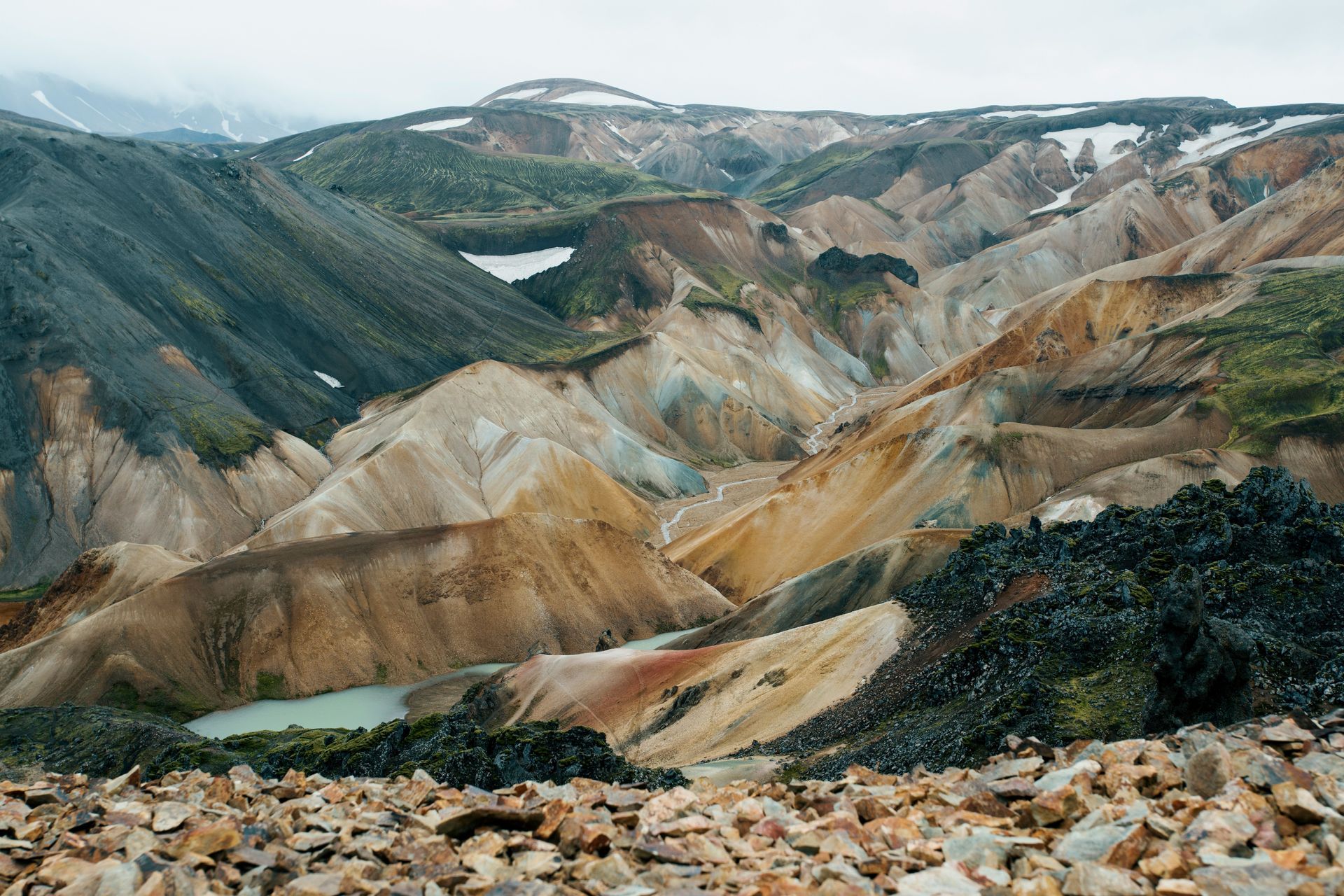
Slide title
Landmannalaugar
Button
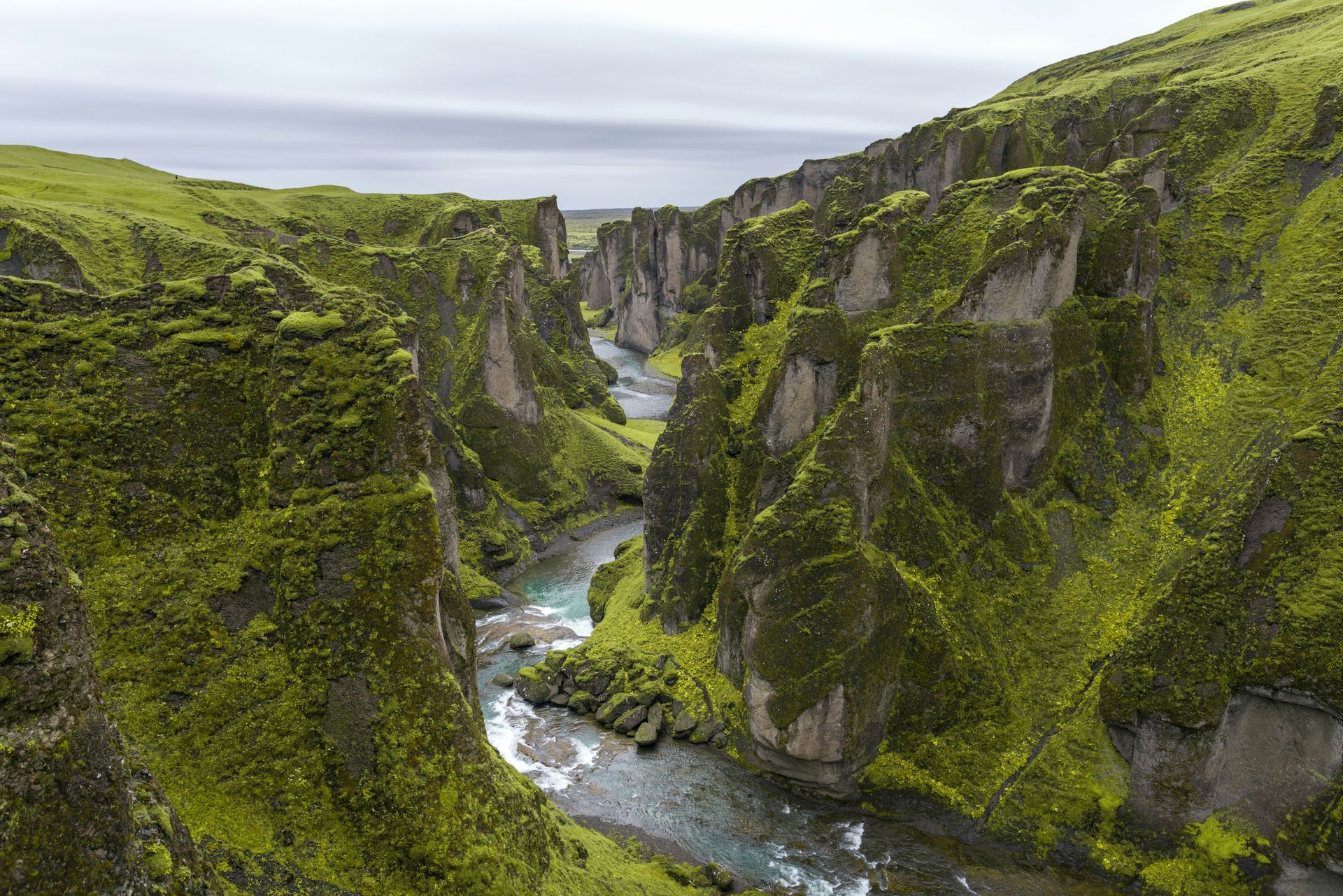
Slide title
Fjaðrárgljúfur
Button
Slide title
Fjaðrárgljúfur
Button
Slide title
Fjaðrárgljúfur
Button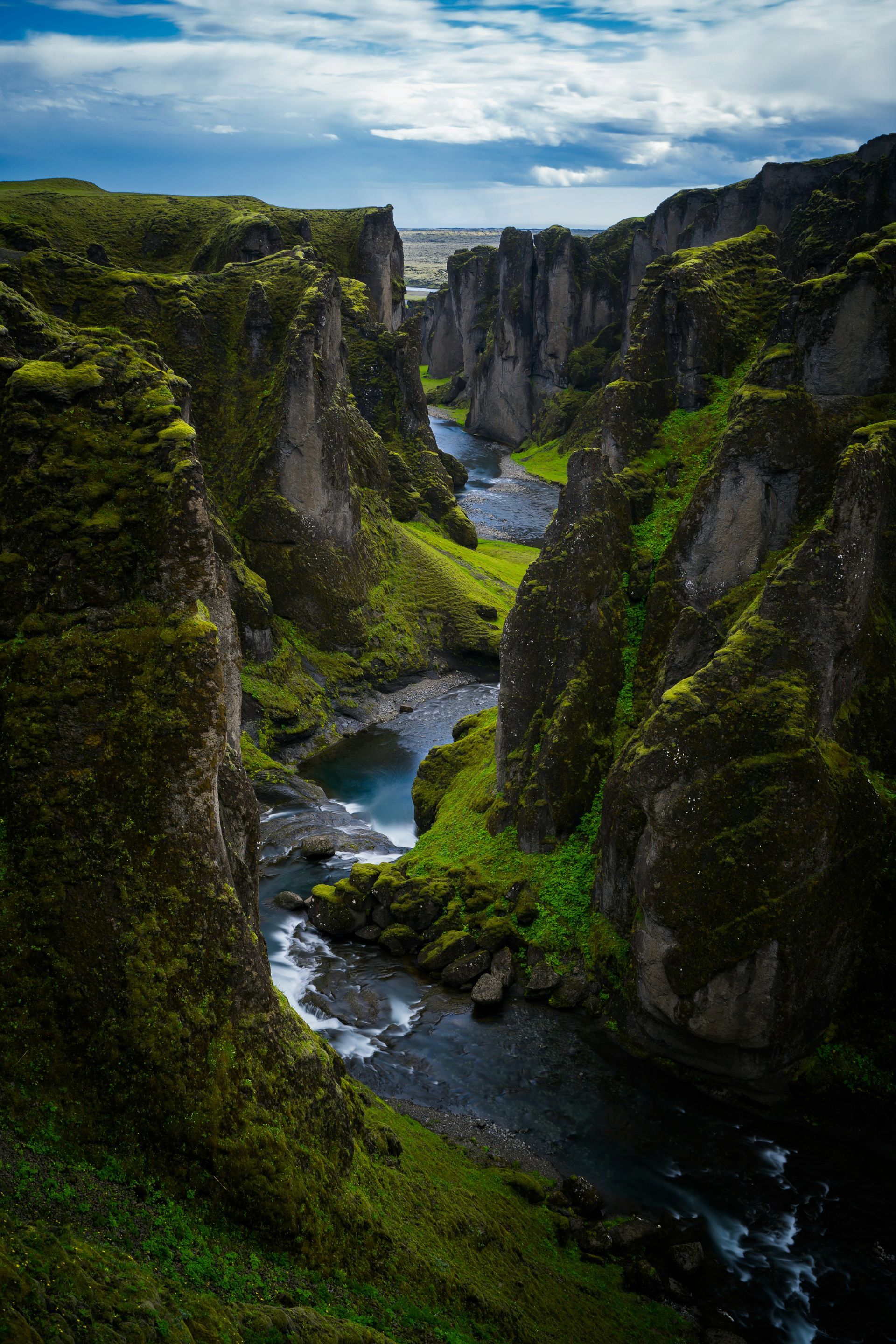
Slide title
Fjaðrárgljúfur
Button
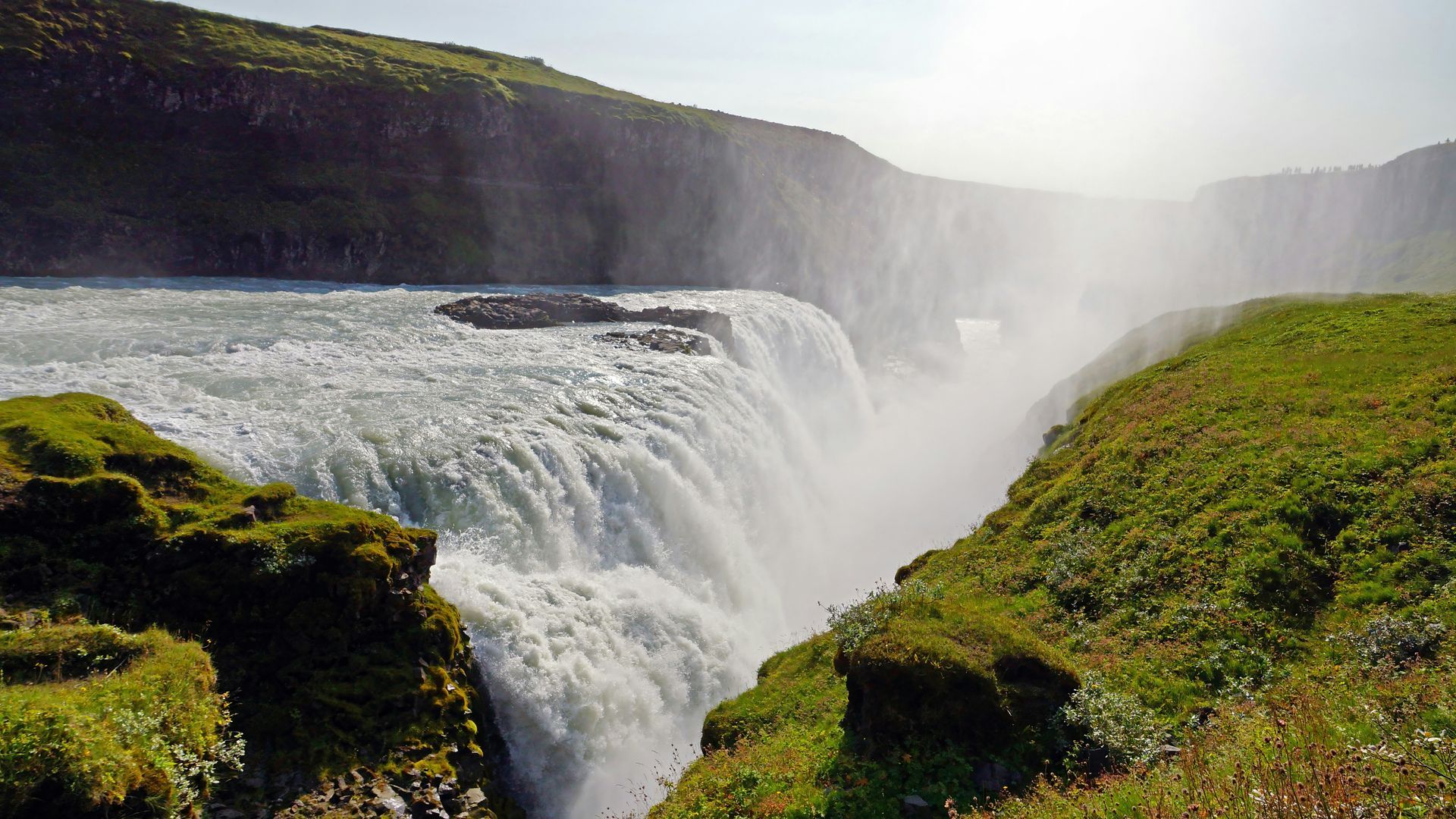
Slide title
Gullfoss Falls
Button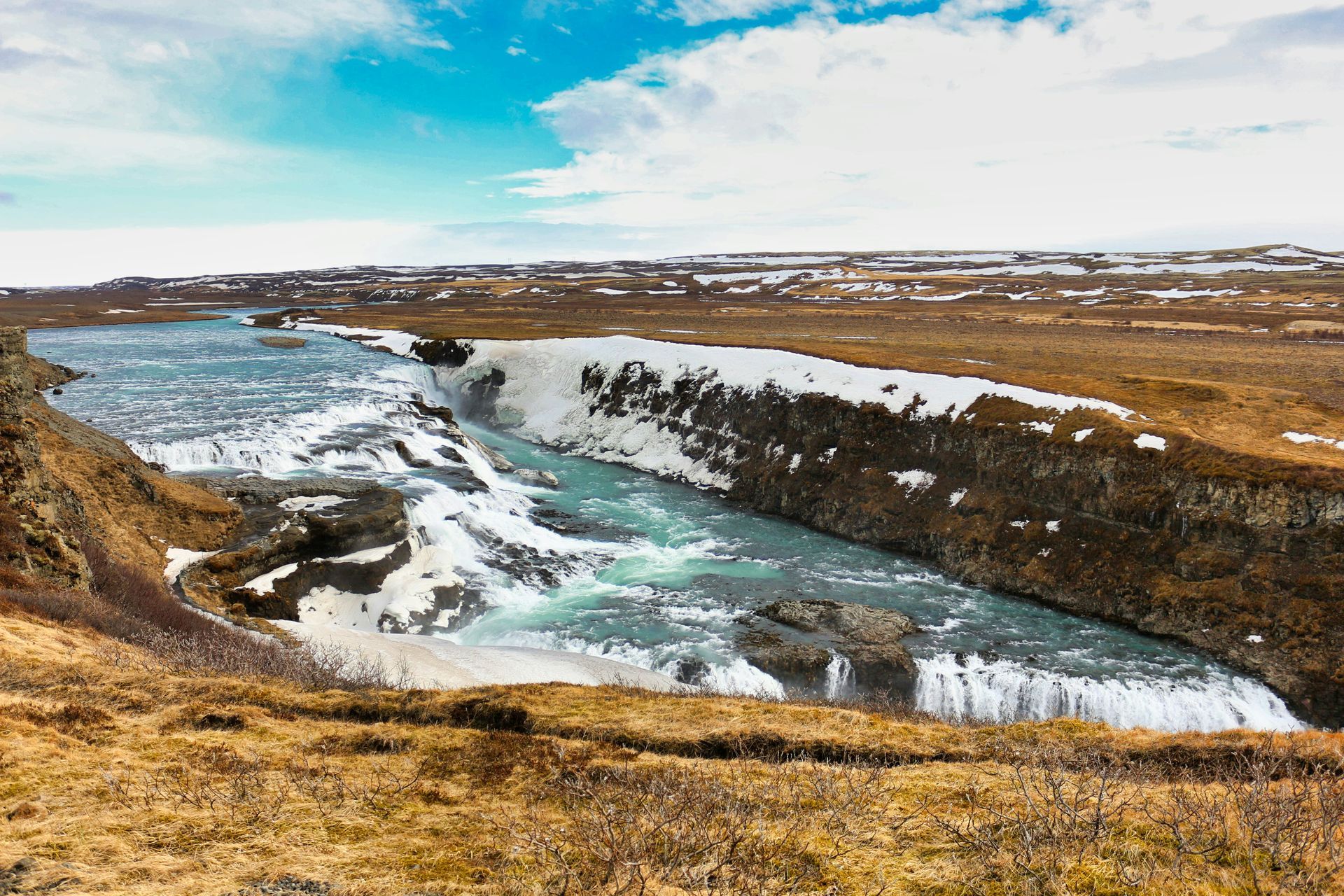
Slide title
Gullfoss Falls
Button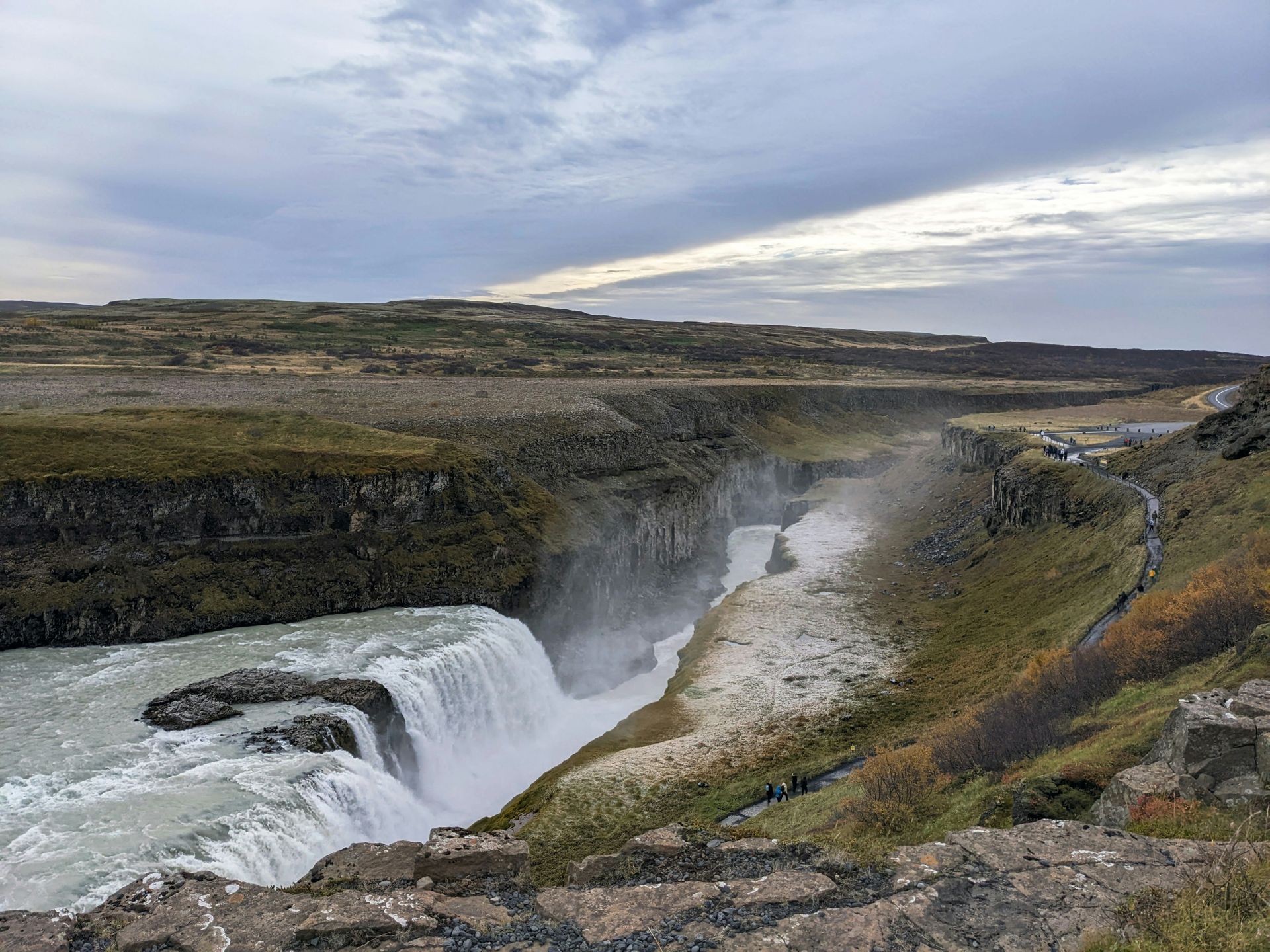
Slide title
Gullfoss Falls
Button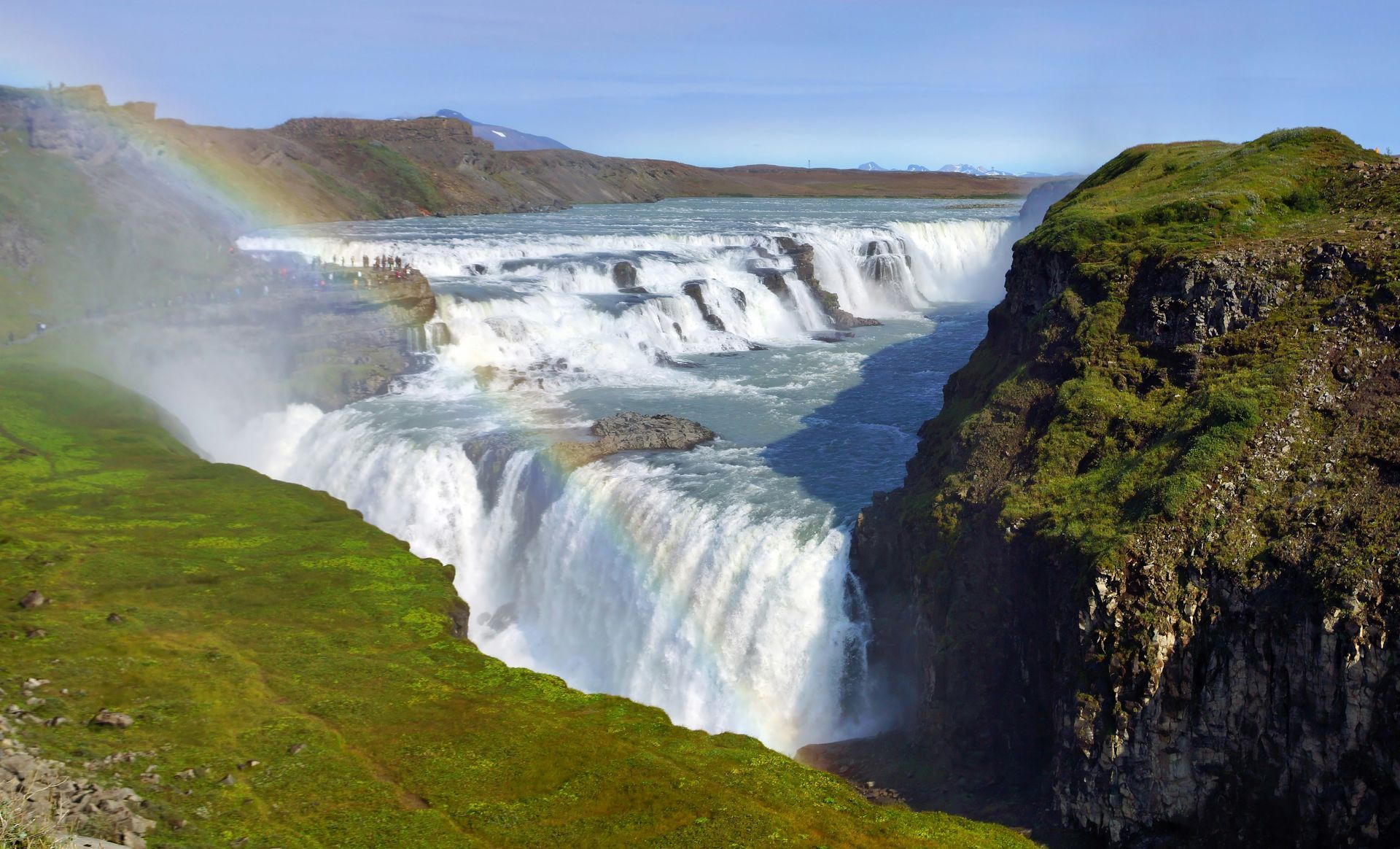
Slide title
Gullfoss Falls
Button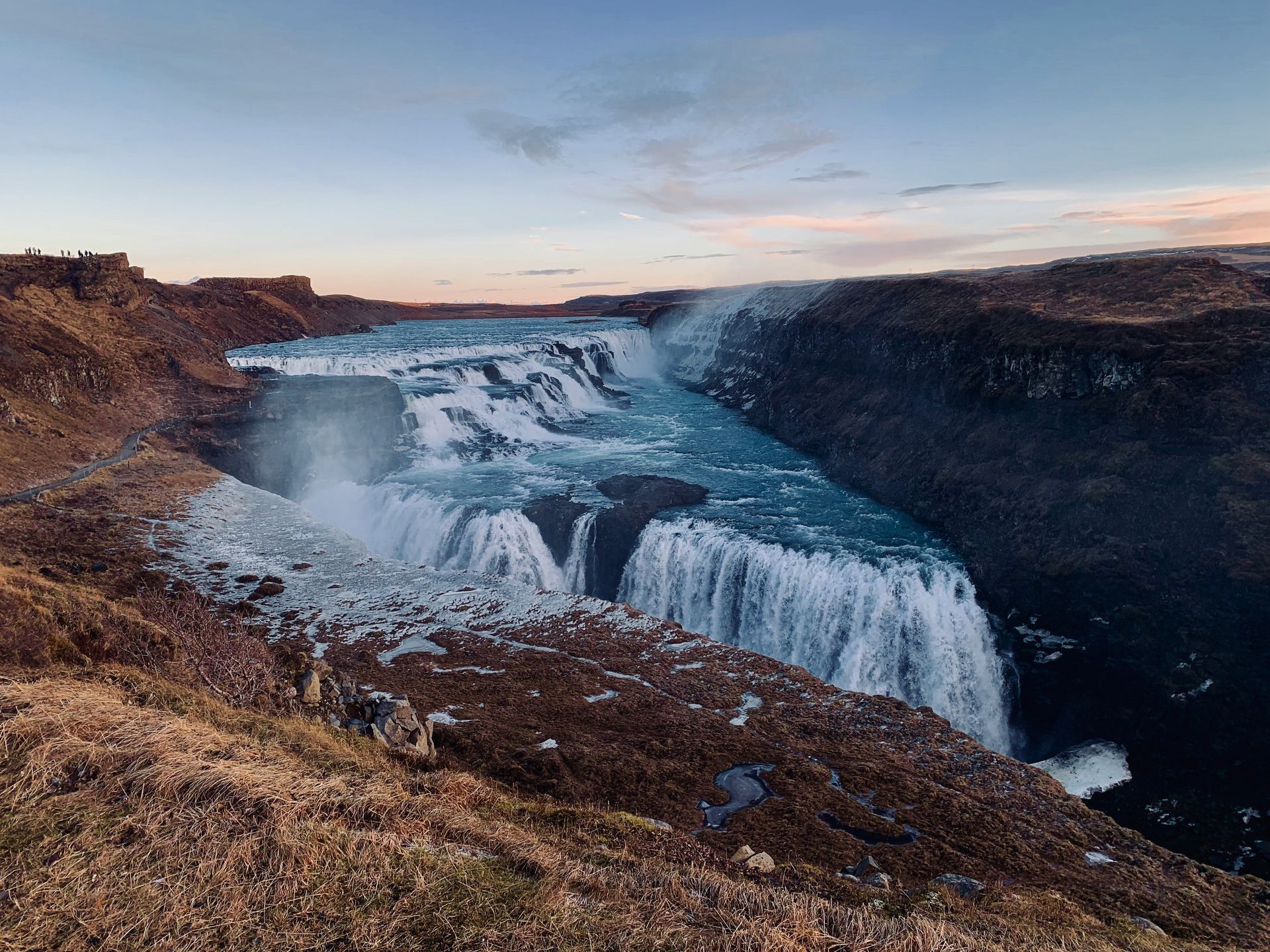
Slide title
Gullfoss Falls
Button

Slide title
Stuðlagil Canyon
Button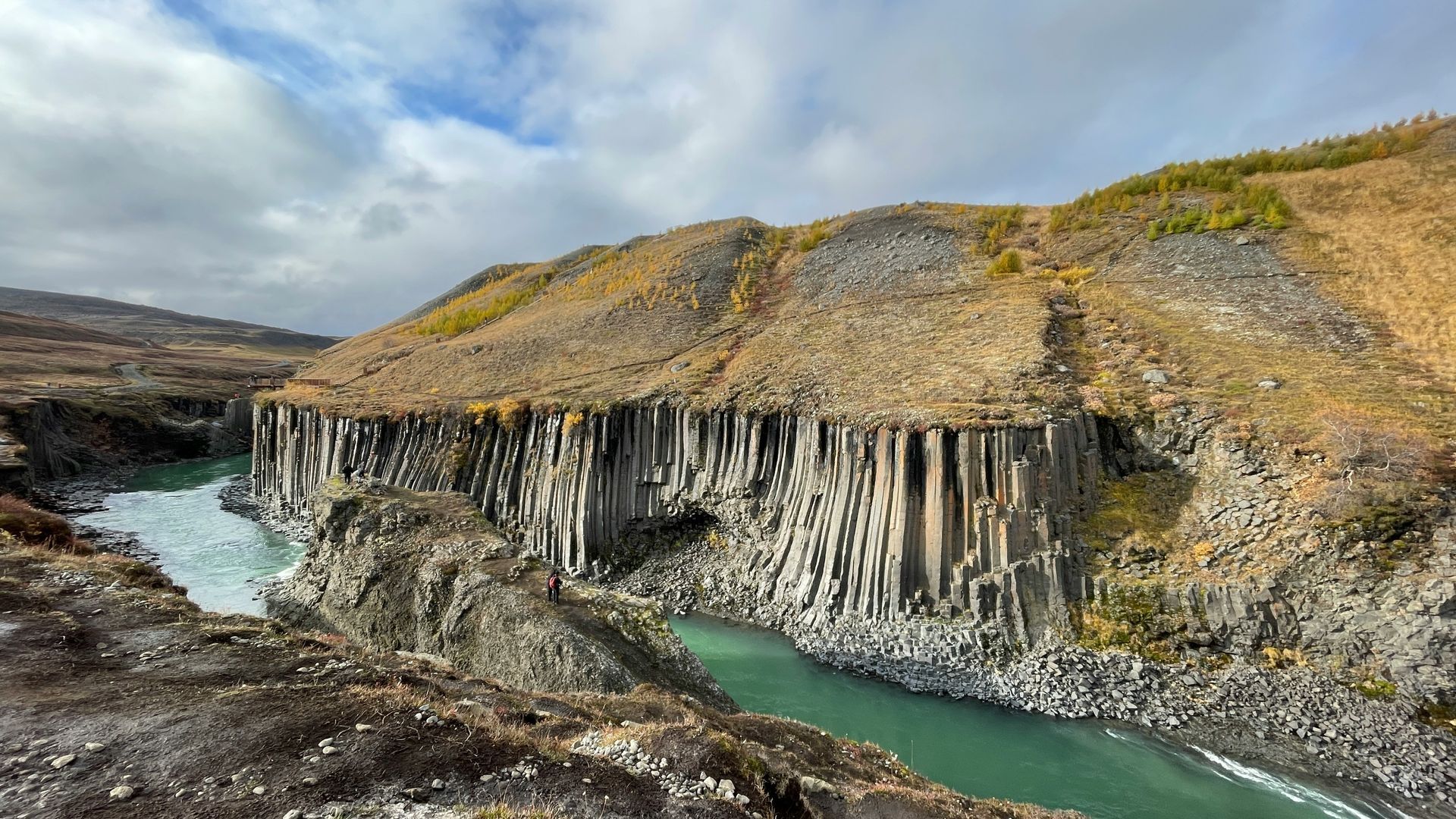
Slide title
Stuðlagil Canyon
Button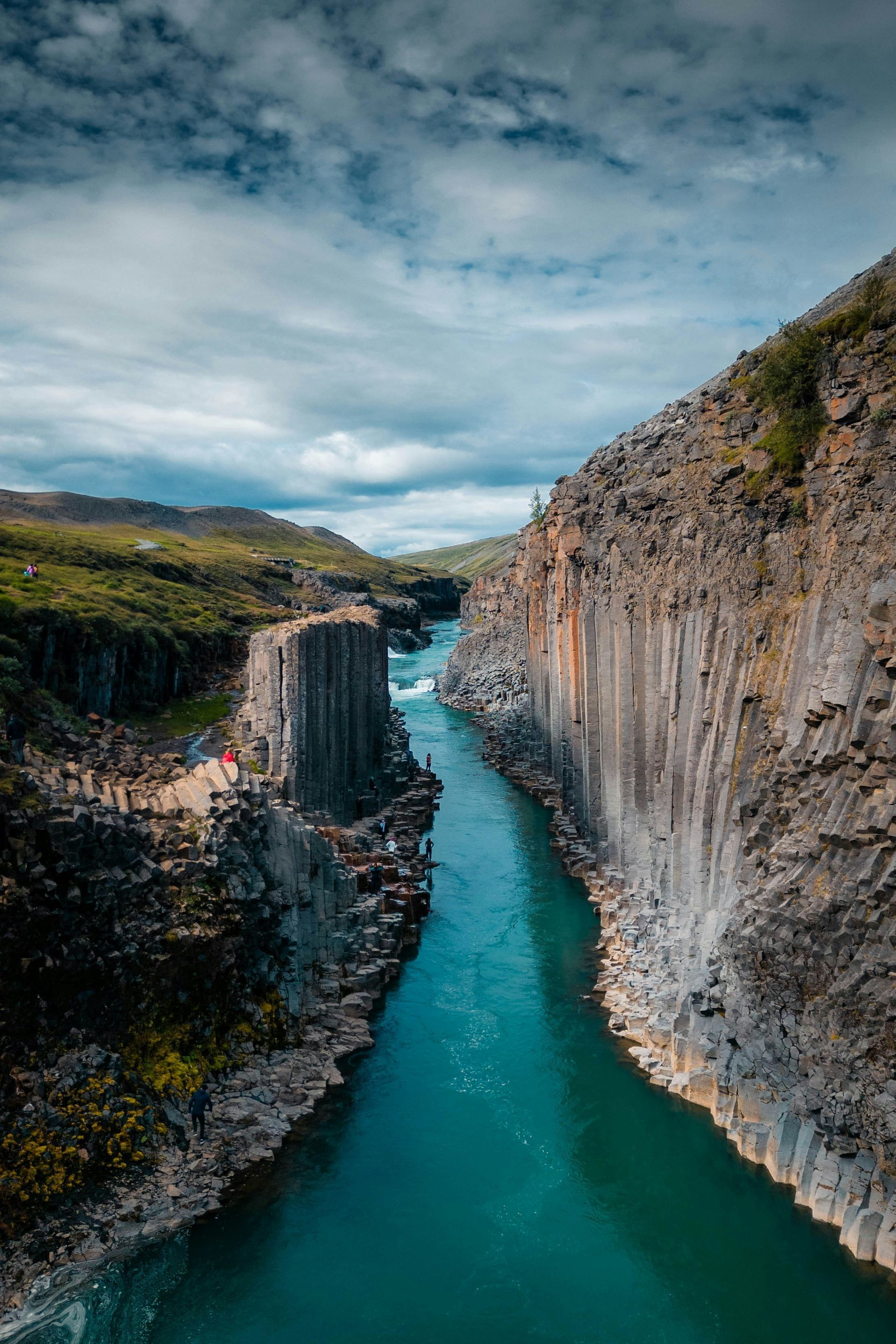
Slide title
Stuðlagil Canyon
Button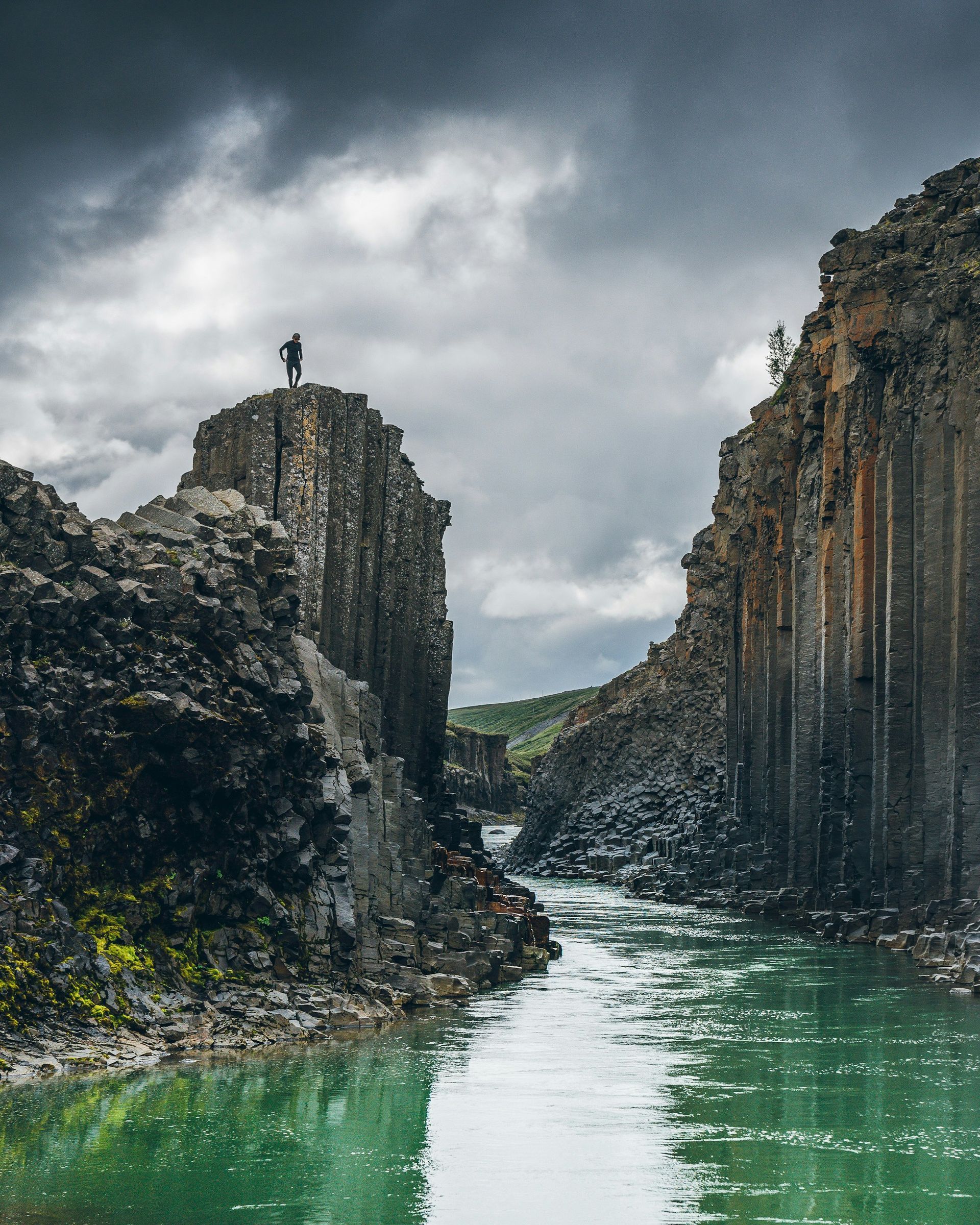
Slide title
Stuðlagil Canyon
Button
Featured Destinations

Slide title
Reykjavík
Button
Slide title
Reykjavík
Button
Slide title
Reykjavík
Button
Slide title
Reykjavík
Button
Slide title
Reykjavík
Button
Slide title
Reykjavík
Button
Slide title
Reykjavík
Button
Slide title
Reykjavík
Button

Slide title
Vatnajökull
Button
Slide title
Vatnajökull
Button
Slide title
Vatnajökull
Button
Slide title
Vatnajökull
Button
Slide title
Vatnajökull
Button
Slide title
Vatnajökull
Button
Slide title
Vatnajökull
Button
Slide title
Vatnajökull
Button
Slide title
Vatnajökull
Button
Slide title
Vatnajökull
Button
Slide title
Vatnajökull
Button
Slide title
Vatnajökull
Button
Slide title
Vatnajökull
Button
Slide title
Vatnajökull
Button
Slide title
Vatnajökull
Button

Slide title
Seljalandsfoss
Button
Slide title
Seljalandsfoss
Button
Slide title
Seljalandsfoss
Button
Slide title
Seljalandsfoss
Button
Slide title
Seljalandsfoss
Button

Slide title
Blue Lagoon
Button
Slide title
Blue Lagoon
Button
Slide title
Blue Lagoon
Button
Slide title
Blue Lagoon
Button
Slide title
Blue Lagoon
Button
Slide title
Blue Lagoon
Button

Slide title
Reynisfjara Beach
Button
Slide title
Reynisfjara Beach
Button
Slide title
Reynisfjara Beach
Button
Slide title
Reynisfjara Beach
Button
Slide title
Reynisfjara Beach
Button
Slide title
Reynisfjara Beach
Button
Slide title
Reynisfjara Beach
Button

Slide title
Skógafoss
Button
Slide title
Skógafoss
Button
Slide title
Skógafoss
Button
Slide title
Skógafoss
Button

Slide title
Jökulsárlón
Button
Slide title
Jökulsárlón
Button
Slide title
Jökulsárlón
Button
Slide title
Jökulsárlón
Button
Slide title
Jökulsárlón
Button
Slide title
Jökulsárlón
Button
Slide title
Jökulsárlón
Button
Slide title
Jökulsárlón
Button

Slide title
Snæfellsnes
Button
Slide title
Snæfellsnes
Button
Slide title
Snæfellsnes
Button
Slide title
Snæfellsnes
Button
Slide title
Snæfellsnes
Button
Slide title
Snæfellsnes
Button
Slide title
Snæfellsnes
Button
Slide title
Snæfellsnes
Button
Slide title
Snæfellsnes
Button

Slide title
Landmannalaugar
Button
Slide title
Landmannalaugar
Button
Slide title
Landmannalaugar
Button
Slide title
Landmannalaugar
Button
Slide title
Landmannalaugar
Button

Slide title
Fjaðrárgljúfur
Button
Slide title
Fjaðrárgljúfur
Button
Slide title
Fjaðrárgljúfur
Button
Slide title
Fjaðrárgljúfur
Button

Slide title
Gullfoss Falls
Button
Slide title
Gullfoss Falls
Button
Slide title
Gullfoss Falls
Button
Slide title
Gullfoss Falls
Button
Slide title
Gullfoss Falls
Button

Slide title
Stuðlagil Canyon
Button
Slide title
Stuðlagil Canyon
Button
Slide title
Stuðlagil Canyon
Button
Slide title
Stuðlagil Canyon
Button
The Golden Circle
One of Iceland’s most iconic routes, the Golden Circle is a journey through stunning landscapes and natural wonders, all within reach of Reykjavík. This celebrated circuit takes travelers to three of the country’s most remarkable sites: Þingvellir National Park, a UNESCO World Heritage Site where Iceland’s parliament was founded and the Eurasian and North American tectonic plates meet; the powerful Gullfoss waterfall, cascading in two dramatic tiers; and the Geysir geothermal area, where bubbling hot springs and erupting geysers showcase Iceland’s raw energy. Along the way, visitors also discover charming farms, lava fields, and hidden hot springs, making the Golden Circle the perfect introduction to Iceland’s breathtaking scenery and cultural heritage.
The Golden Circle
One of Iceland’s most iconic routes, the Golden Circle is a journey through stunning landscapes and natural wonders, all within reach of Reykjavík. This celebrated circuit takes travelers to three of the country’s most remarkable sites: Þingvellir National Park, a UNESCO World Heritage Site where Iceland’s parliament was founded and the Eurasian and North American tectonic plates meet; the powerful Gullfoss waterfall, cascading in two dramatic tiers; and the Geysir geothermal area, where bubbling hot springs and erupting geysers showcase Iceland’s raw energy. Along the way, visitors also discover charming farms, lava fields, and hidden hot springs, making the Golden Circle the perfect introduction to Iceland’s breathtaking scenery and cultural heritage.
Traditional Dishes
-
Harðfiskur
Harðfiskur is a beloved Icelandic snack made from wind-dried fish, usually cod, haddock, or wolffish. This centuries-old method of preservation allowed Icelanders to store fish through the harsh winters, making it a vital source of protein and nutrition. The fish is air-dried until it becomes light, flaky, and chewy, then often eaten plain or spread with butter. Still popular today, harðfiskur is enjoyed as both a traditional snack and a healthy, high-protein treat that connects modern Icelanders to their maritime heritage.
-
Skyr
Skyr is a traditional Icelandic dairy product that has been enjoyed for centuries, dating back to Viking times. Thick, creamy, and high in protein, it resembles yogurt but is technically a type of fresh cheese. Traditionally made from skimmed milk, skyr has a mild, slightly tangy flavor and is often served with berries, sugar, or honey. Today, it remains a staple of Icelandic cuisine, celebrated both as a nutritious everyday food and as a cultural symbol of Iceland’s enduring culinary heritage.
-
Hákarl
Hákarl is one of Iceland’s most famous—and daring—traditional foods. It is made from Greenland shark that has been fermented and dried for several months to make it safe to eat. With its strong ammonia-rich aroma and bold flavor, it is often considered an acquired taste, but tasting it is seen as a true Icelandic cultural experience, connecting visitors to centuries-old preservation methods once vital for survival in the harsh North Atlantic climate.
-
Hangikjöt
Hangikjöt, meaning “hung meat,” is a beloved Icelandic dish traditionally served during Christmas and festive occasions. It consists of lamb that has been smoked, often by hanging it over birch wood or dried sheep dung fires, giving it a distinct smoky flavor. Typically enjoyed with potatoes, peas, and creamy béchamel sauce, Hangikjöt reflects Iceland’s deep-rooted farming traditions and the importance of preservation techniques in shaping the nation’s cuisine.
-
Pönnukökur
Pönnukökur are Icelandic pancakes, thin and delicate like crepes, often served rolled up with sugar, jam, or whipped cream. A beloved treat in Icelandic homes, they are traditionally cooked on a special pancake pan passed down through generations, making them as much about family and tradition as flavor. Enjoyed at gatherings, holidays, or simply with a cup of coffee, pönnukökur showcase the country’s warm and comforting side of cuisine.
-
Svið
Svið is one of Iceland’s most distinctive traditional dishes, consisting of a sheep’s head that is cut in half, singed to remove the wool, and then boiled. Dating back to times when no part of an animal could go to waste, svið reflects Iceland’s deep-rooted culture of resourcefulness and respect for food. Typically served with mashed turnips and potatoes, it is still enjoyed at gatherings and during midwinter celebrations like Þorrablót. Today, svið stands as both a symbol of Iceland’s culinary history and a bold experience for adventurous eaters.
-
Plokkfiskur
Plokkfiskur is a hearty Icelandic fish stew made with boiled white fish, potatoes, onions, and a creamy béchamel-style sauce. Traditionally prepared as a way to use leftovers, it has become a beloved comfort dish that reflects Iceland’s fishing heritage. Often served with dense rye bread and butter, plokkfiskur is simple yet satisfying, offering a taste of Icelandic home cooking at its finest.
Traditional Dishes
-
Harðfiskur
Harðfiskur is a beloved Icelandic snack made from wind-dried fish, usually cod, haddock, or wolffish. This centuries-old method of preservation allowed Icelanders to store fish through the harsh winters, making it a vital source of protein and nutrition. The fish is air-dried until it becomes light, flaky, and chewy, then often eaten plain or spread with butter. Still popular today, harðfiskur is enjoyed as both a traditional snack and a healthy, high-protein treat that connects modern Icelanders to their maritime heritage.
-
Skyr
Skyr is a traditional Icelandic dairy product that has been enjoyed for centuries, dating back to Viking times. Thick, creamy, and high in protein, it resembles yogurt but is technically a type of fresh cheese. Traditionally made from skimmed milk, skyr has a mild, slightly tangy flavor and is often served with berries, sugar, or honey. Today, it remains a staple of Icelandic cuisine, celebrated both as a nutritious everyday food and as a cultural symbol of Iceland’s enduring culinary heritage.
-
Hákarl
Hákarl is one of Iceland’s most famous—and daring—traditional foods. It is made from Greenland shark that has been fermented and dried for several months to make it safe to eat. With its strong ammonia-rich aroma and bold flavor, it is often considered an acquired taste, but tasting it is seen as a true Icelandic cultural experience, connecting visitors to centuries-old preservation methods once vital for survival in the harsh North Atlantic climate.
-
Hangikjöt
Hangikjöt, meaning “hung meat,” is a beloved Icelandic dish traditionally served during Christmas and festive occasions. It consists of lamb that has been smoked, often by hanging it over birch wood or dried sheep dung fires, giving it a distinct smoky flavor. Typically enjoyed with potatoes, peas, and creamy béchamel sauce, Hangikjöt reflects Iceland’s deep-rooted farming traditions and the importance of preservation techniques in shaping the nation’s cuisine.
-
Pönnukökur
Pönnukökur are Icelandic pancakes, thin and delicate like crepes, often served rolled up with sugar, jam, or whipped cream. A beloved treat in Icelandic homes, they are traditionally cooked on a special pancake pan passed down through generations, making them as much about family and tradition as flavor. Enjoyed at gatherings, holidays, or simply with a cup of coffee, pönnukökur showcase the country’s warm and comforting side of cuisine.
-
Svið
Svið is one of Iceland’s most distinctive traditional dishes, consisting of a sheep’s head that is cut in half, singed to remove the wool, and then boiled. Dating back to times when no part of an animal could go to waste, svið reflects Iceland’s deep-rooted culture of resourcefulness and respect for food. Typically served with mashed turnips and potatoes, it is still enjoyed at gatherings and during midwinter celebrations like Þorrablót. Today, svið stands as both a symbol of Iceland’s culinary history and a bold experience for adventurous eaters.
-
Plokkfiskur
Plokkfiskur is a hearty Icelandic fish stew made with boiled white fish, potatoes, onions, and a creamy béchamel-style sauce. Traditionally prepared as a way to use leftovers, it has become a beloved comfort dish that reflects Iceland’s fishing heritage. Often served with dense rye bread and butter, plokkfiskur is simple yet satisfying, offering a taste of Icelandic home cooking at its finest.
Love this destination?
Have Viking Travel book your next getaway!


